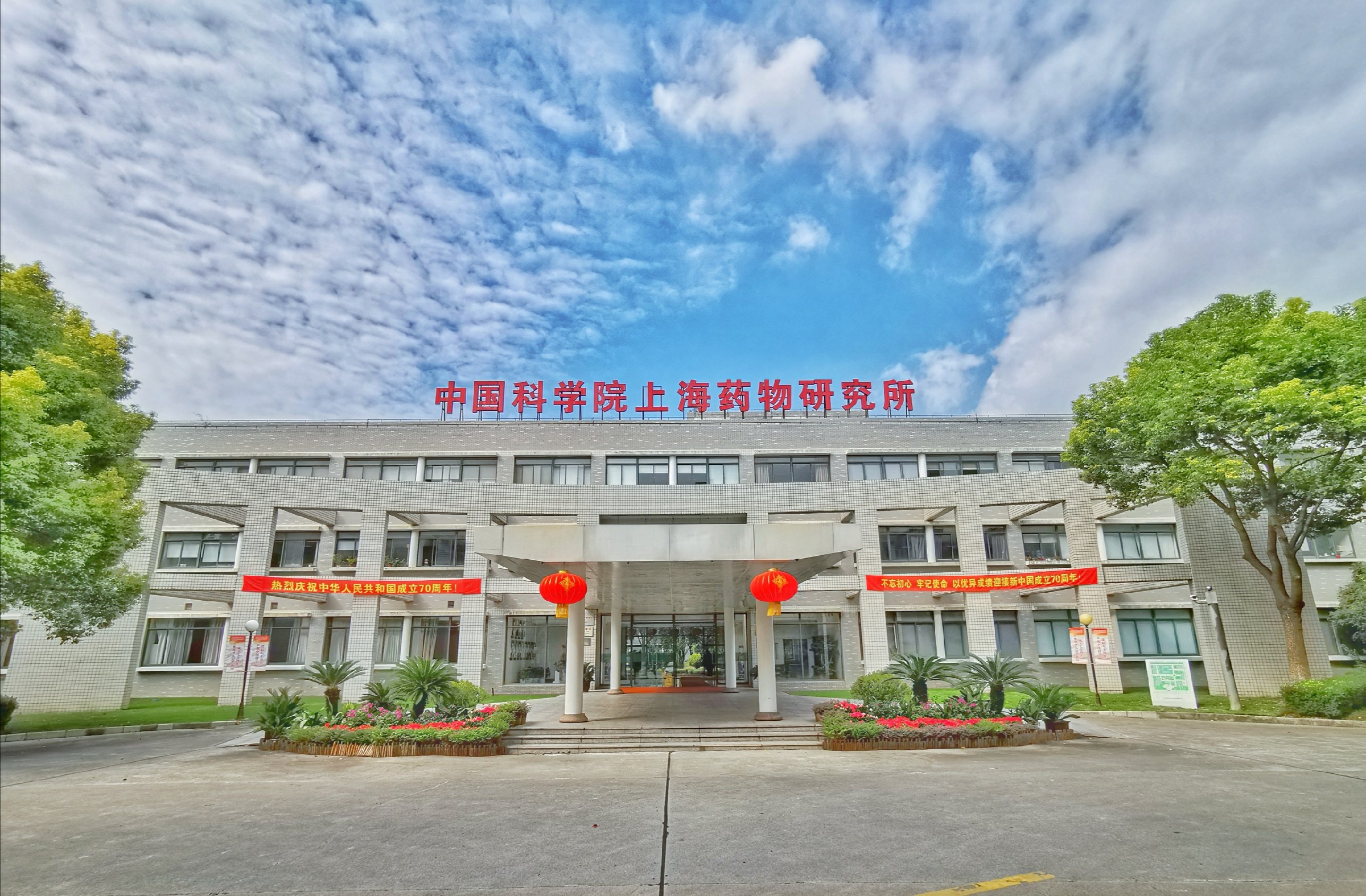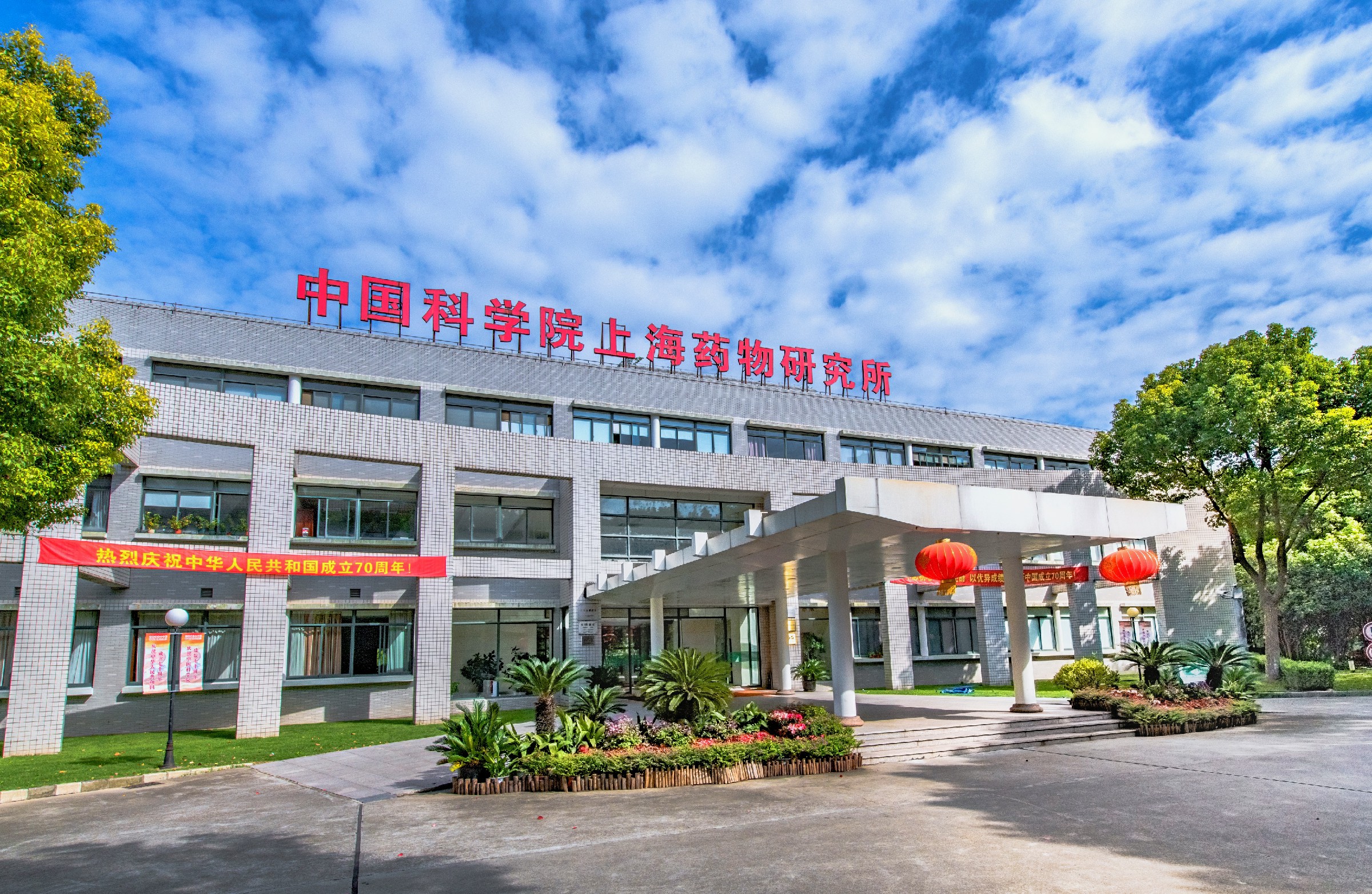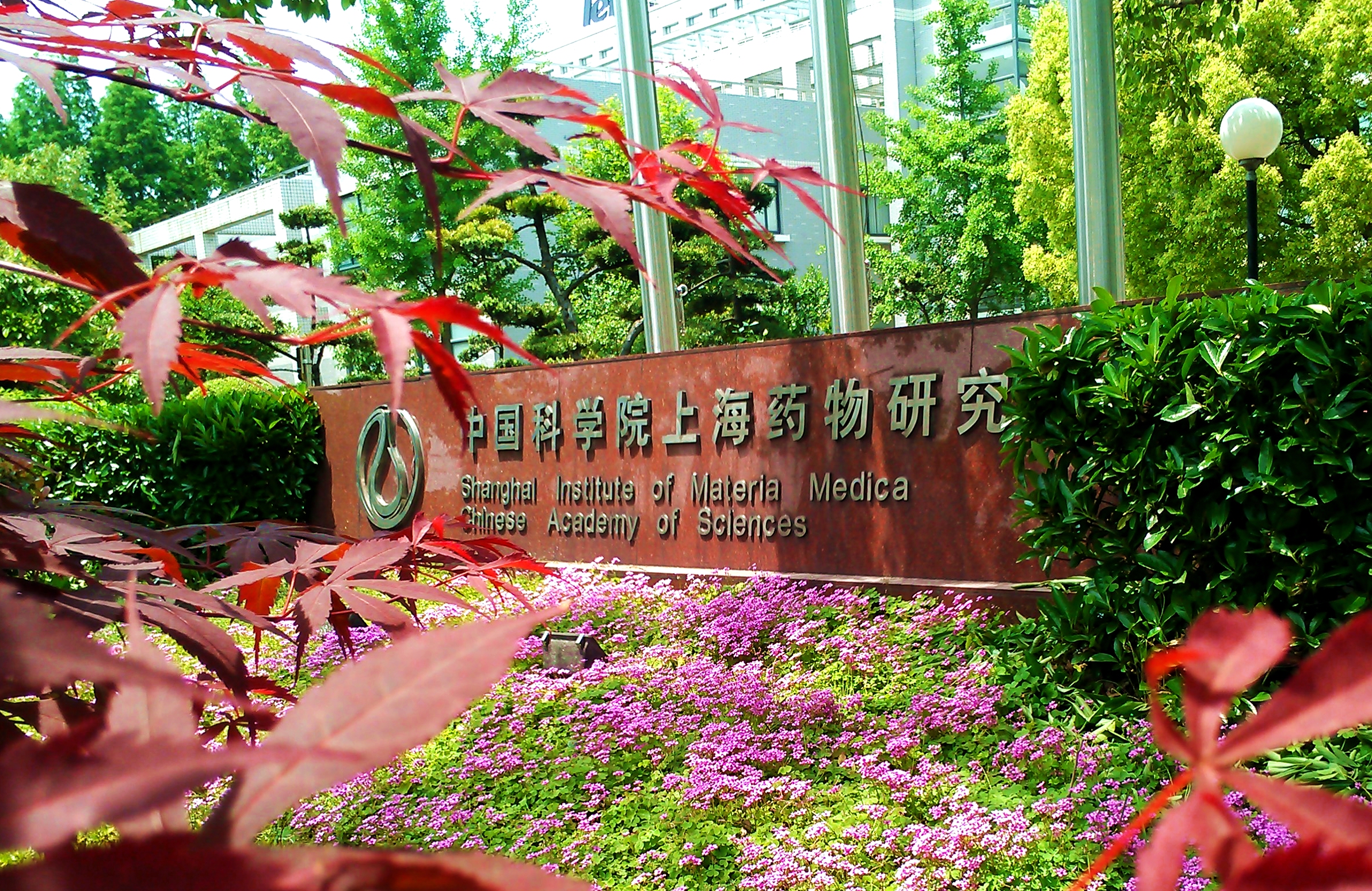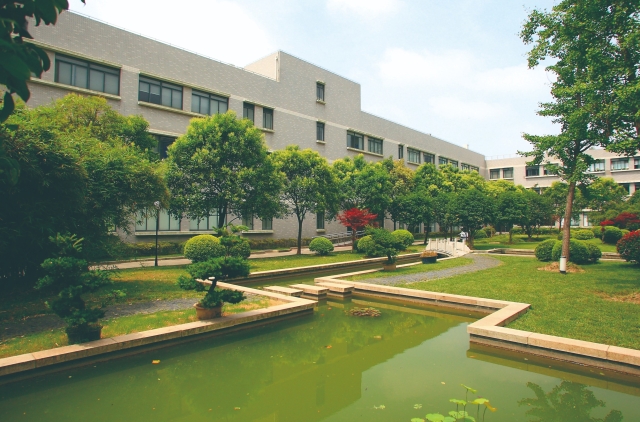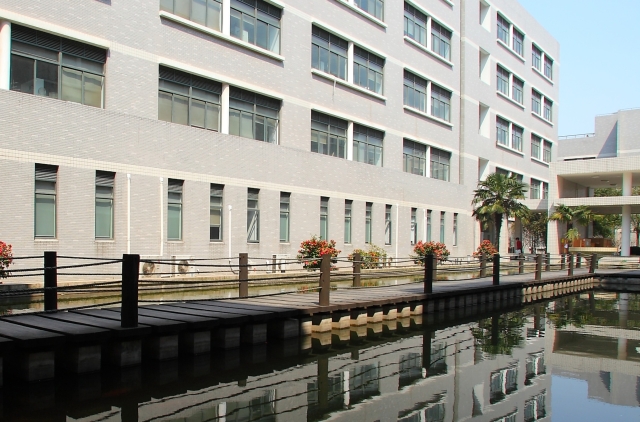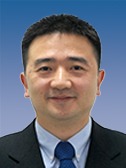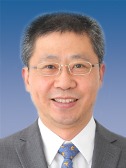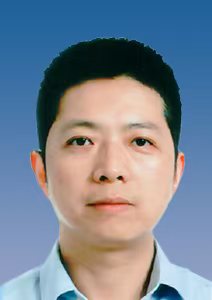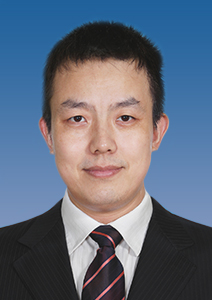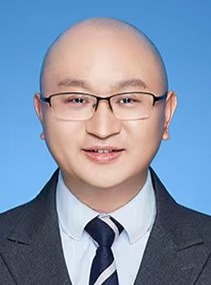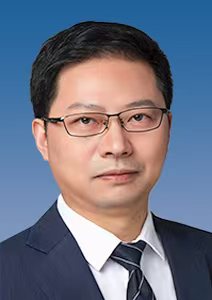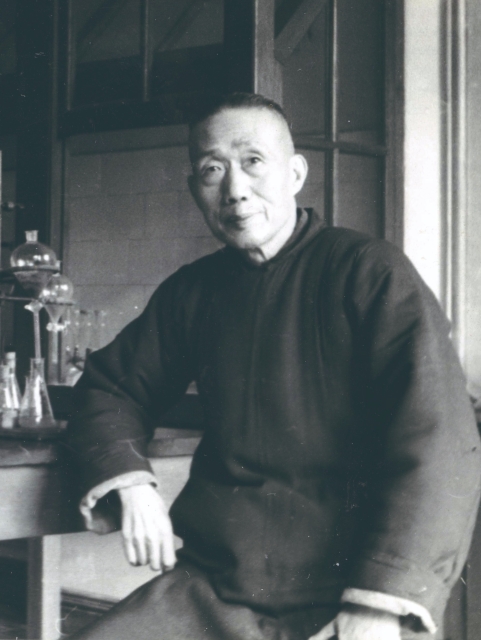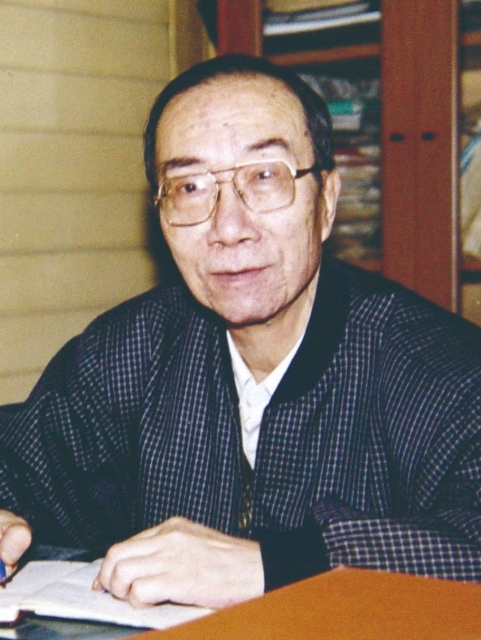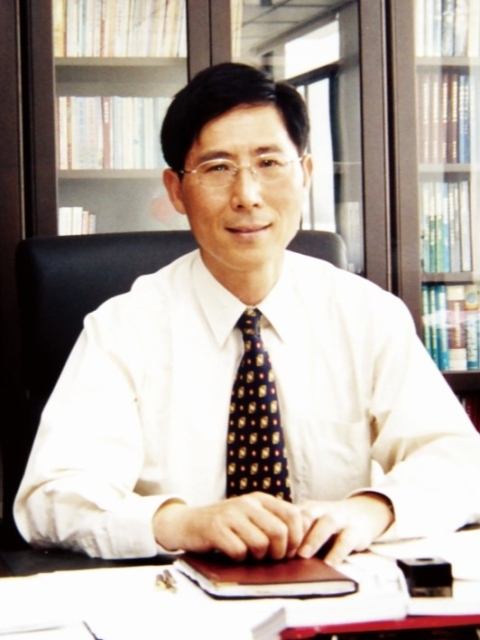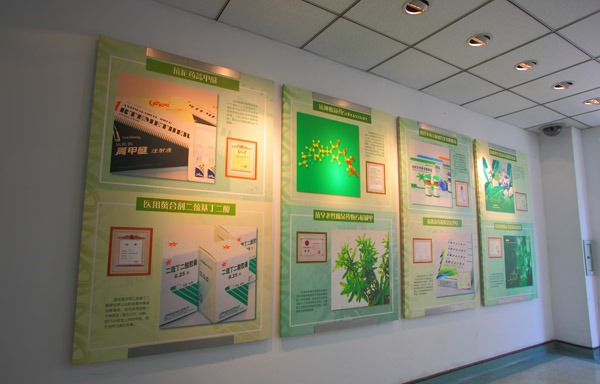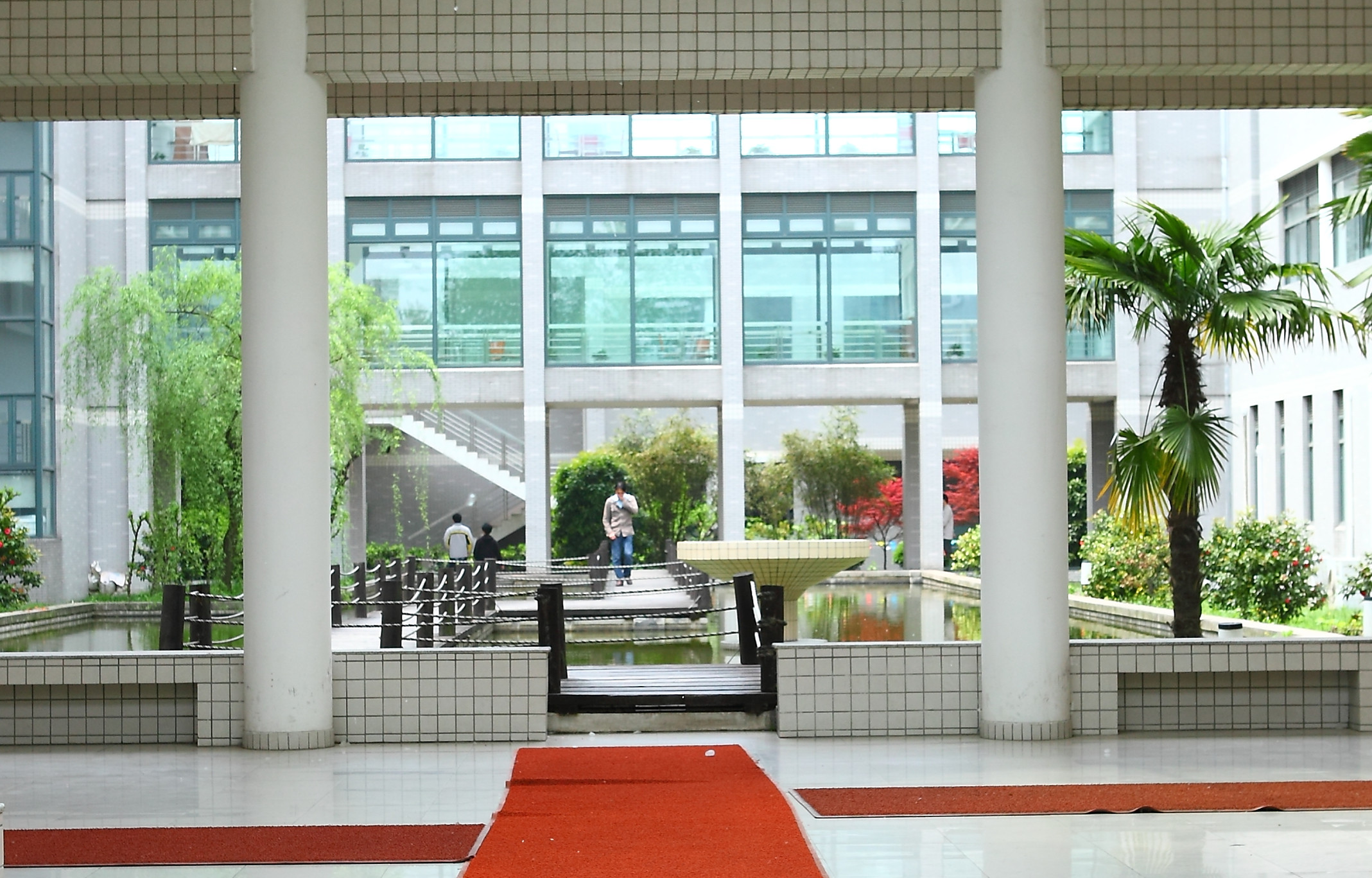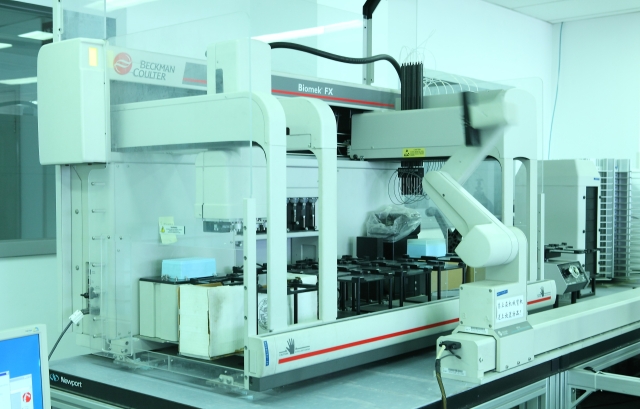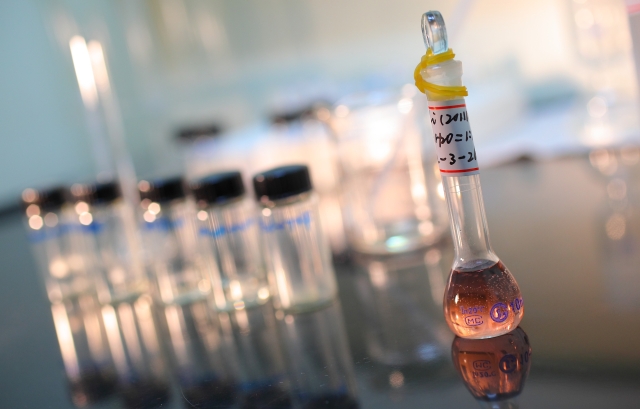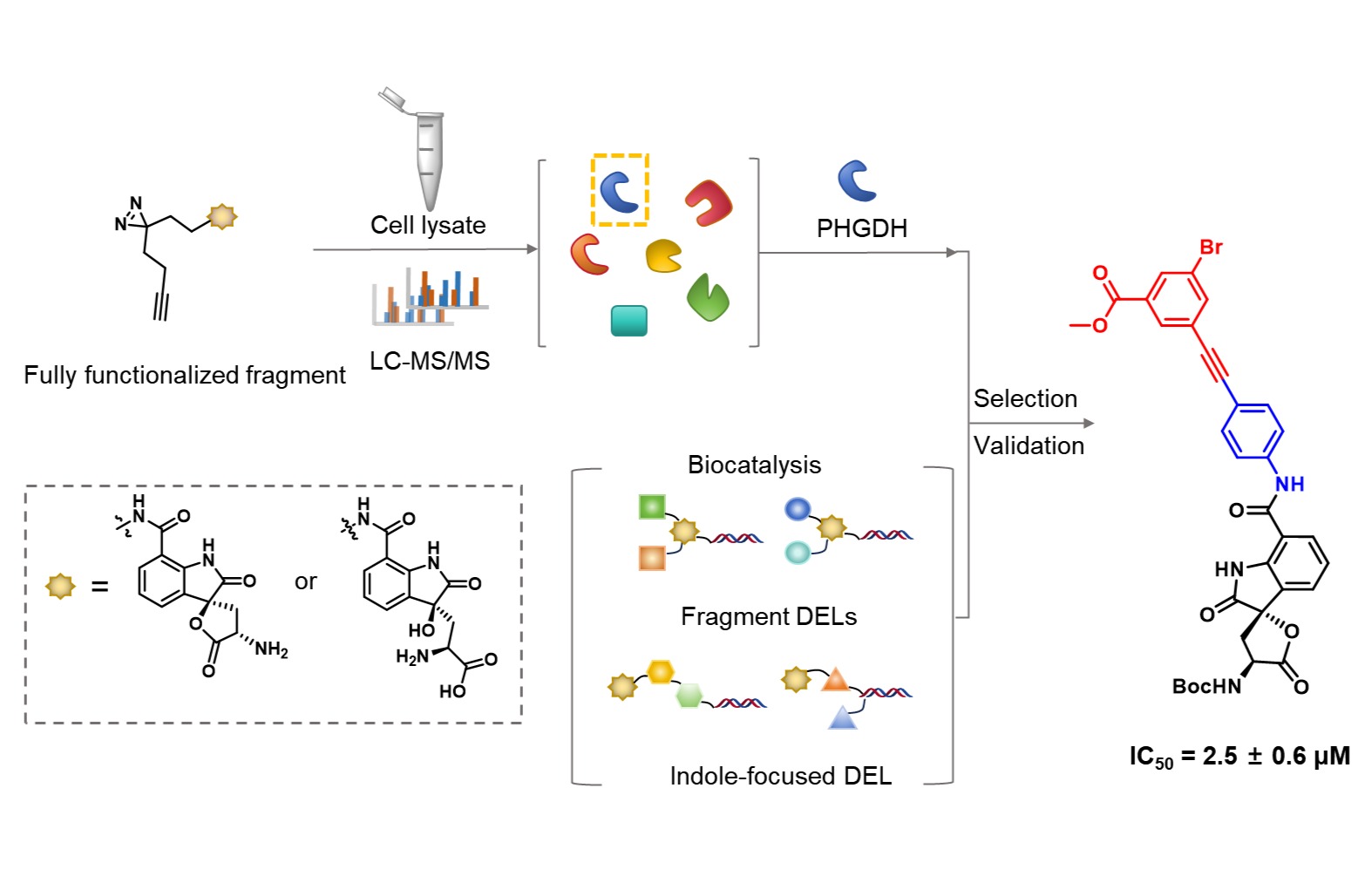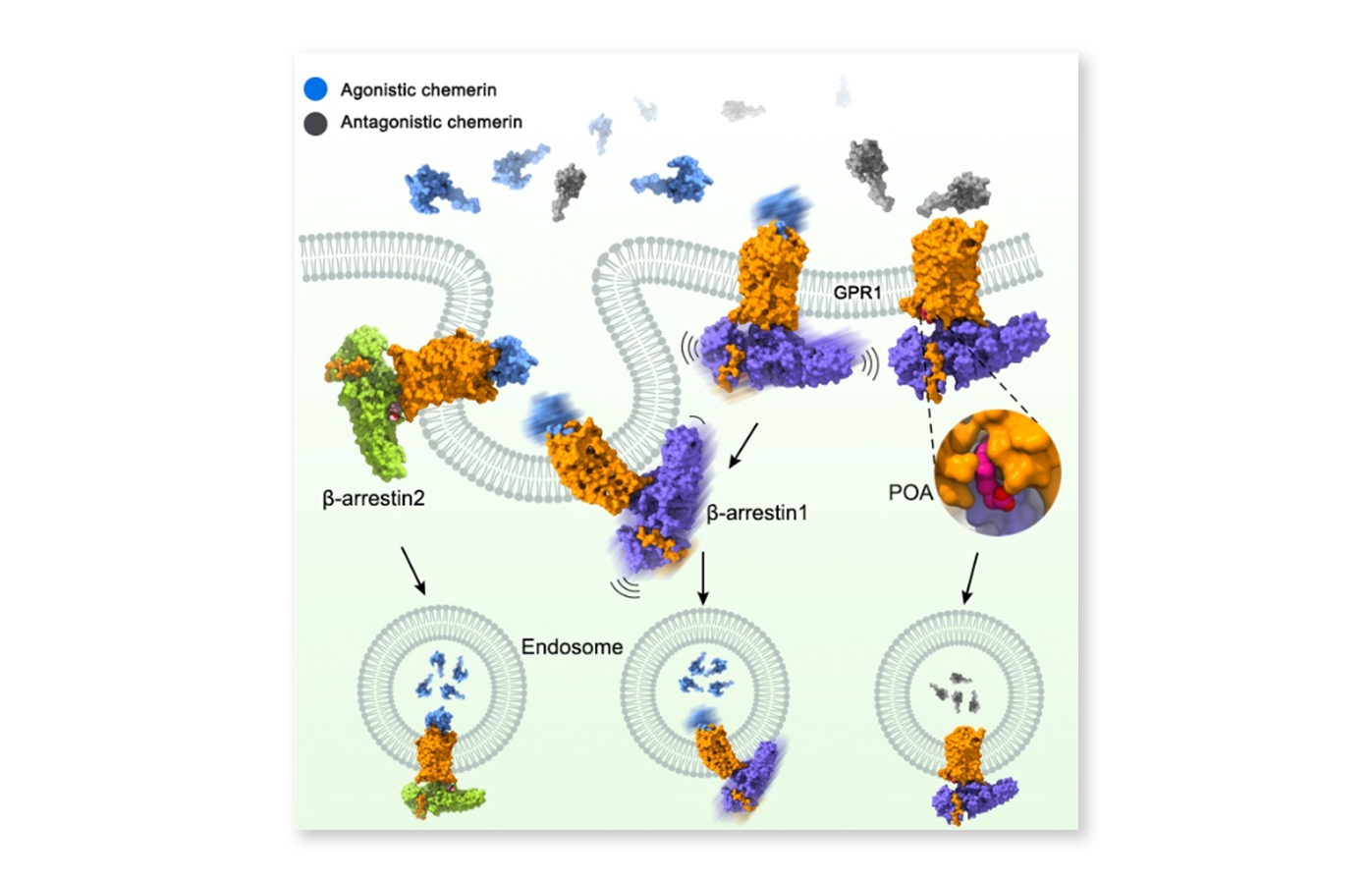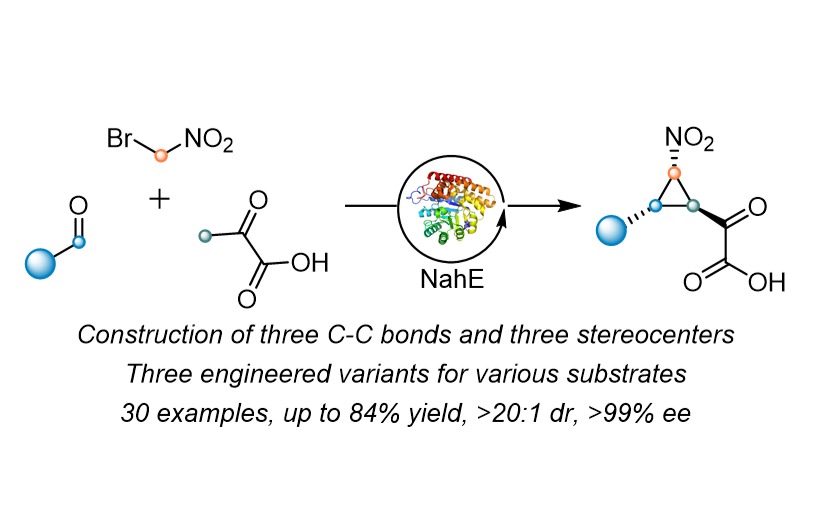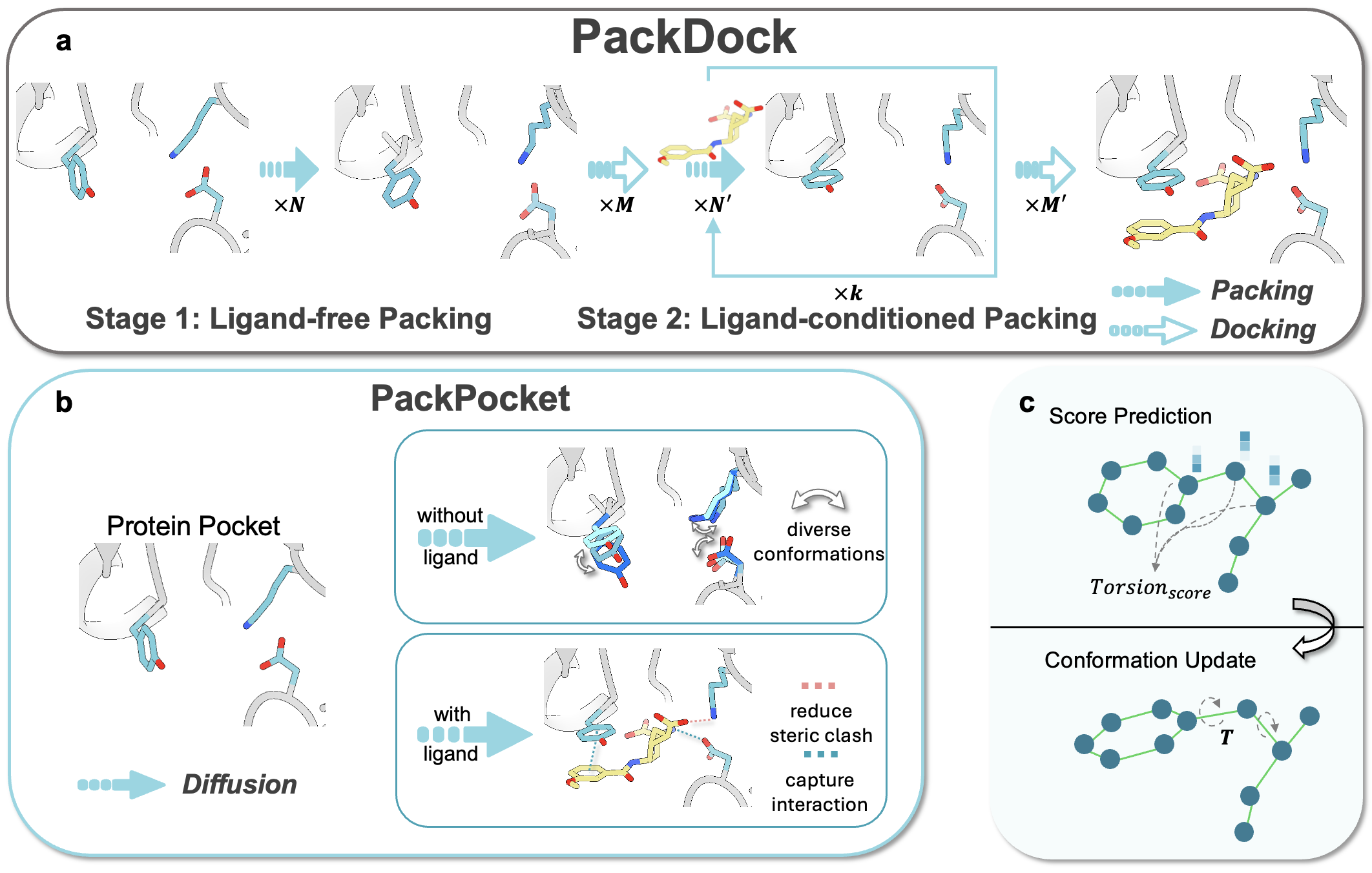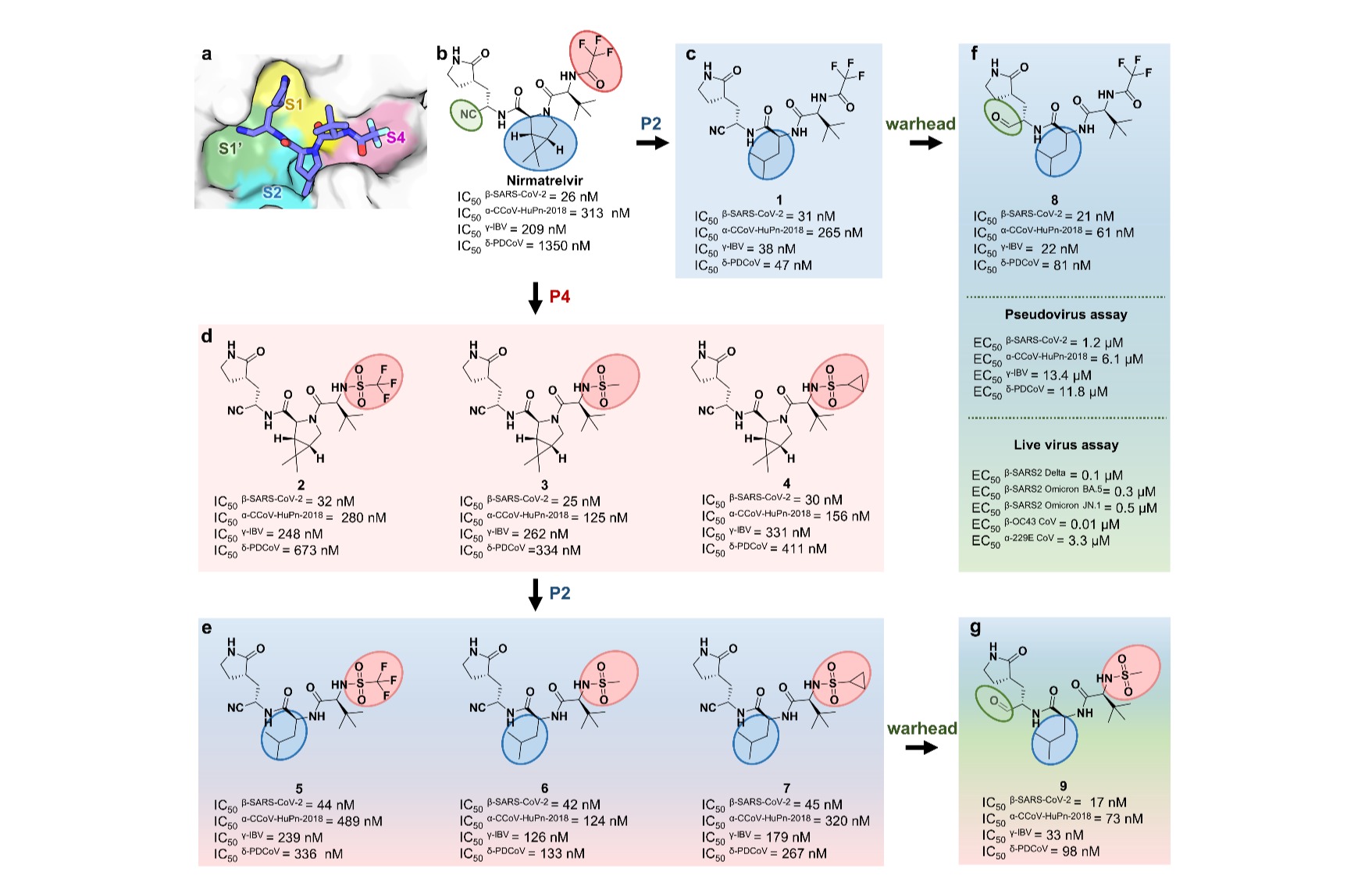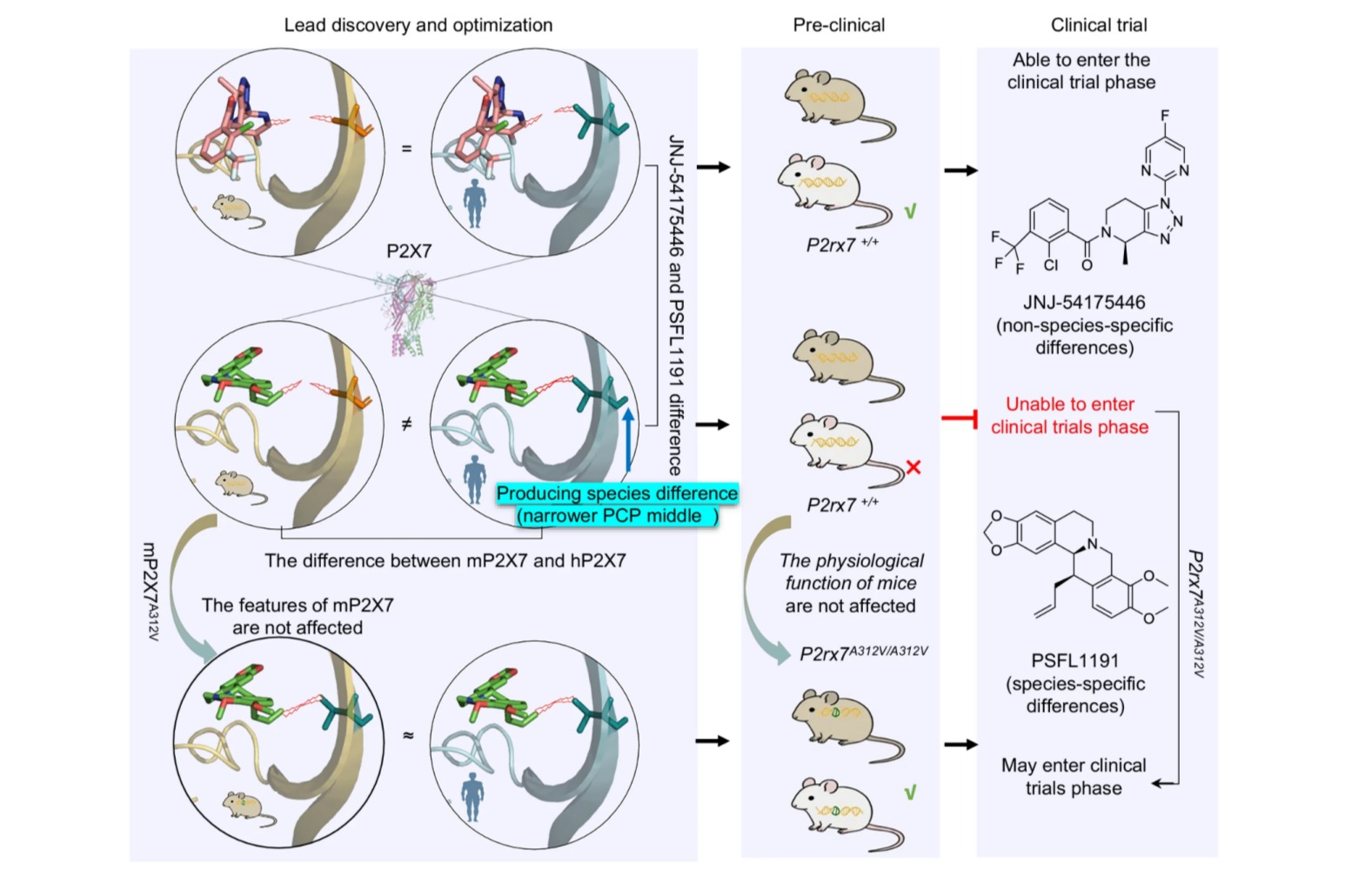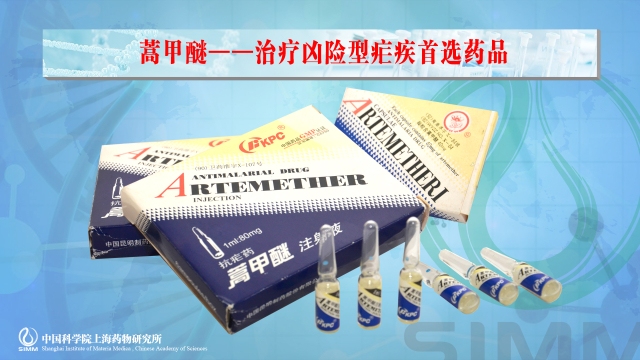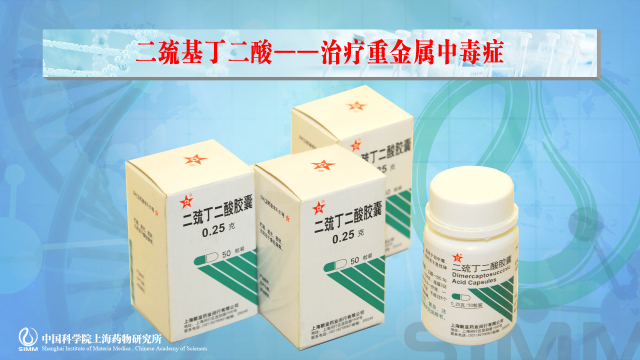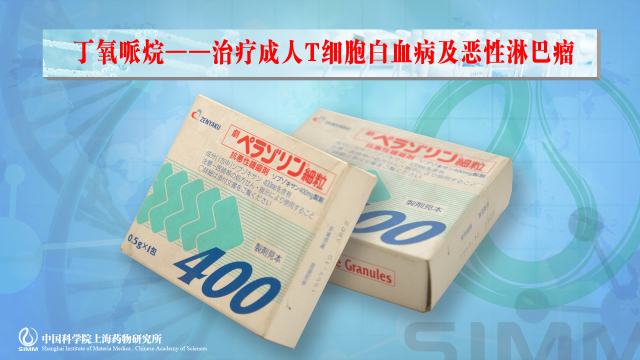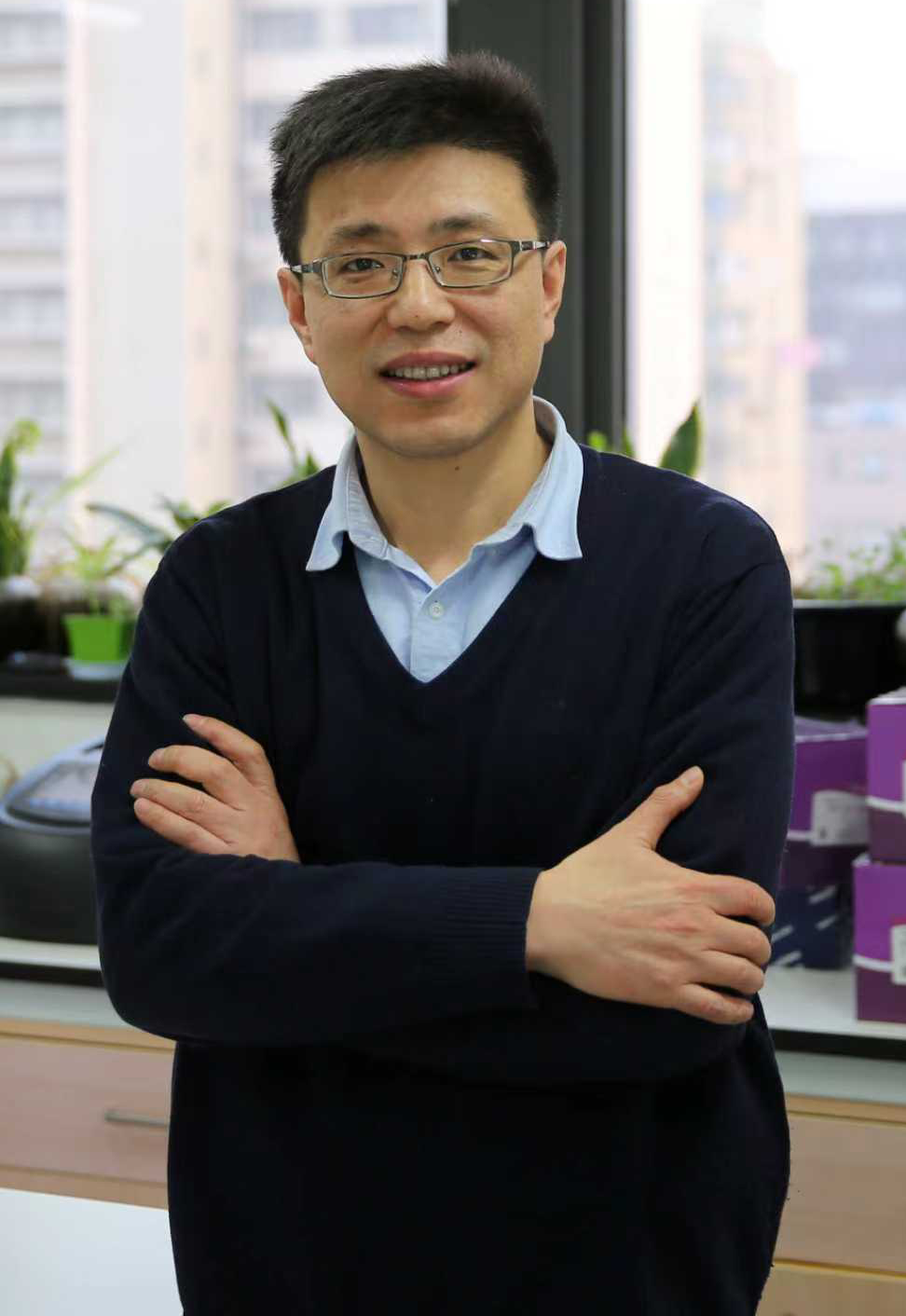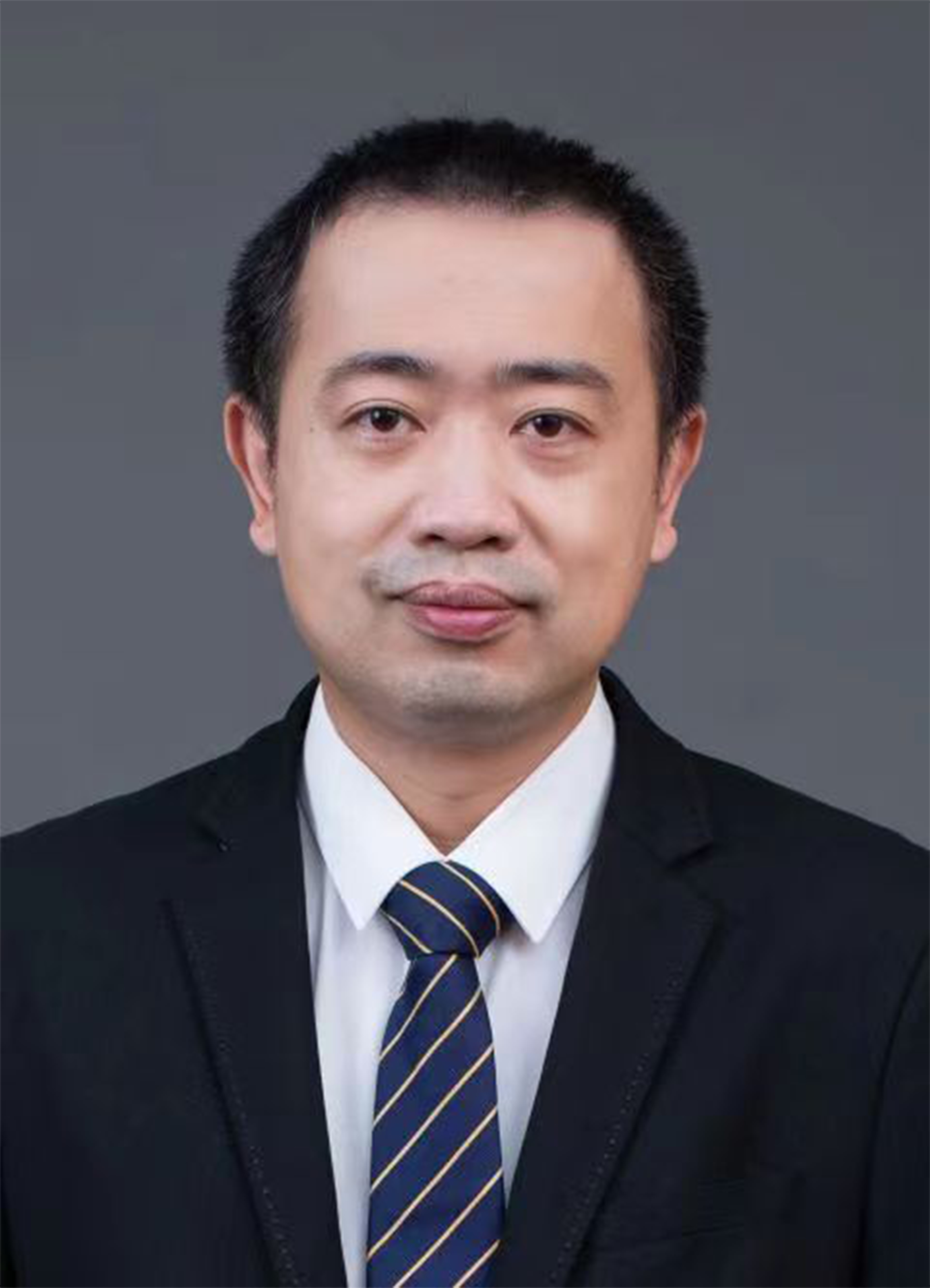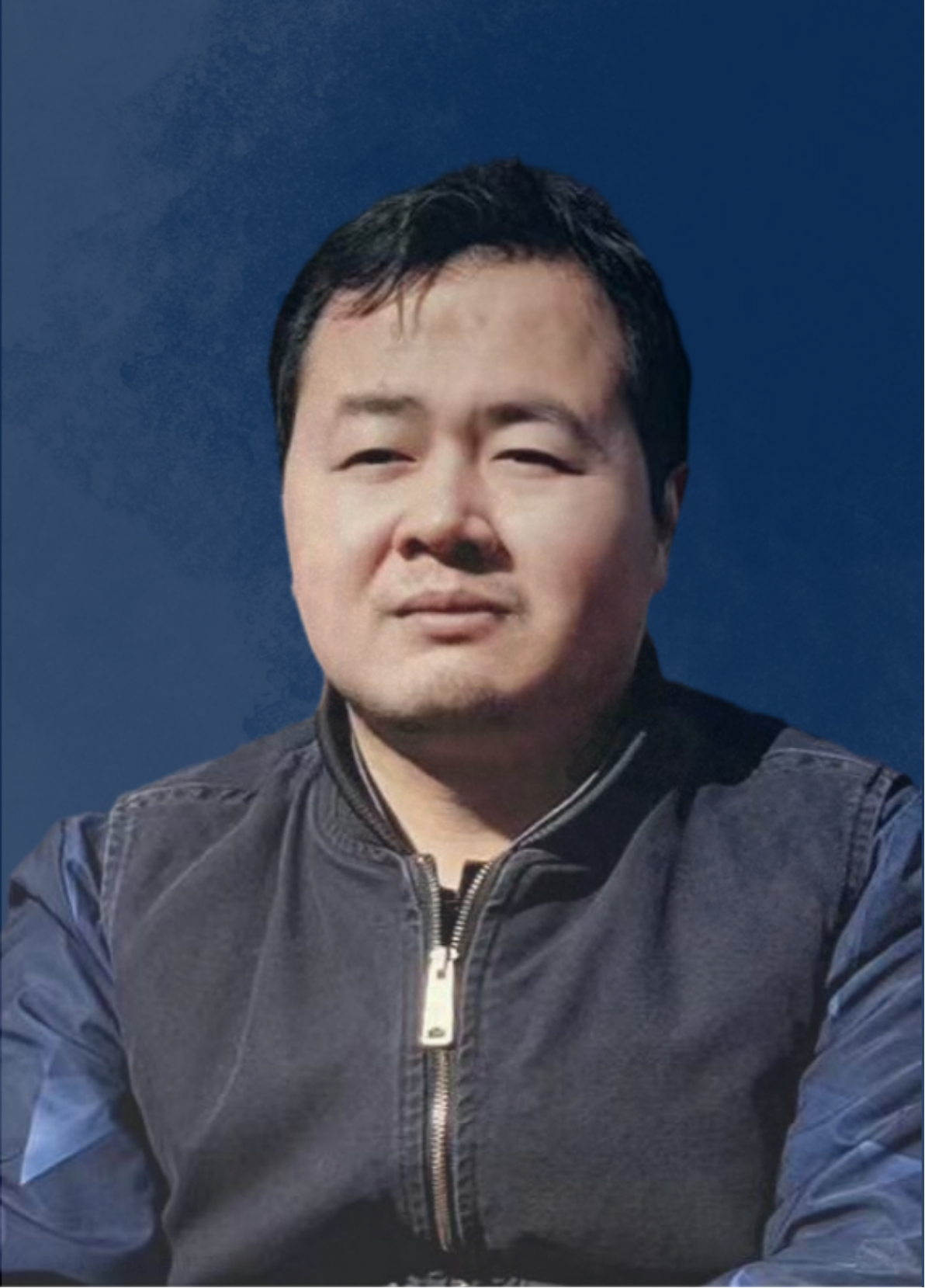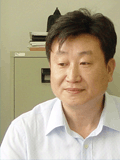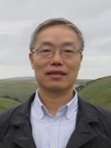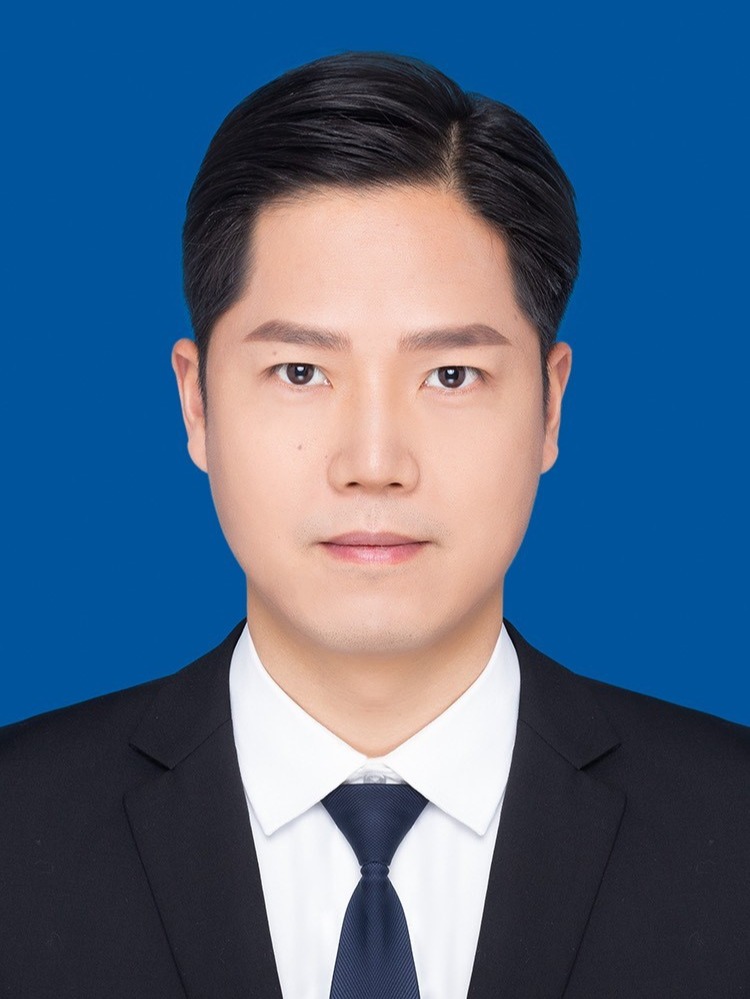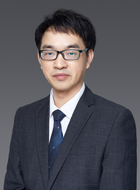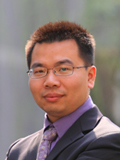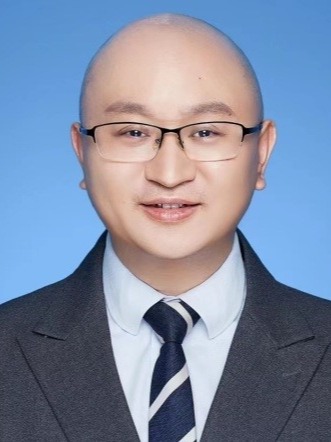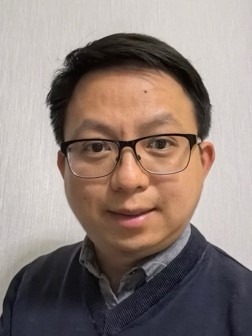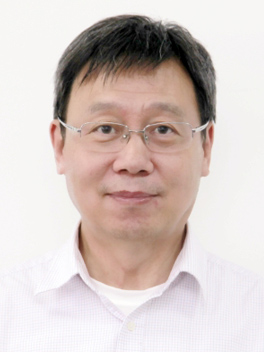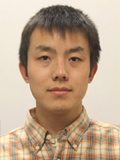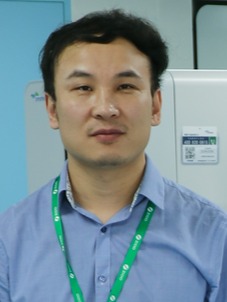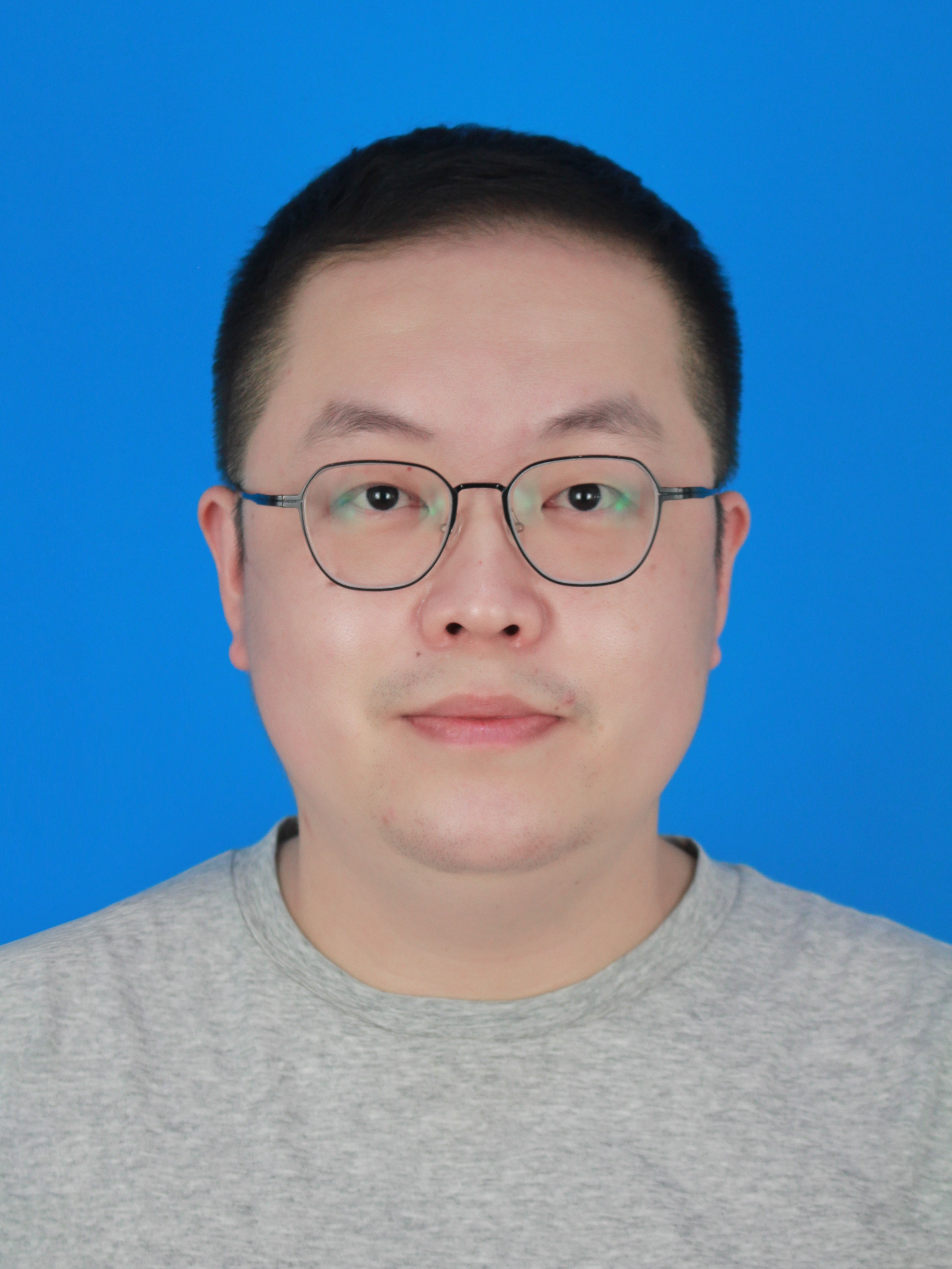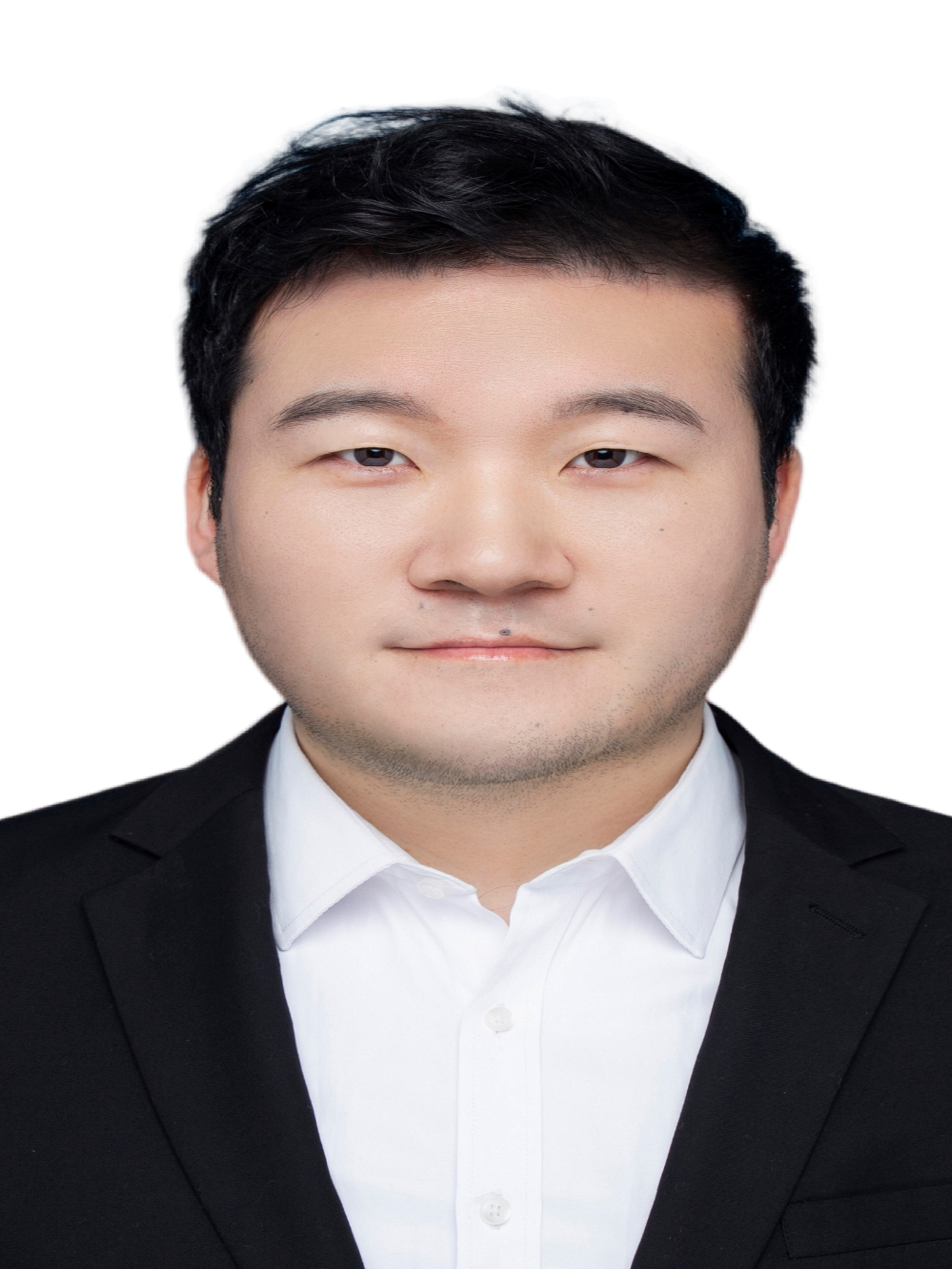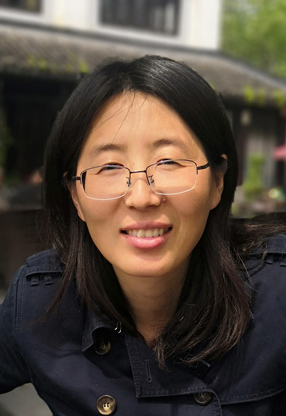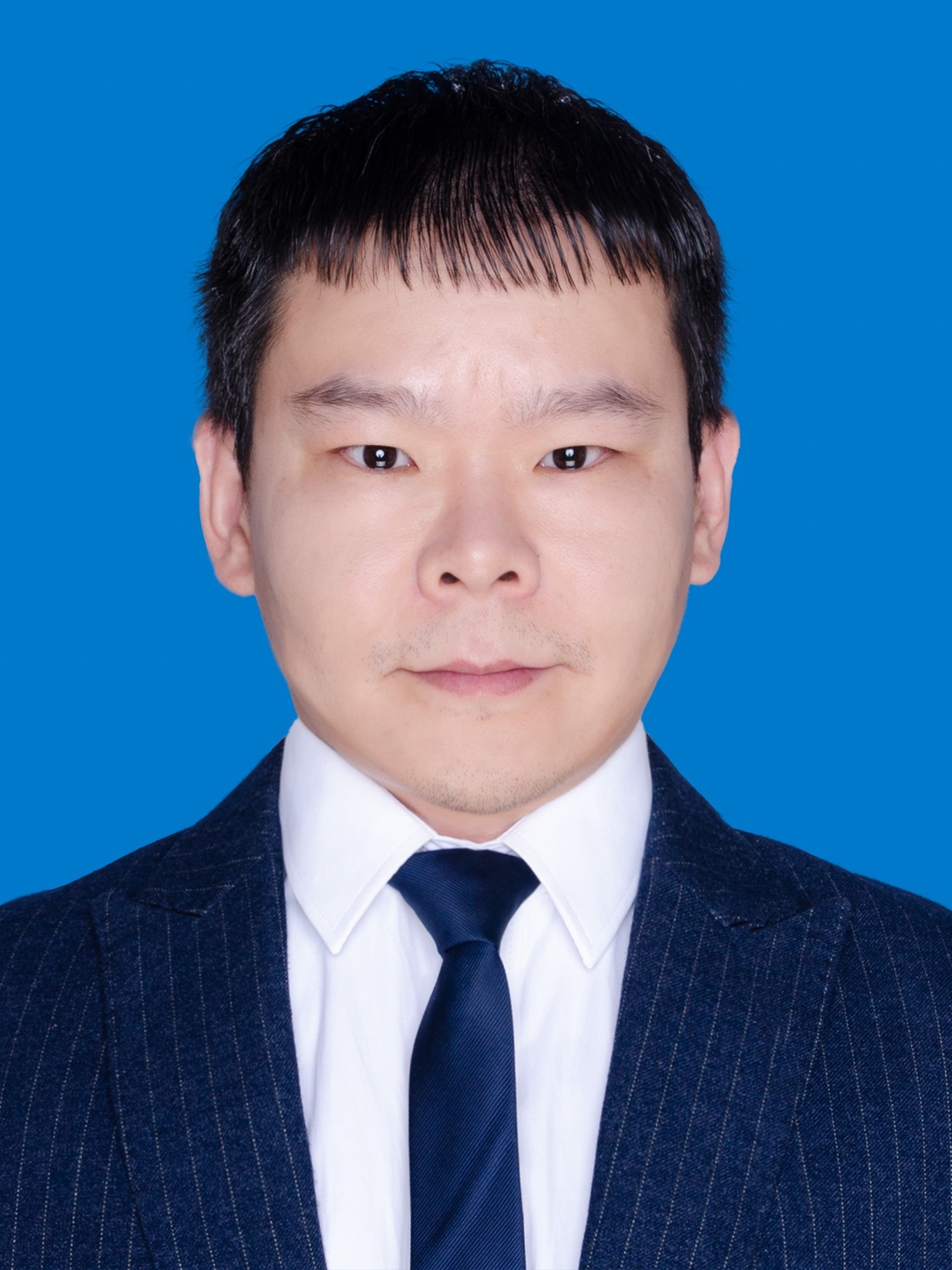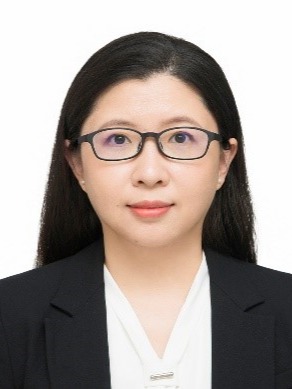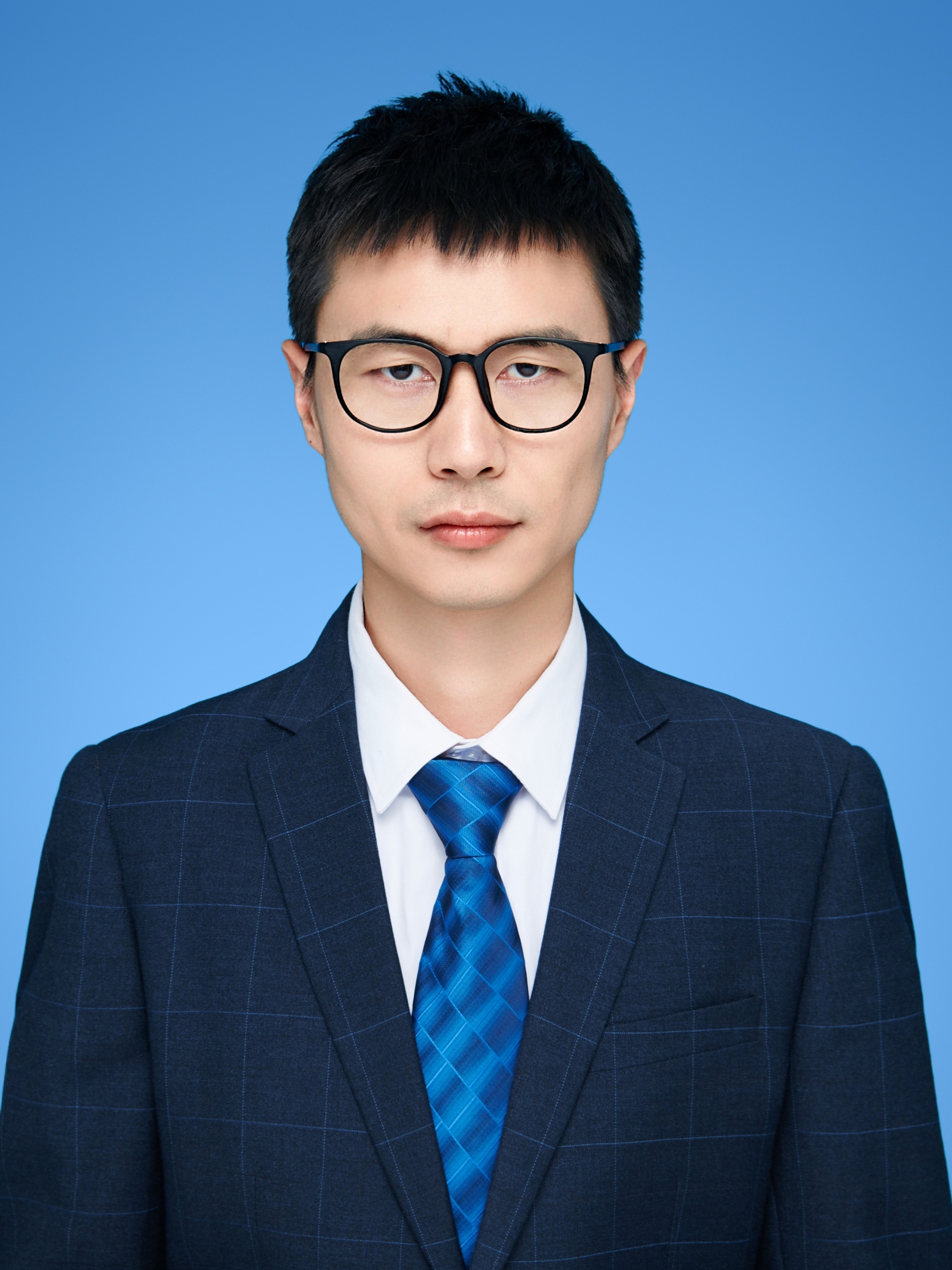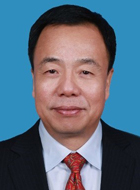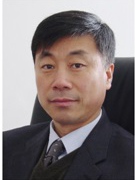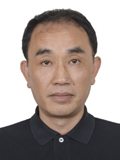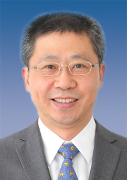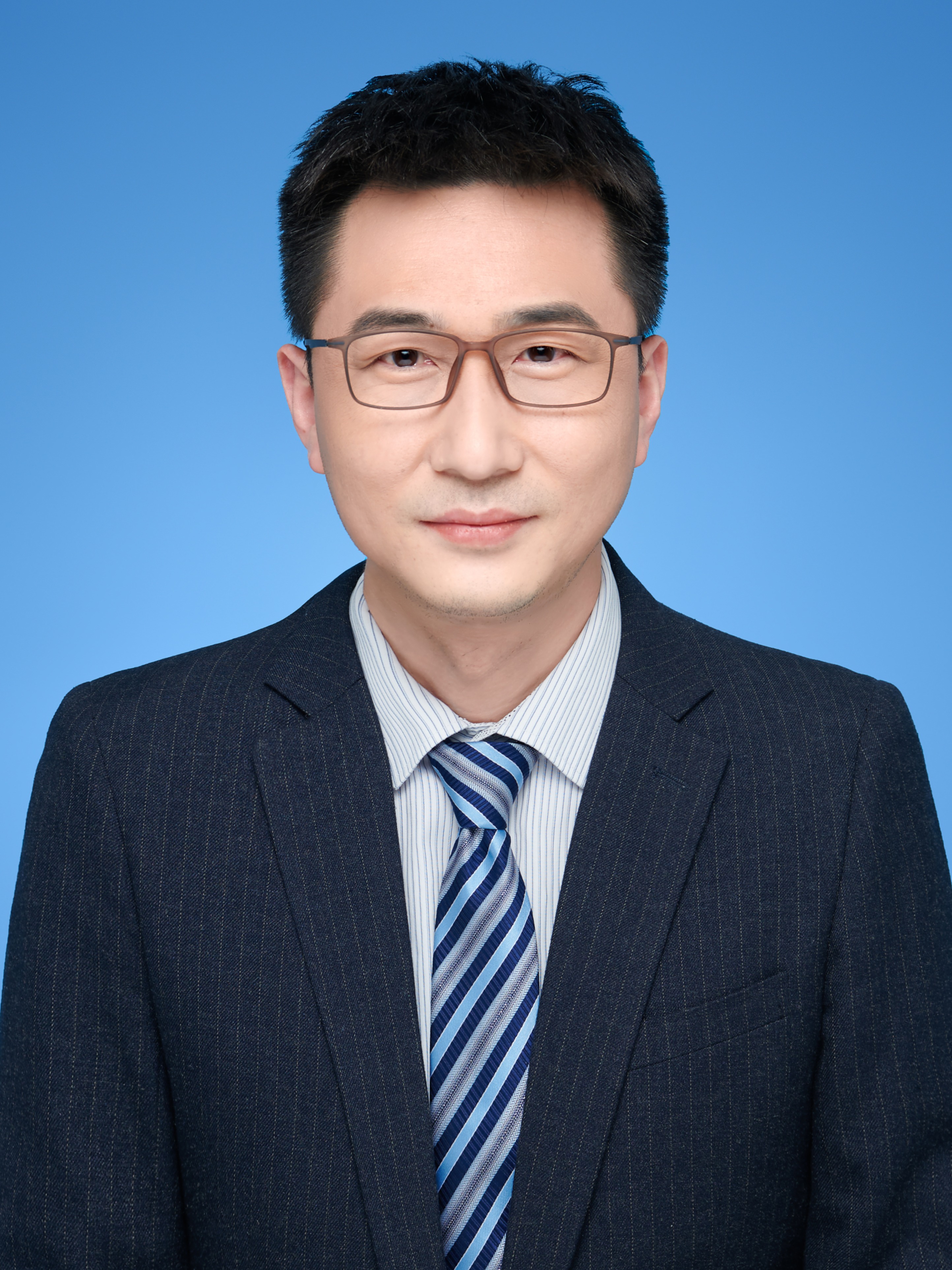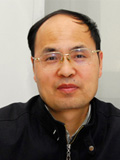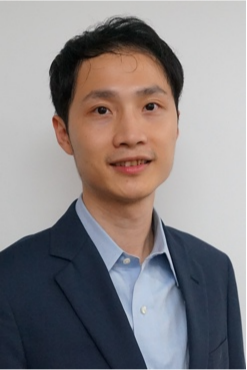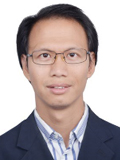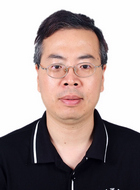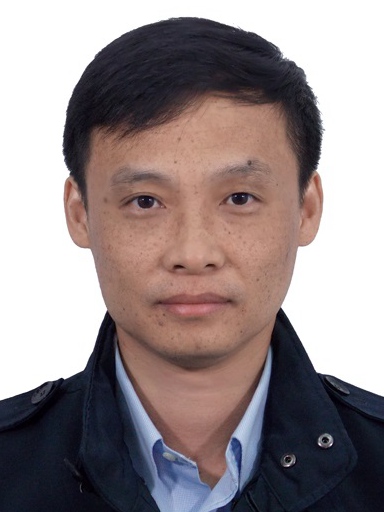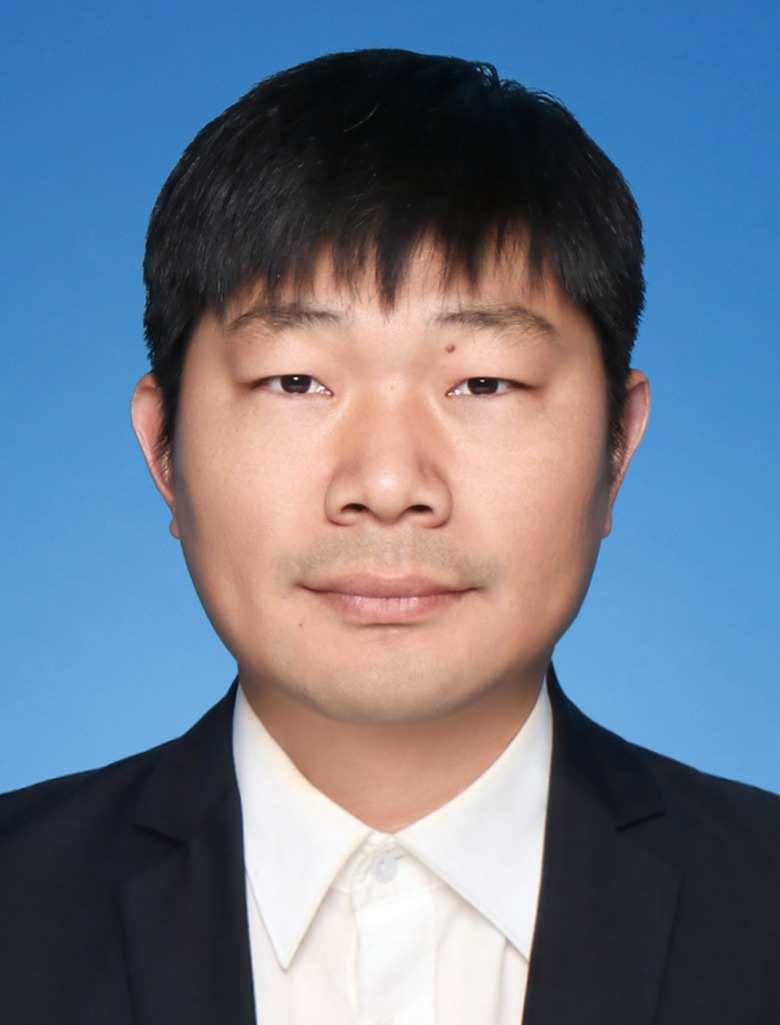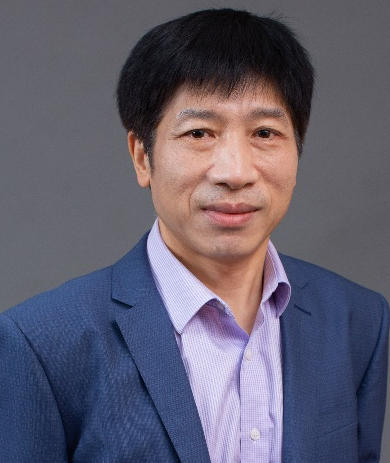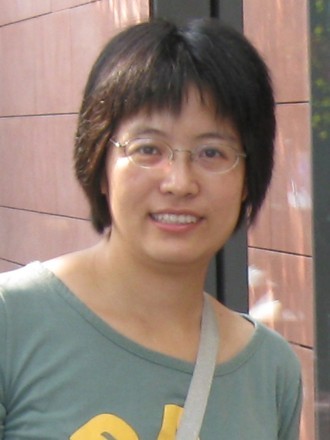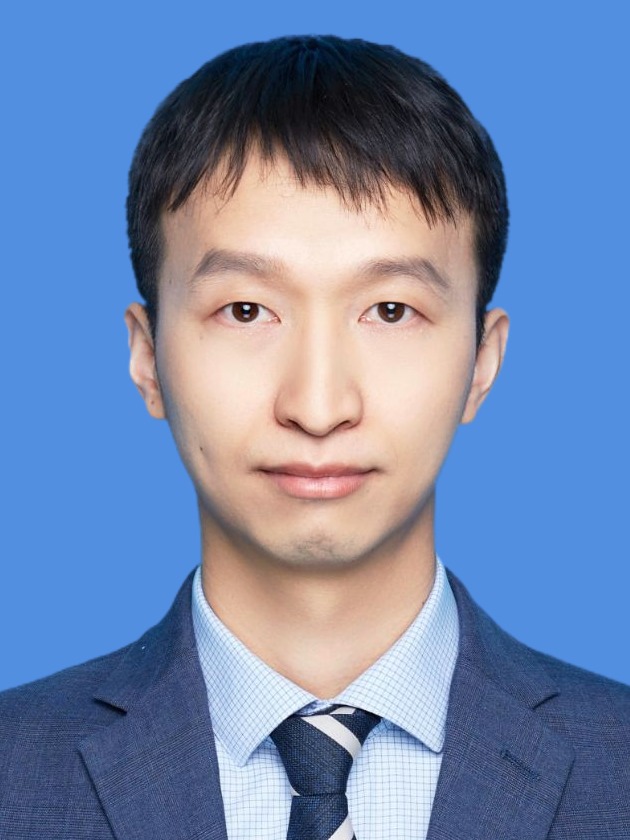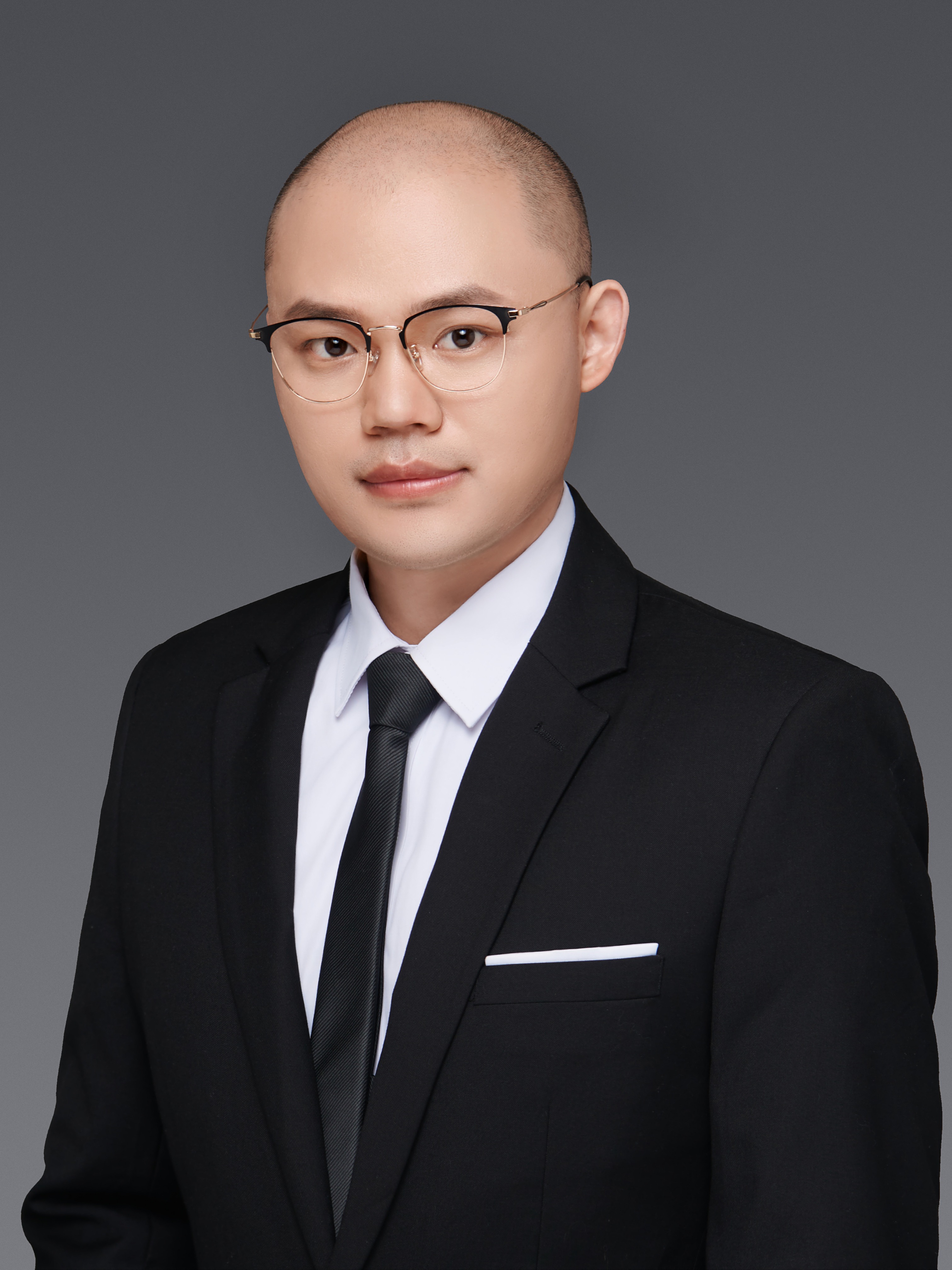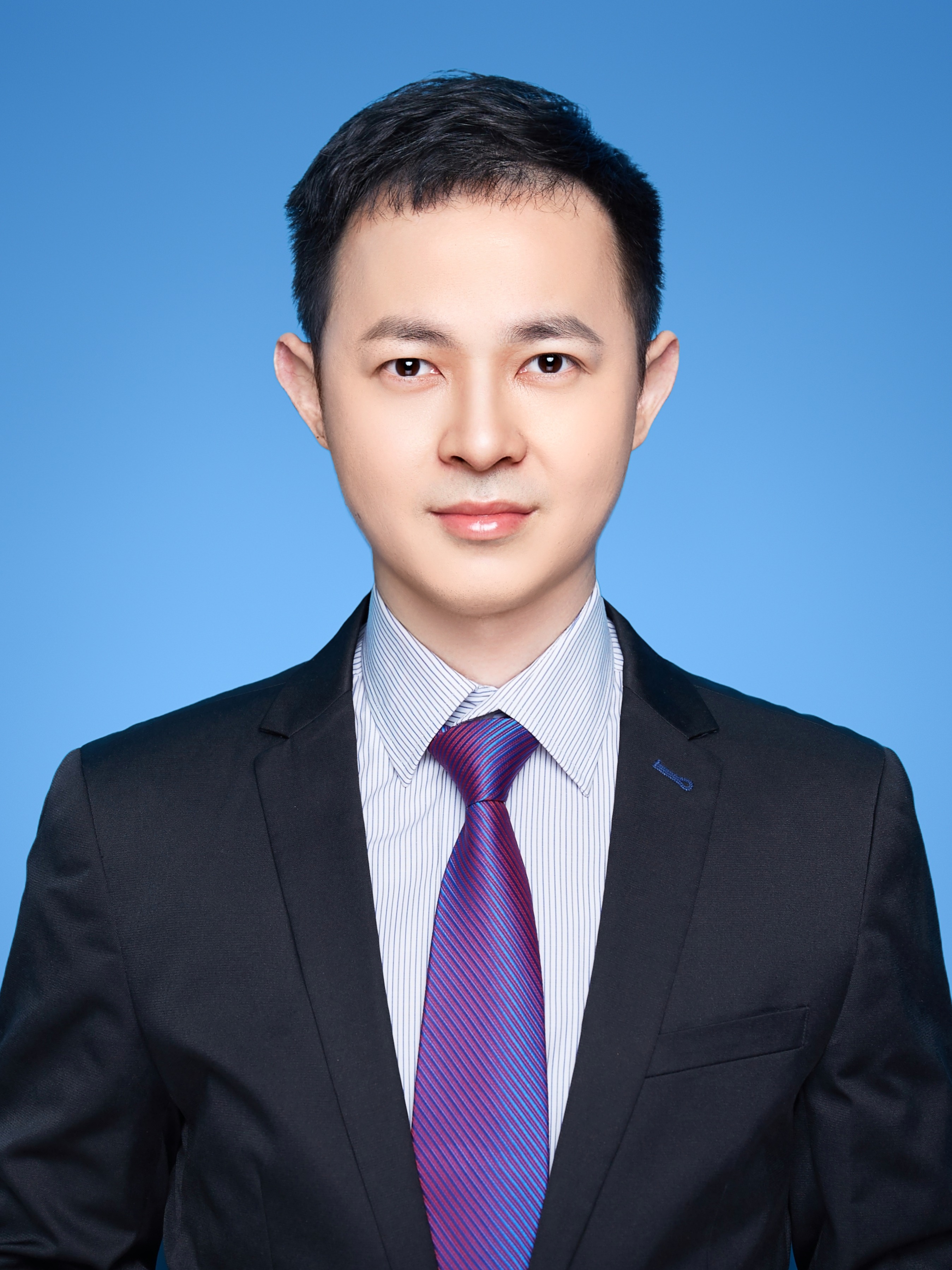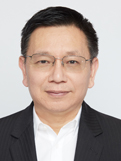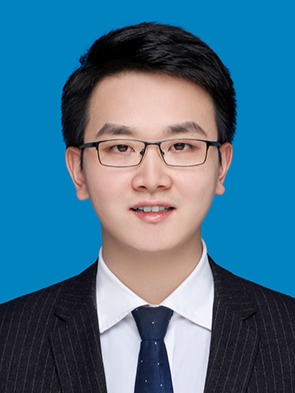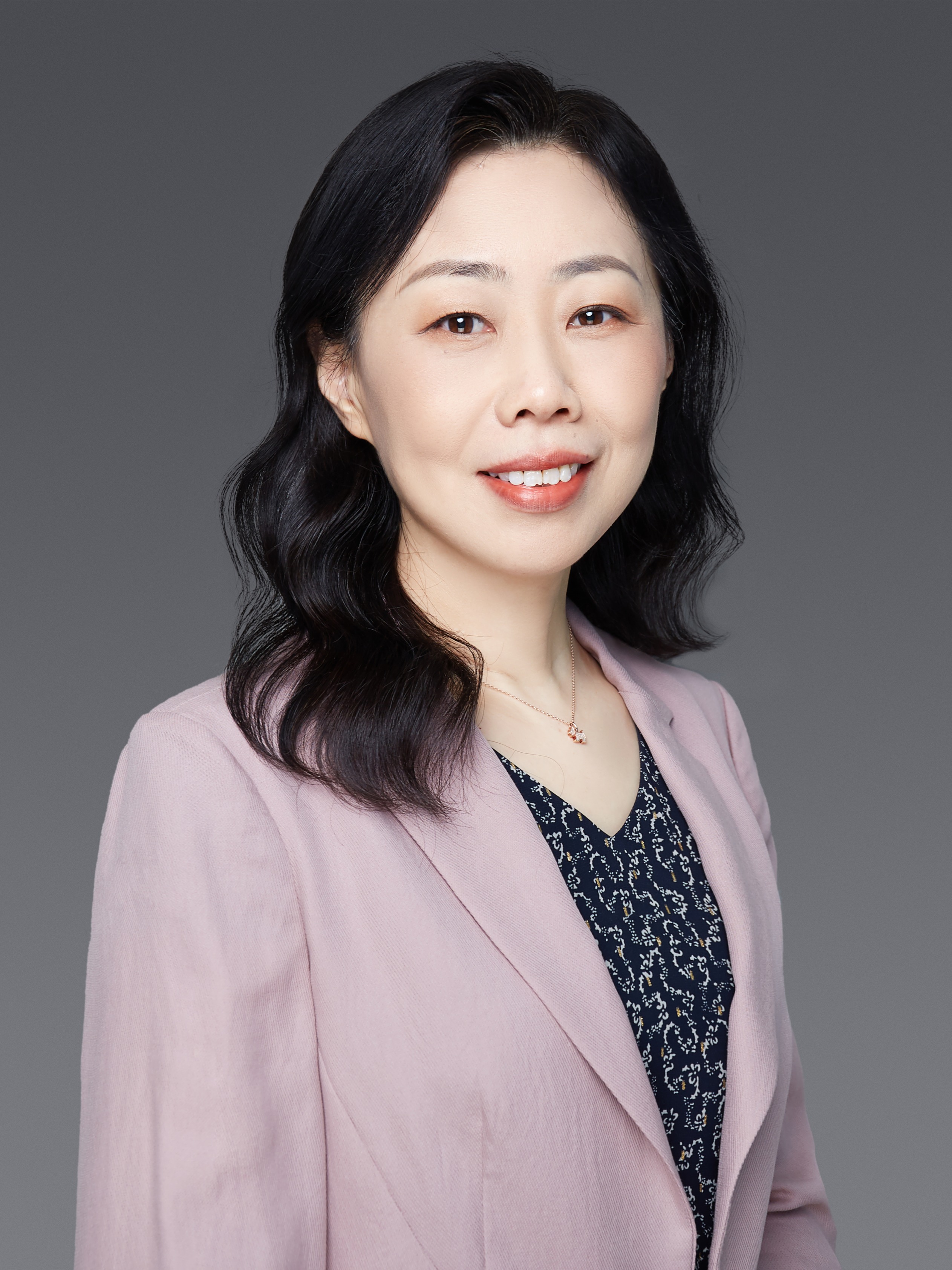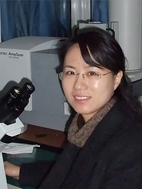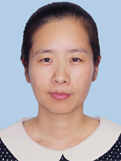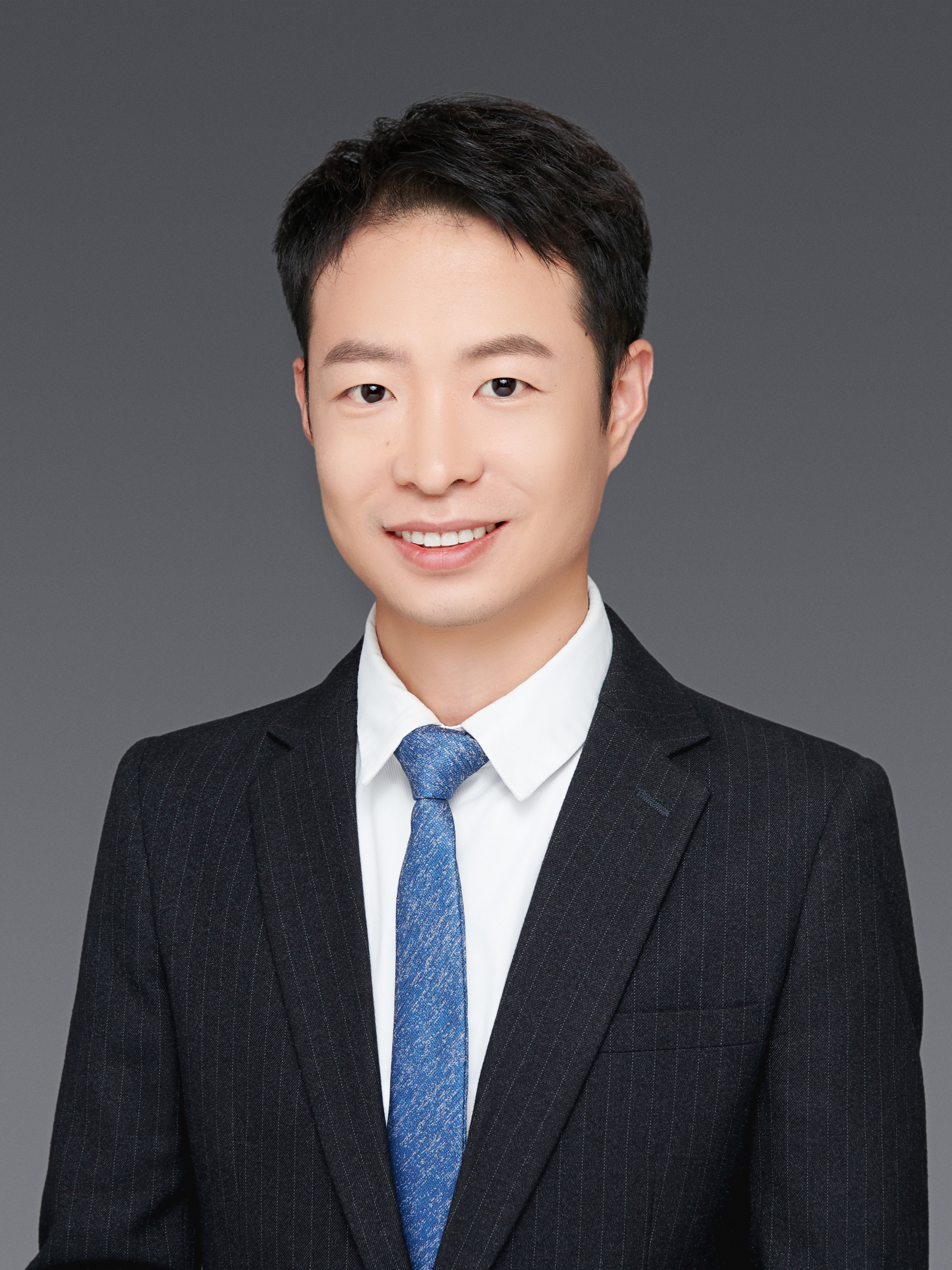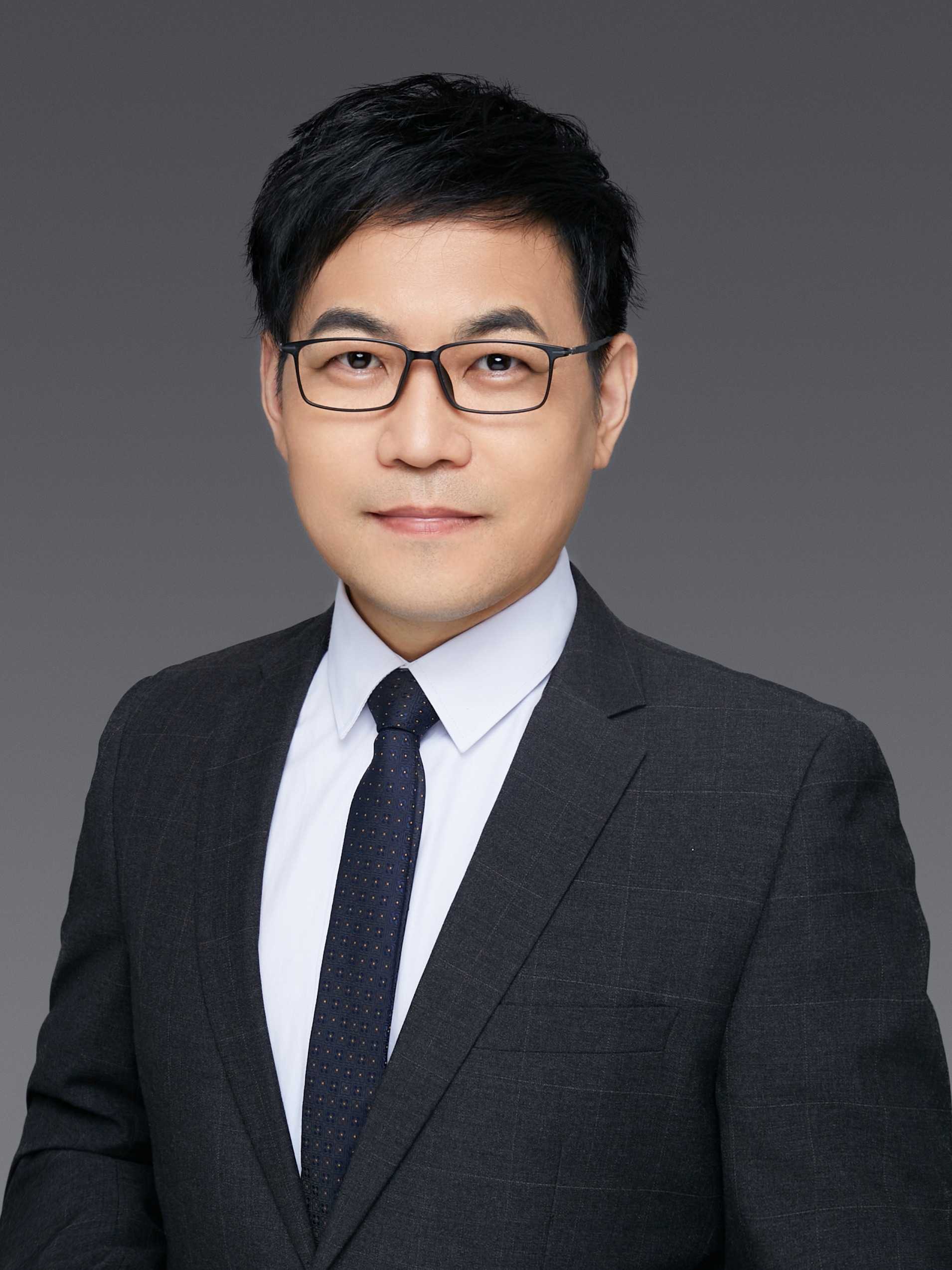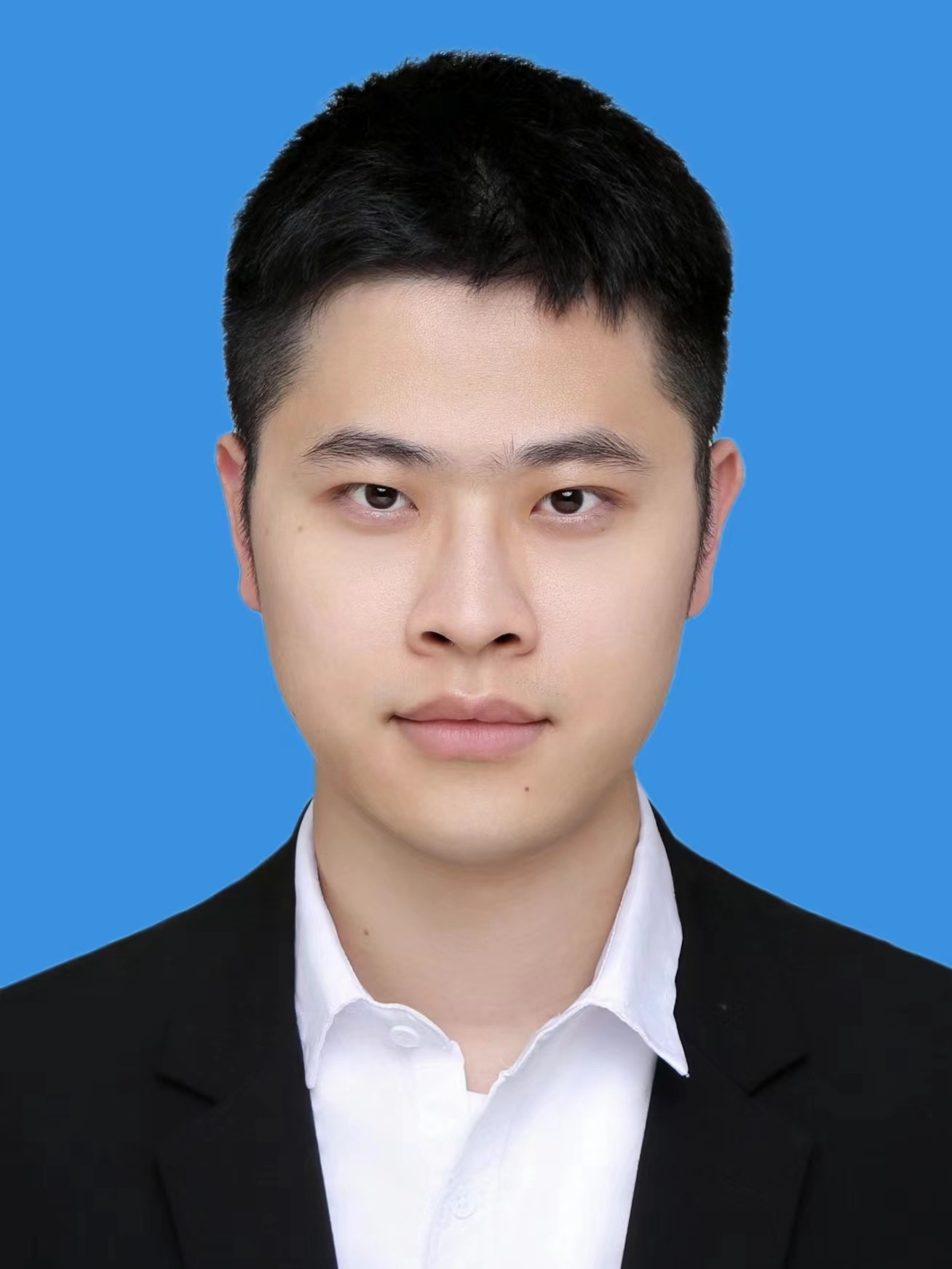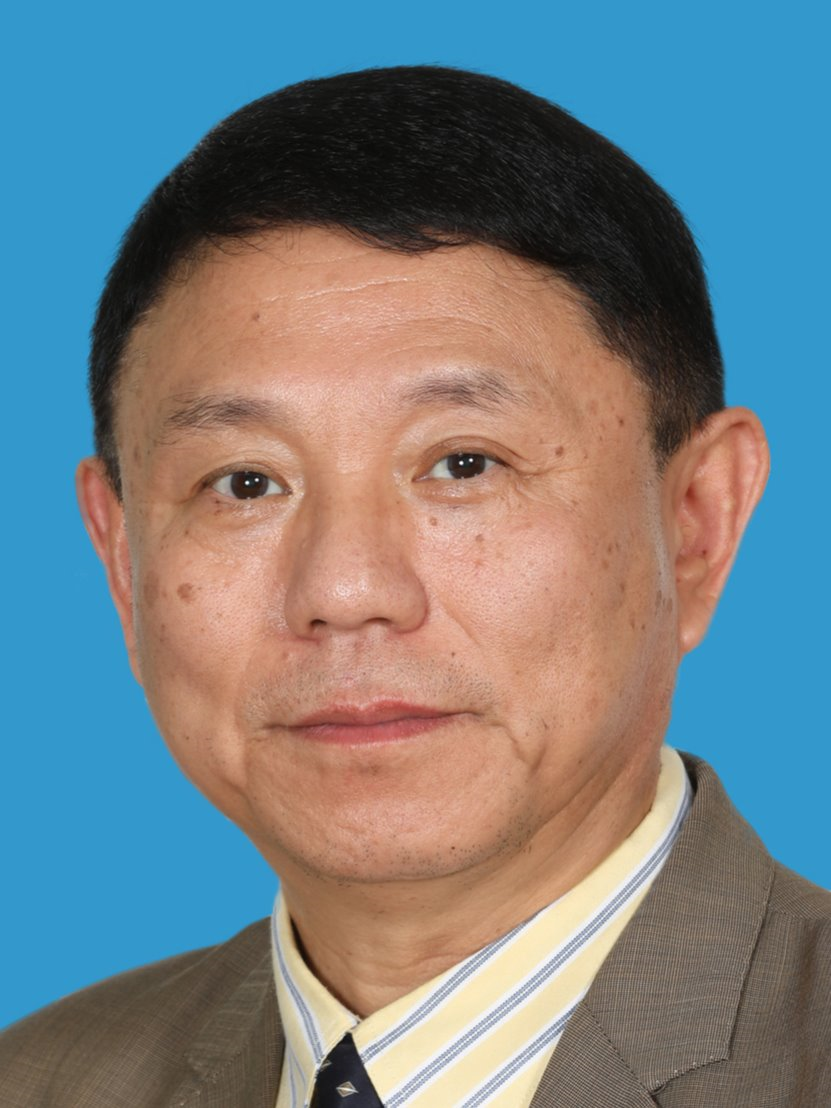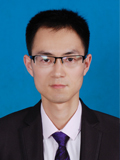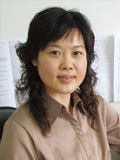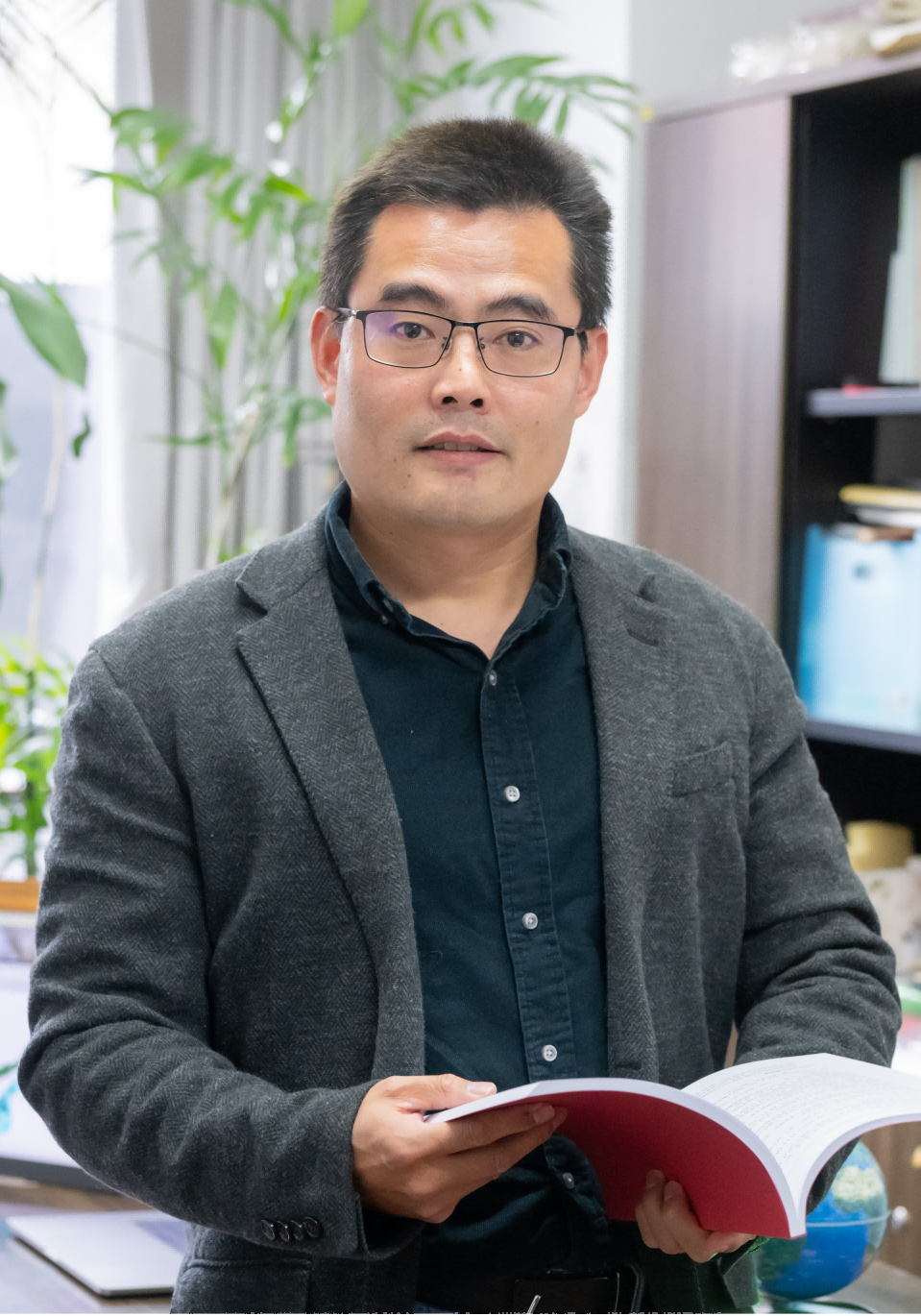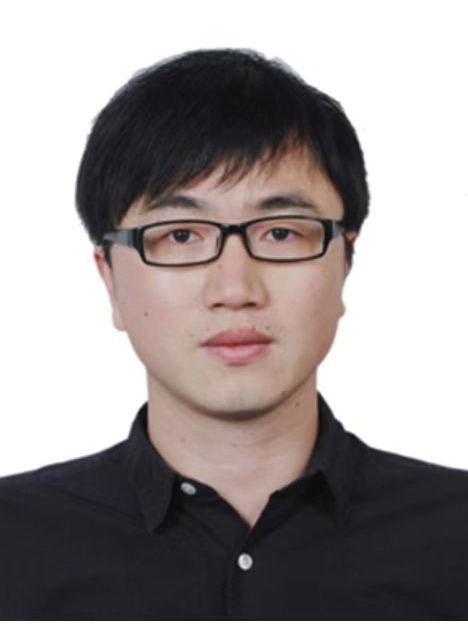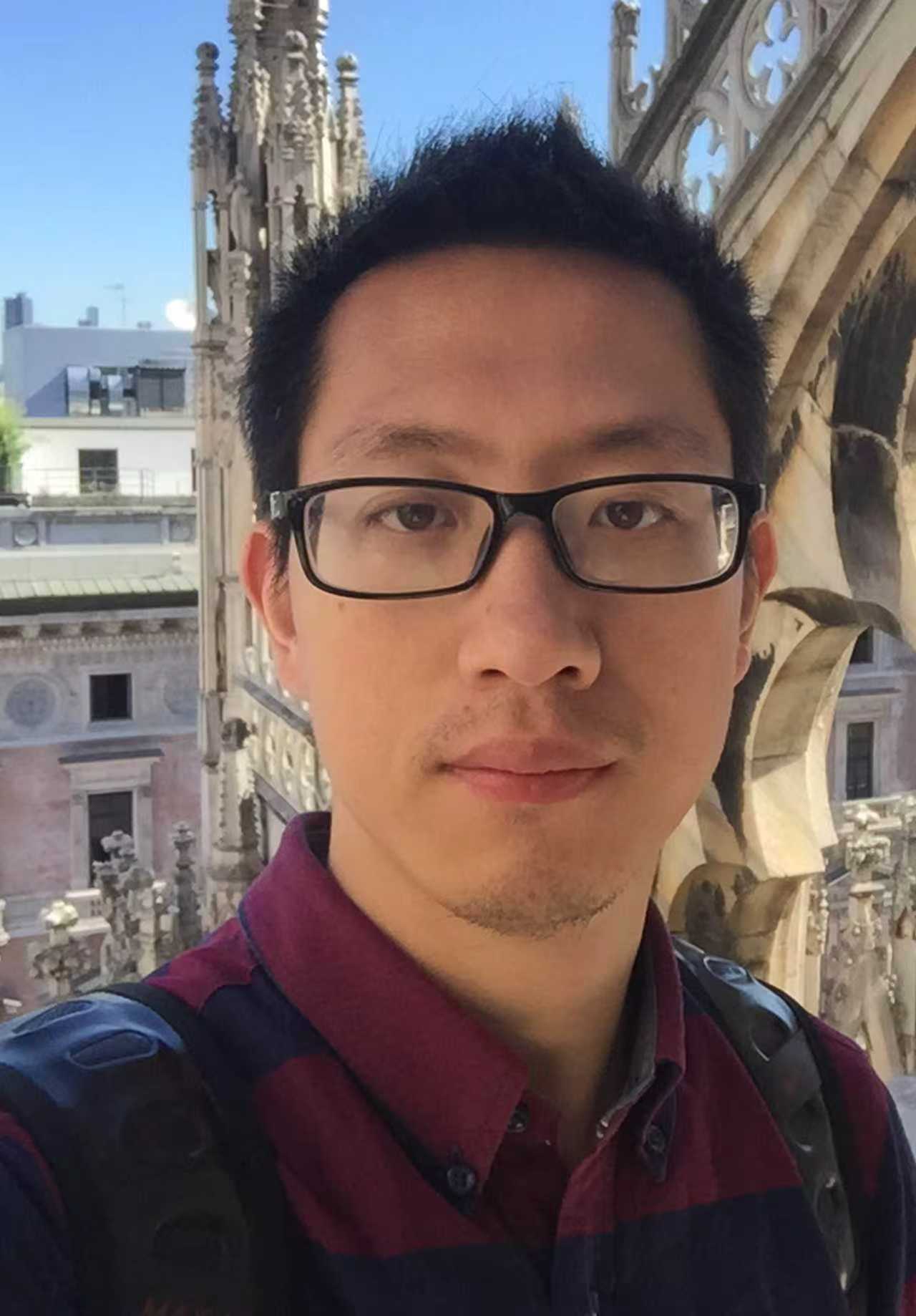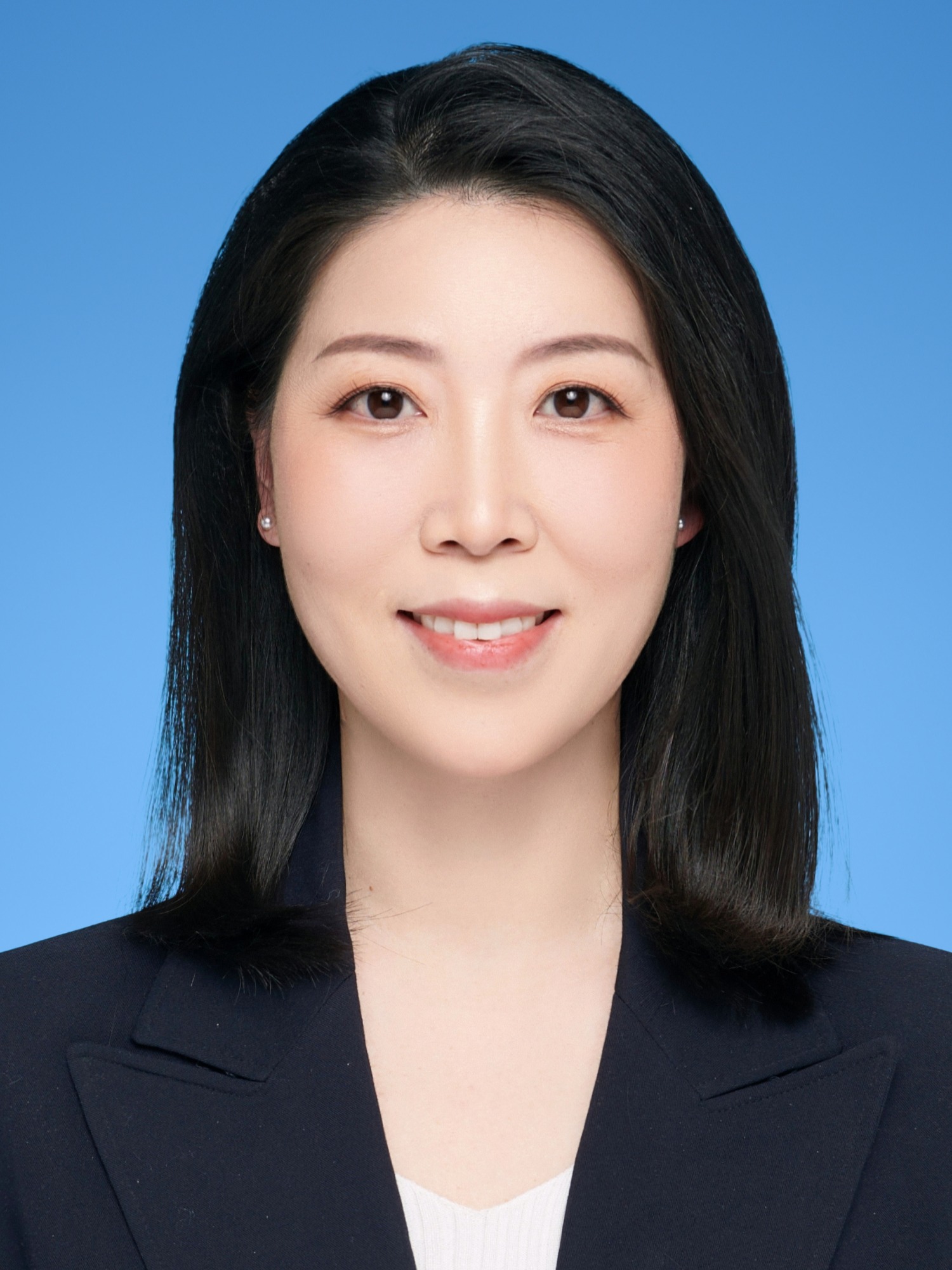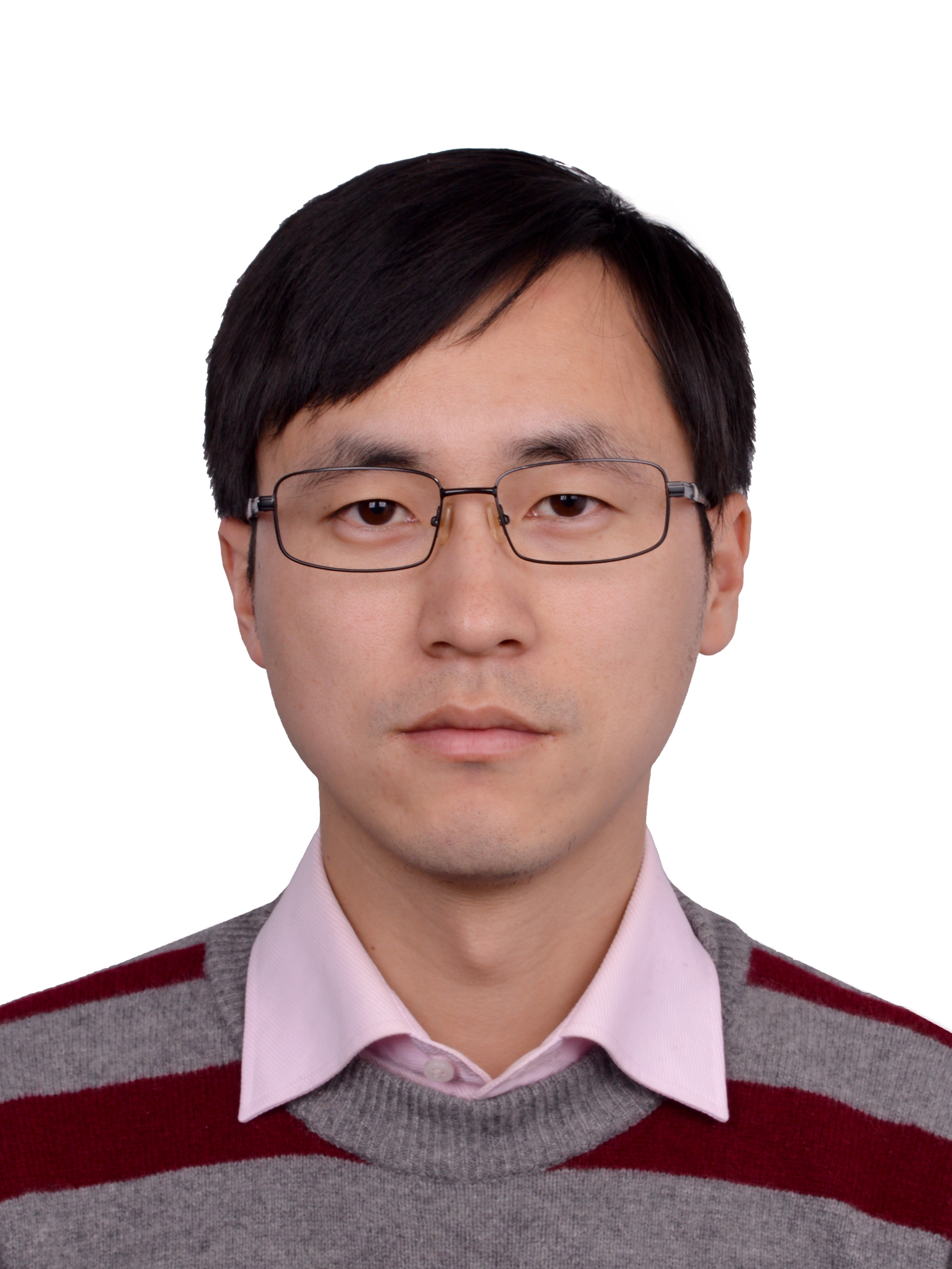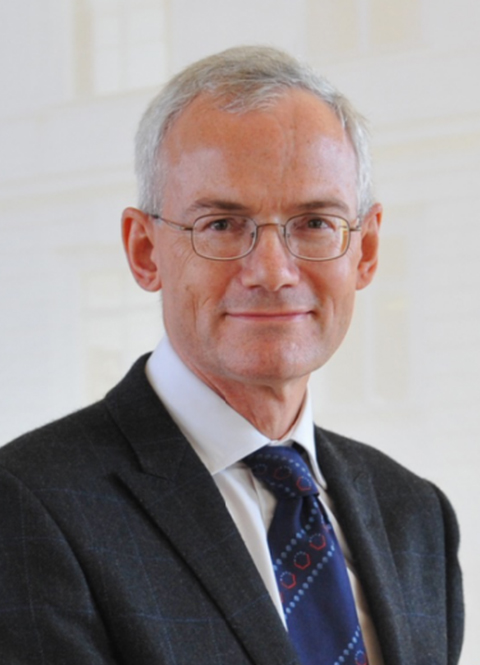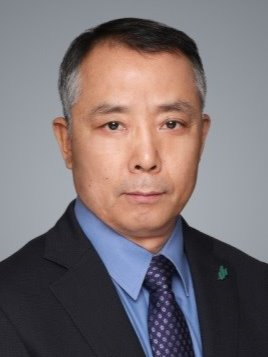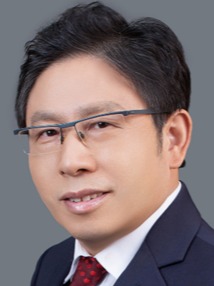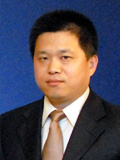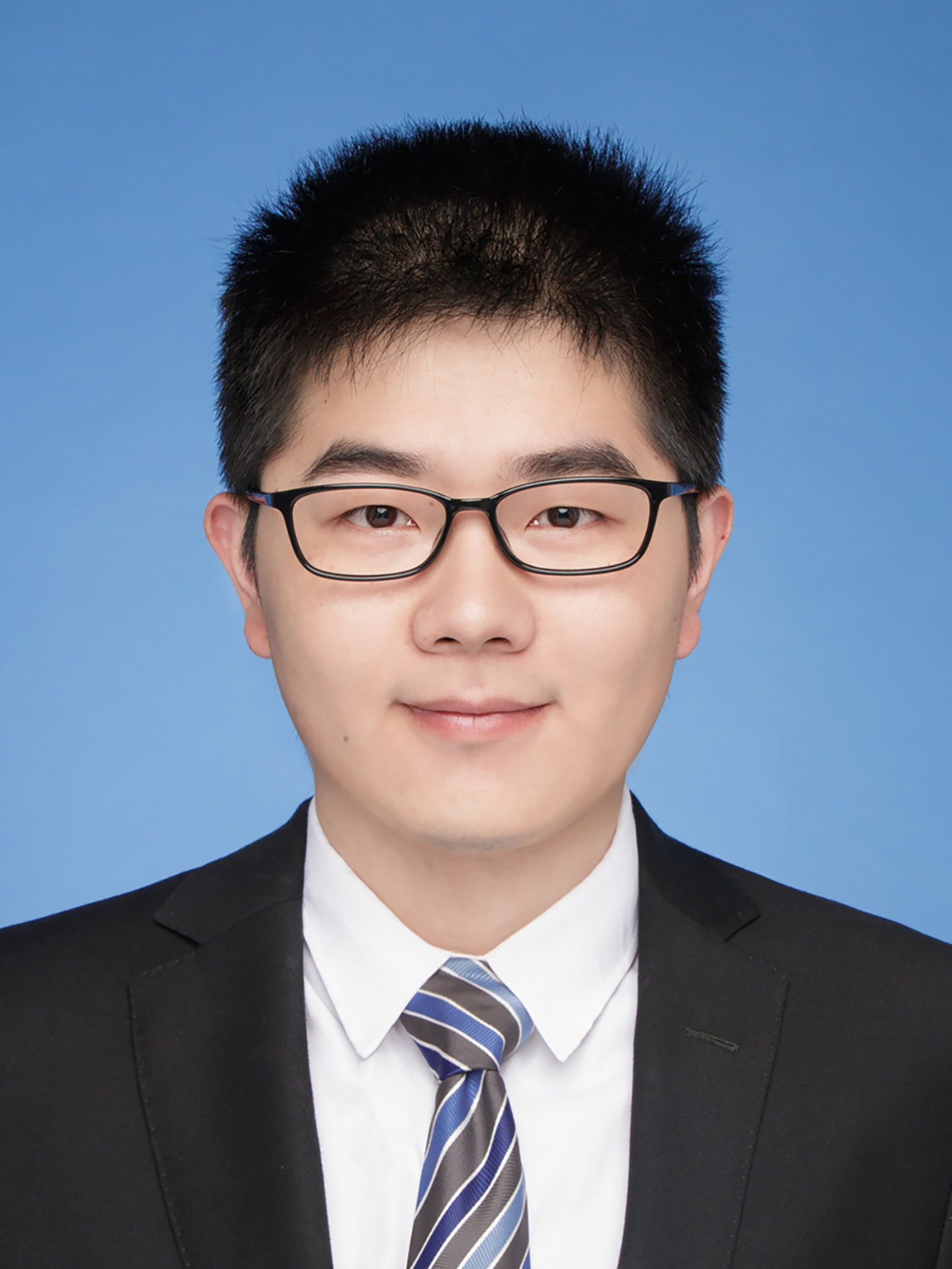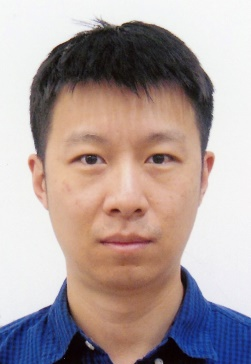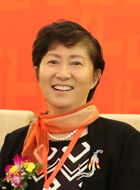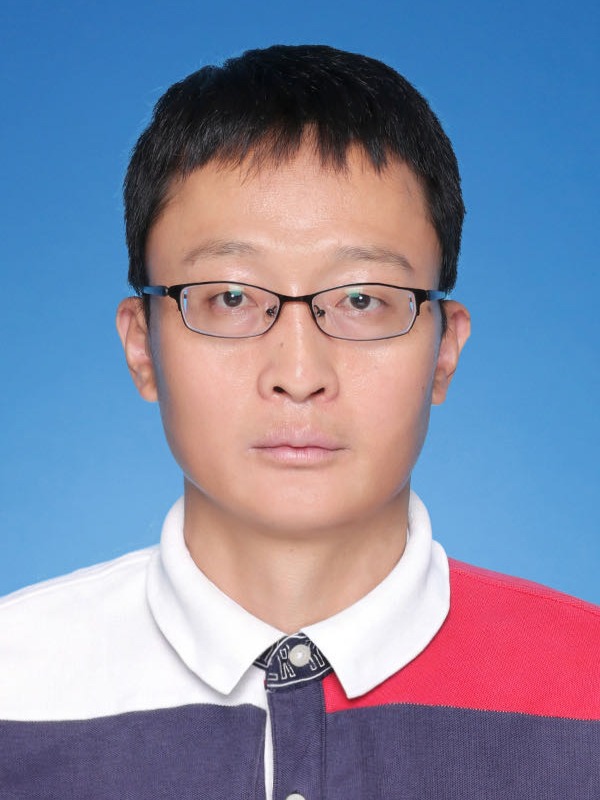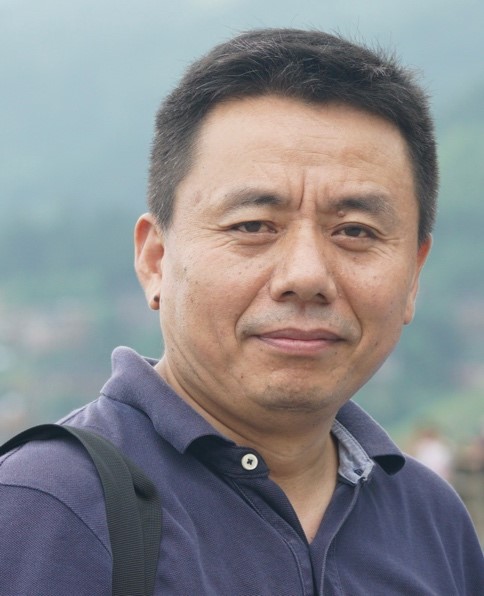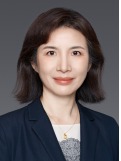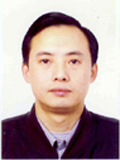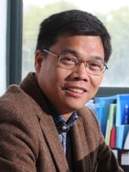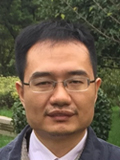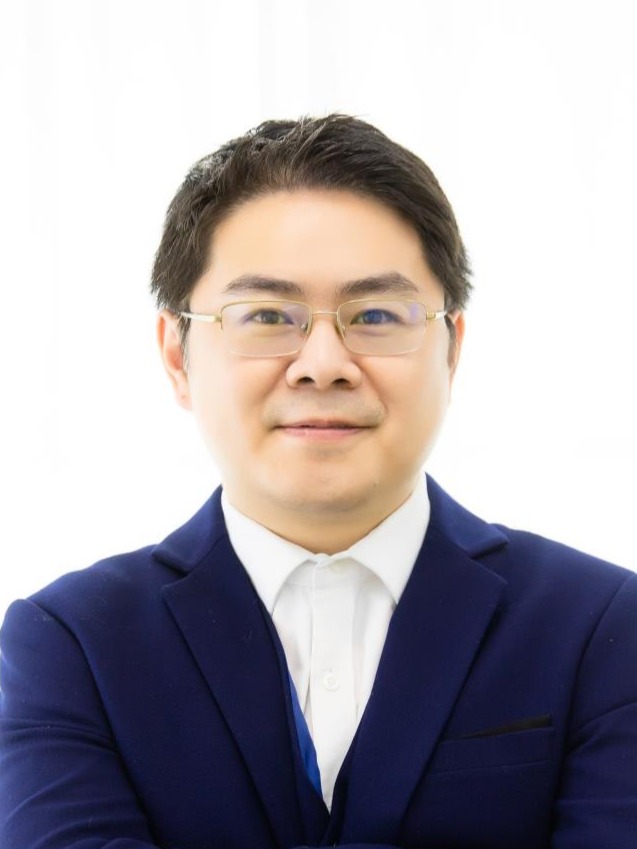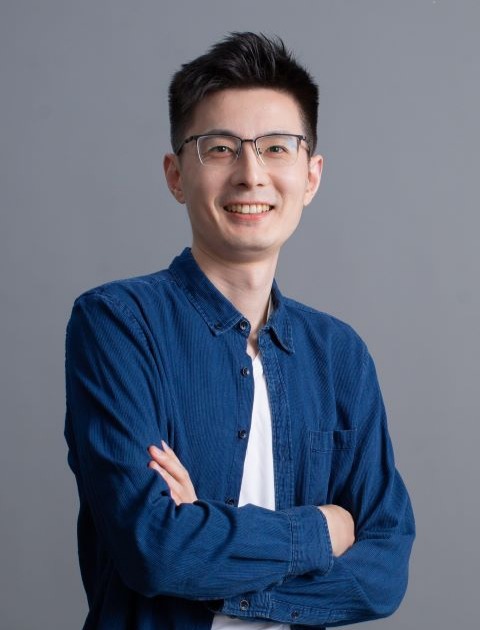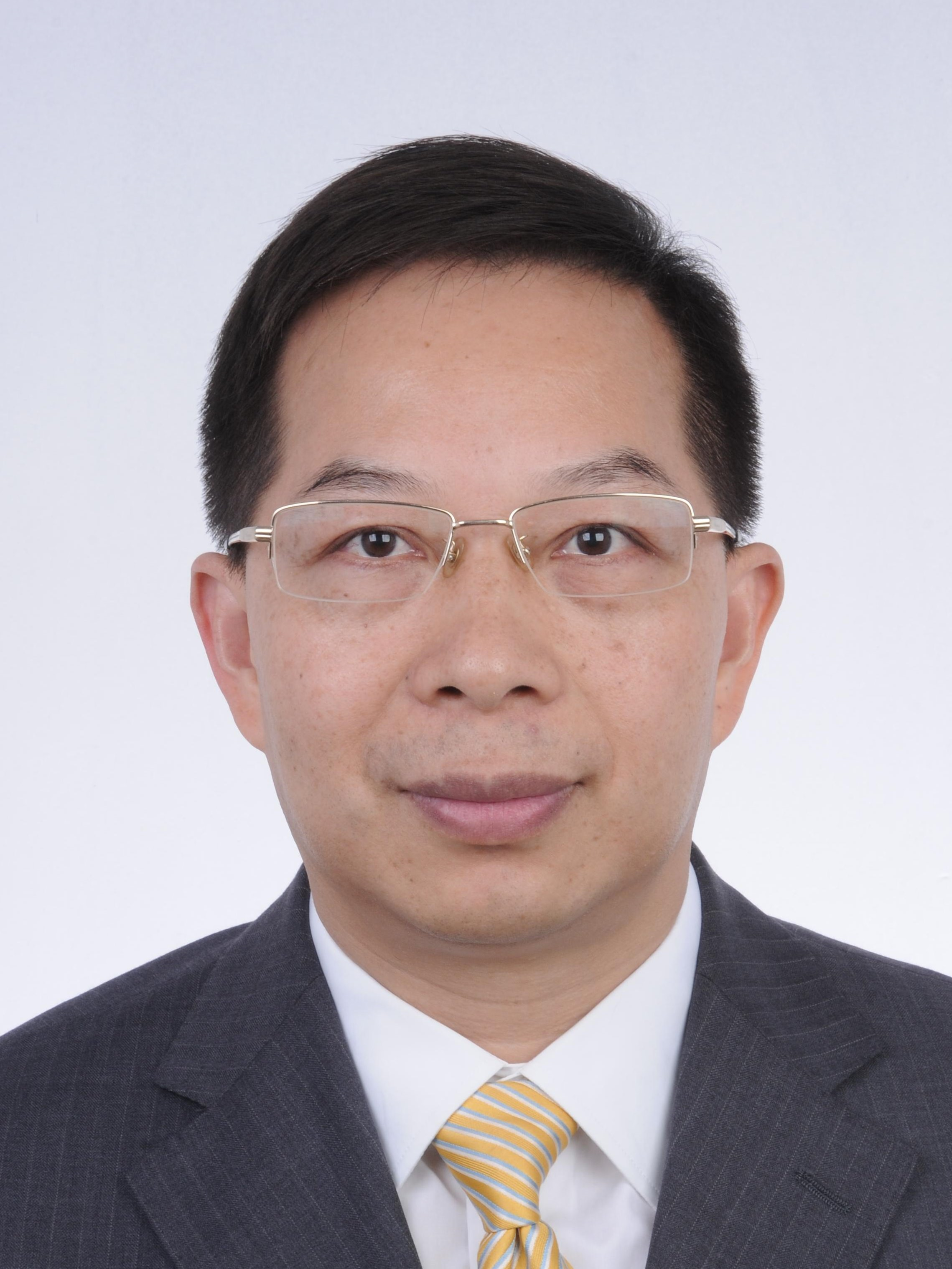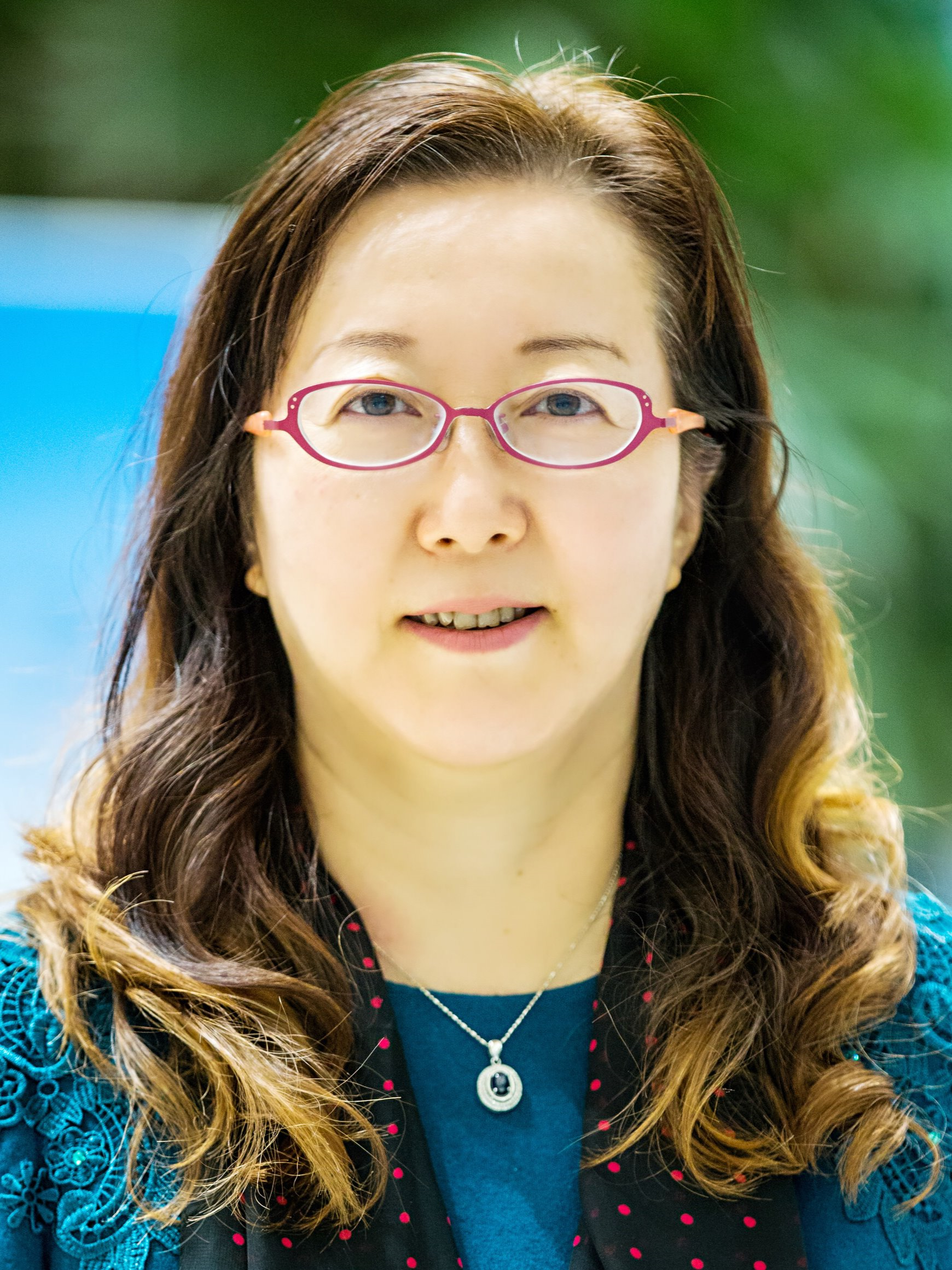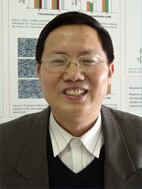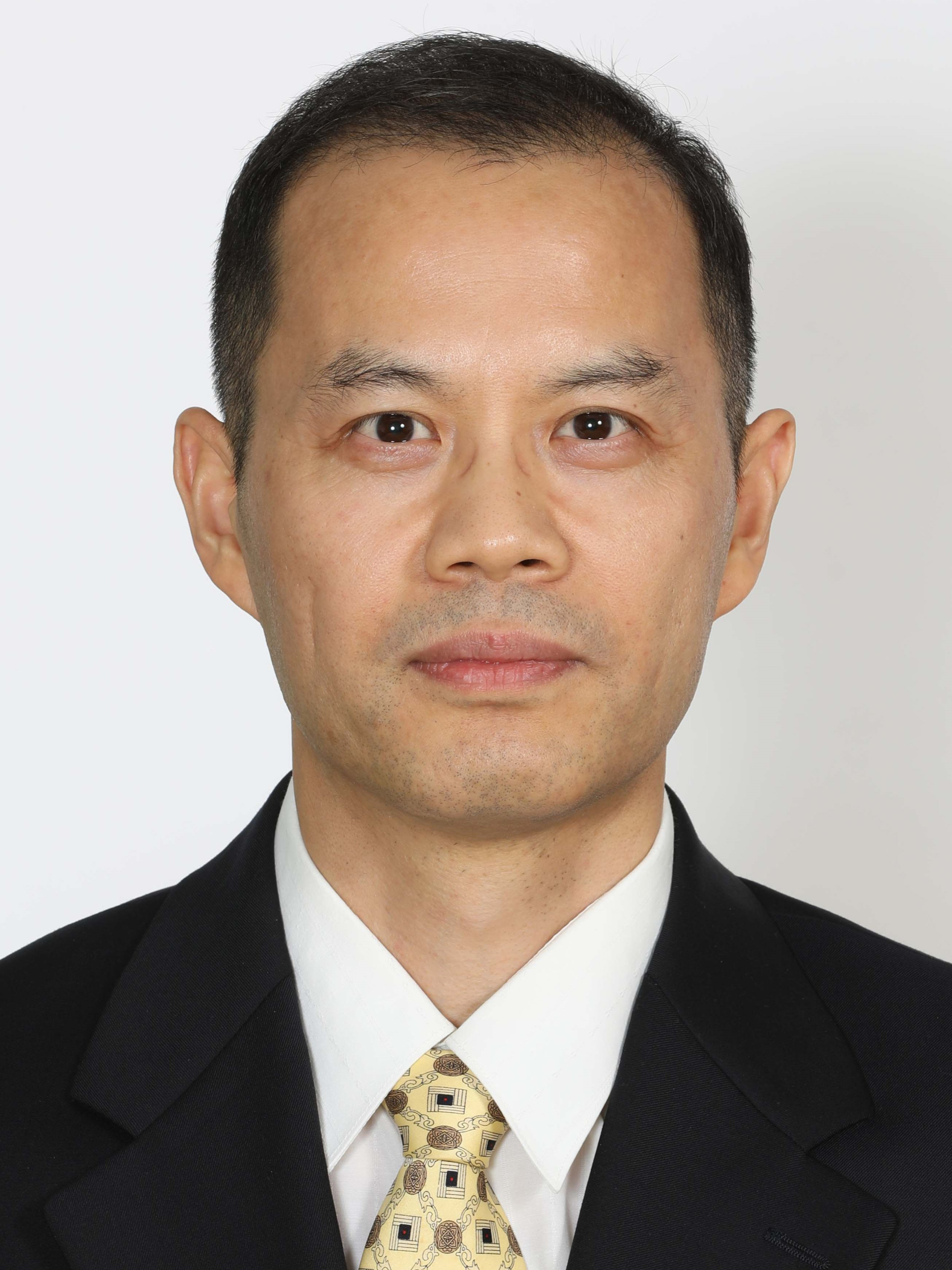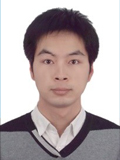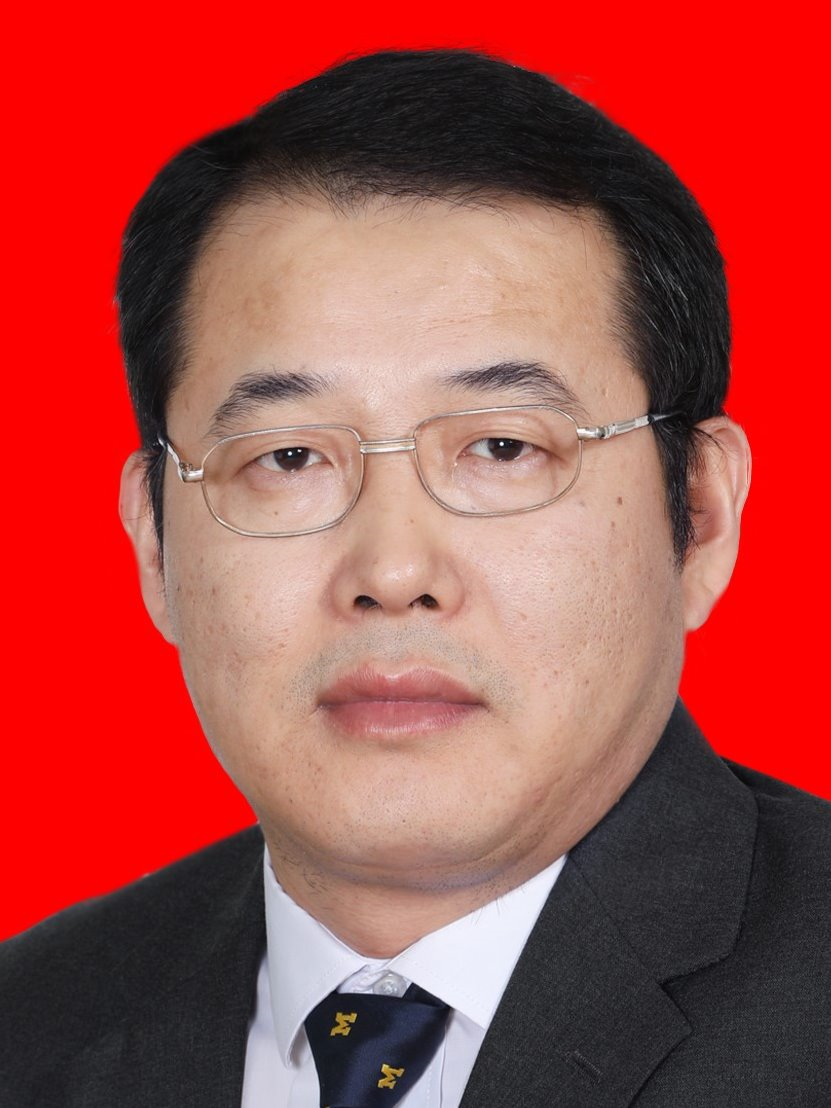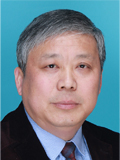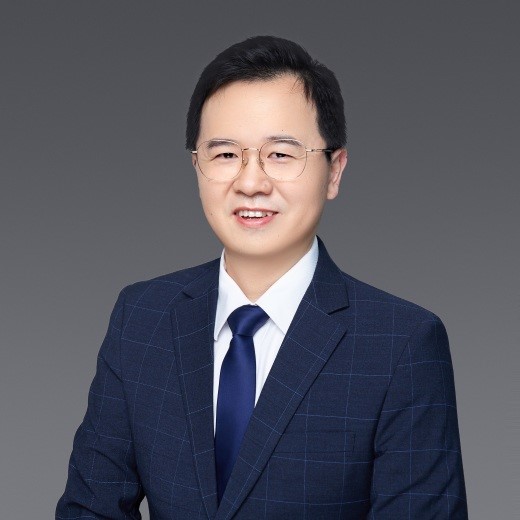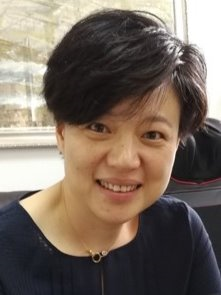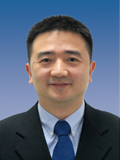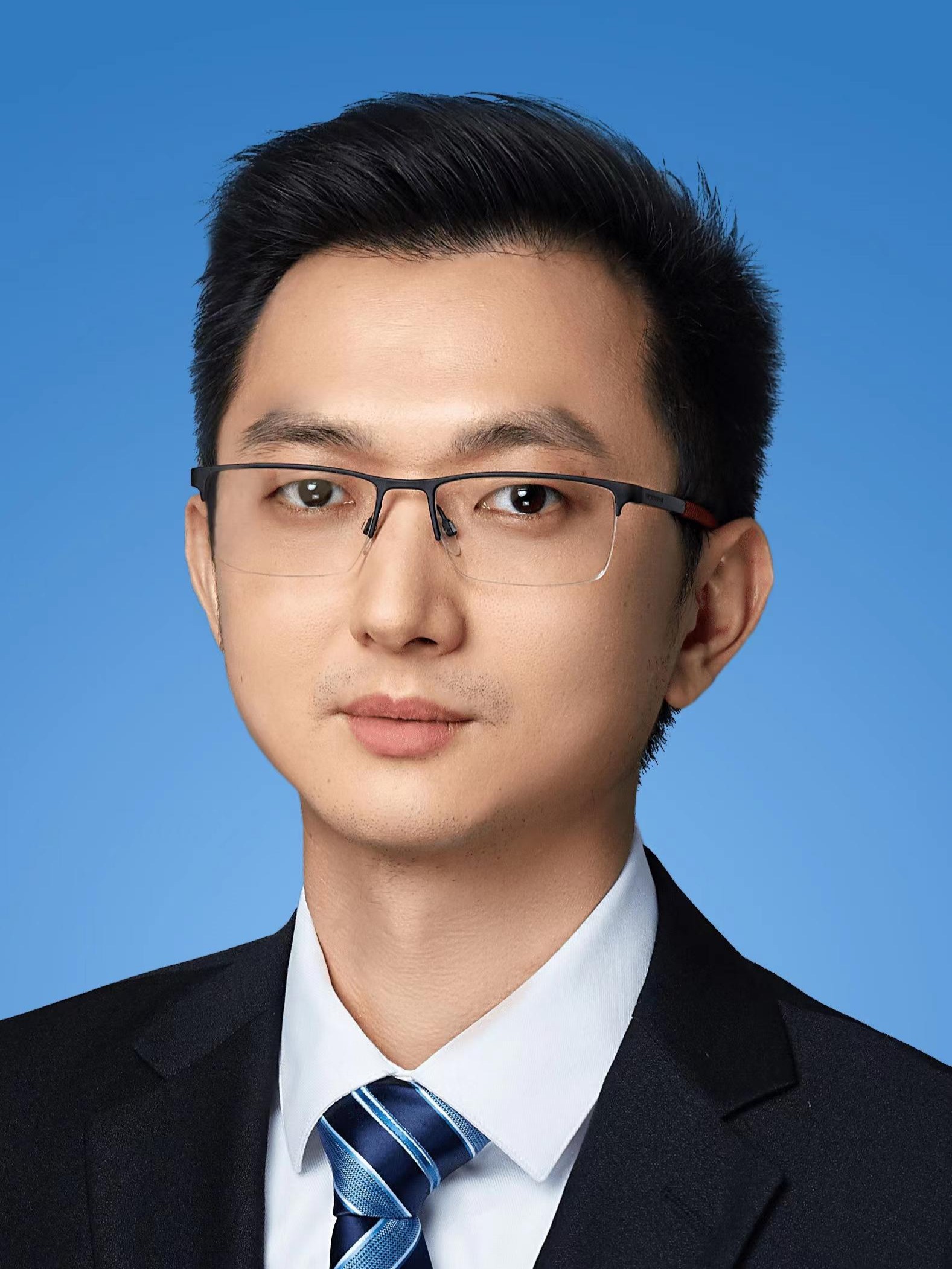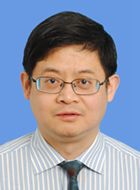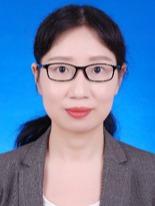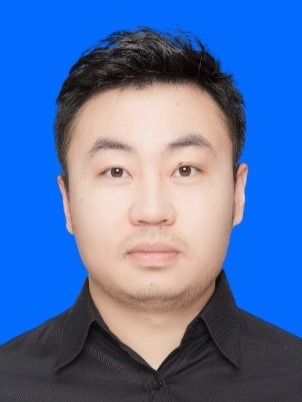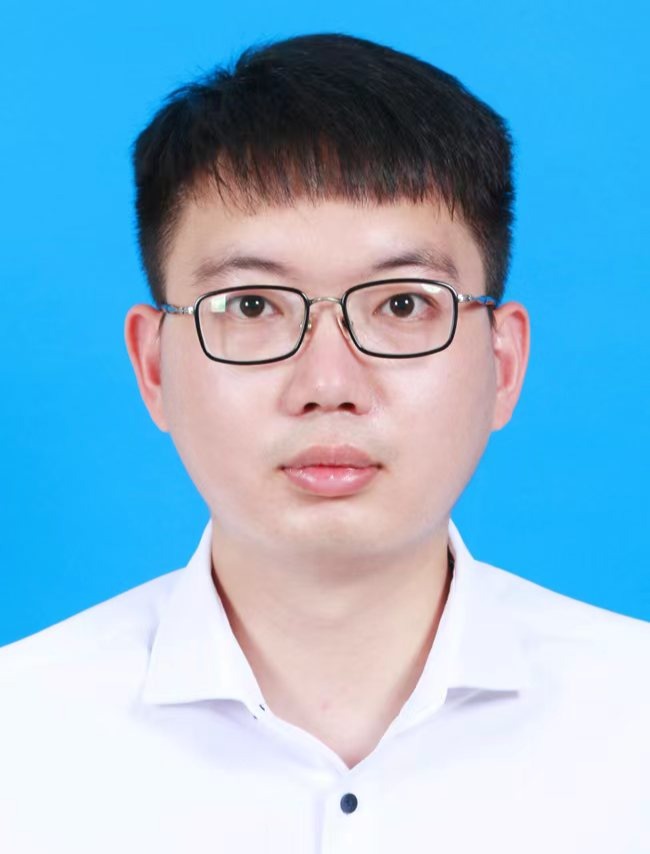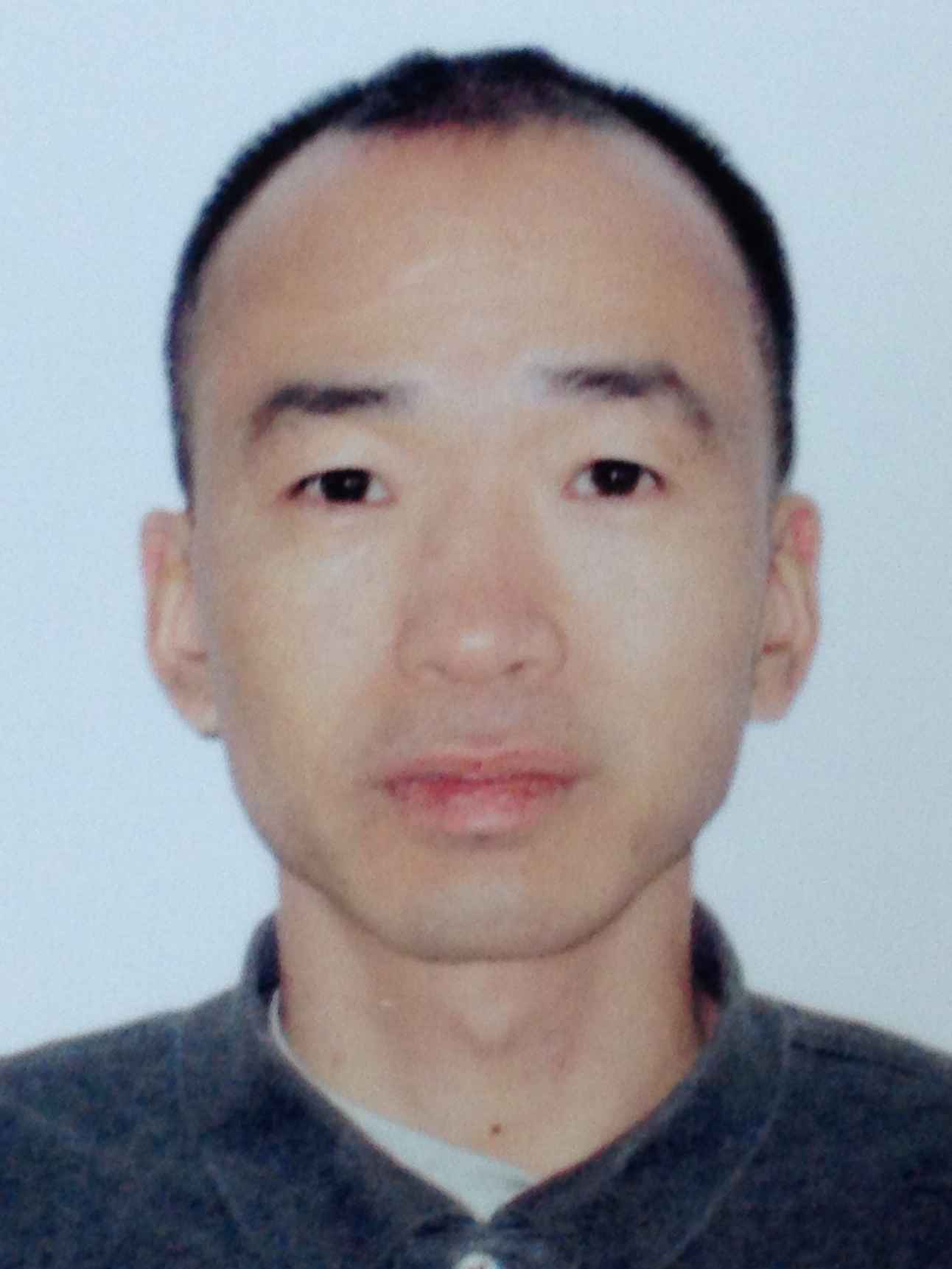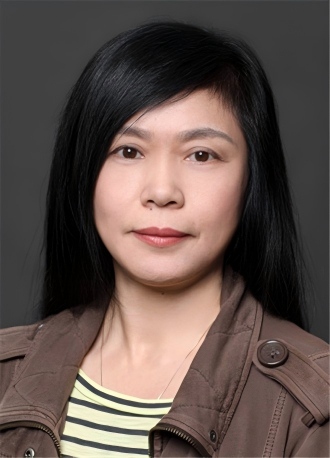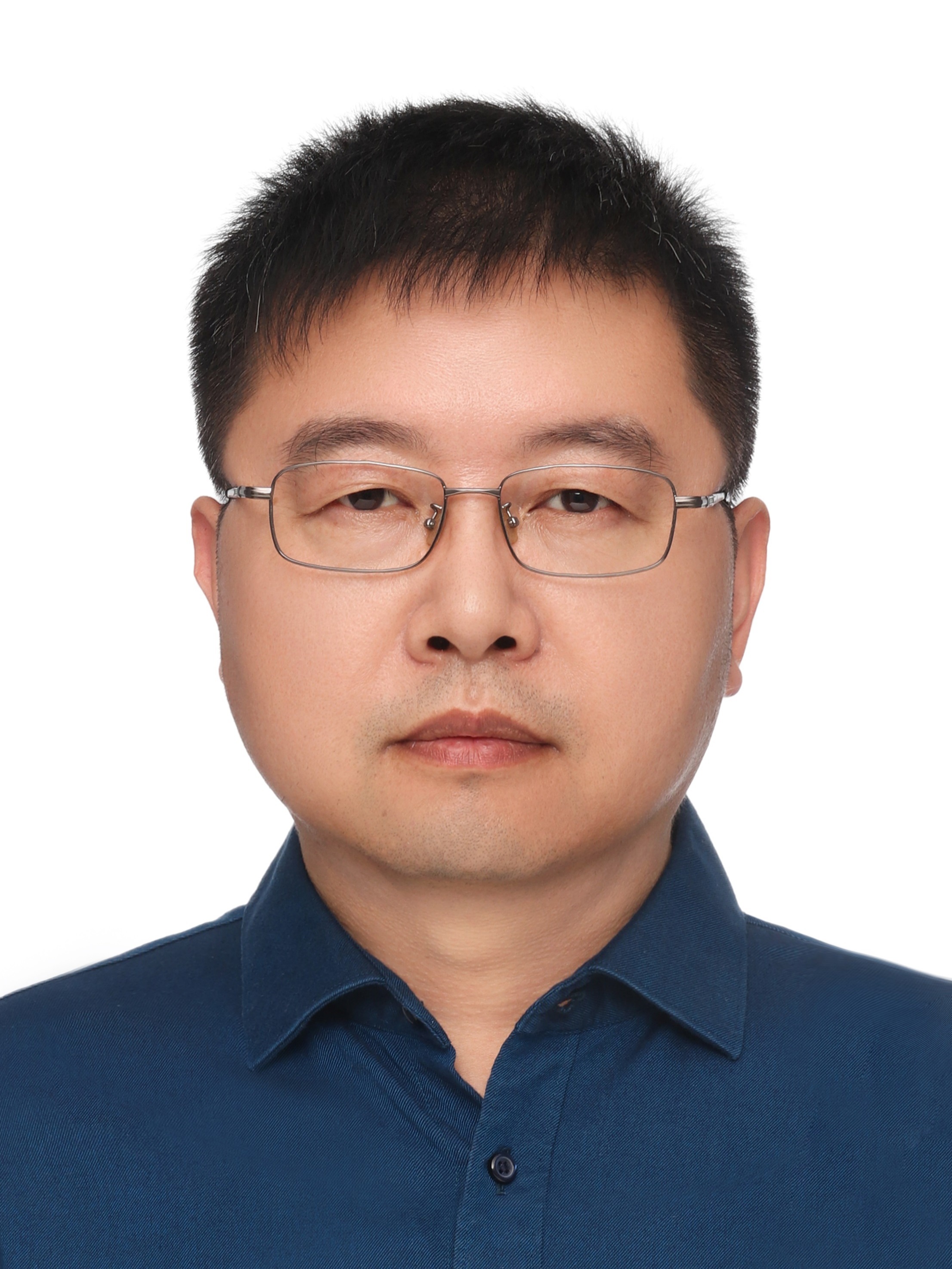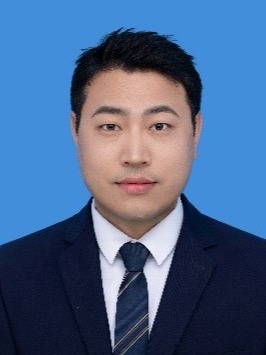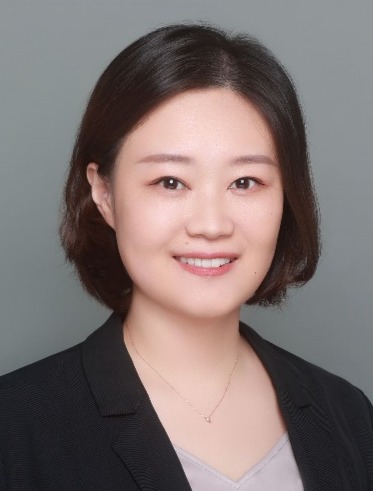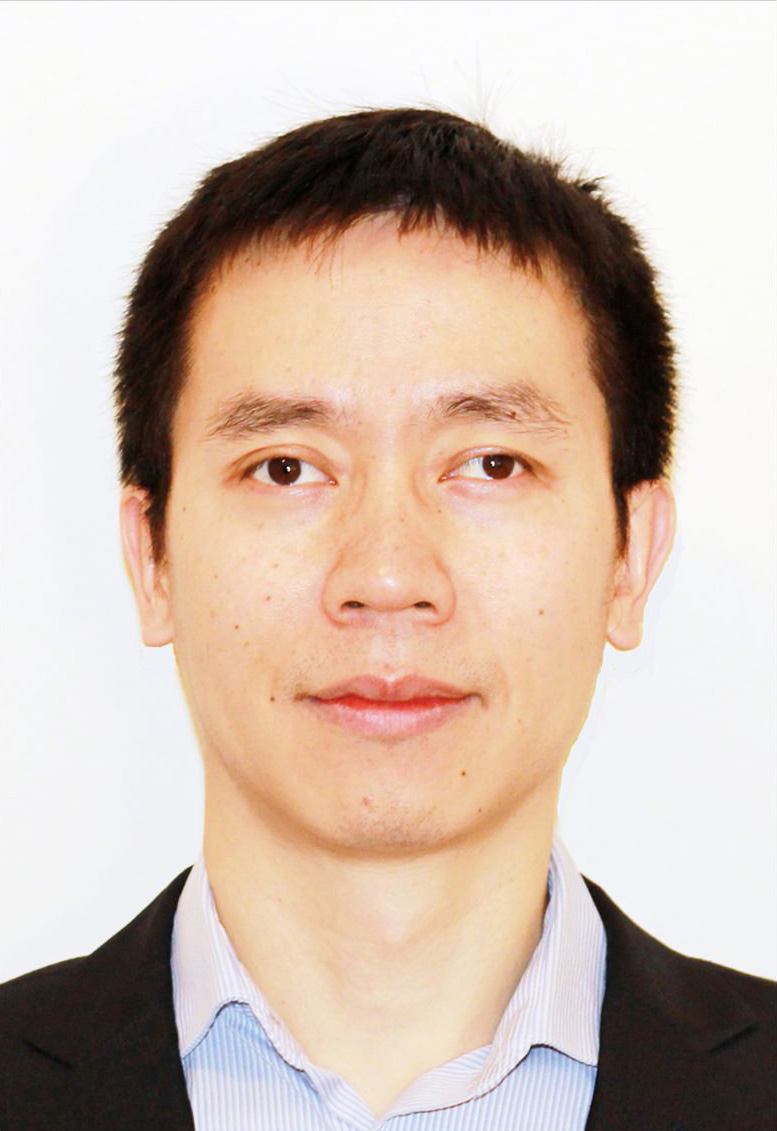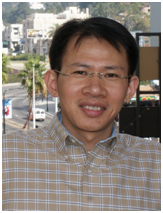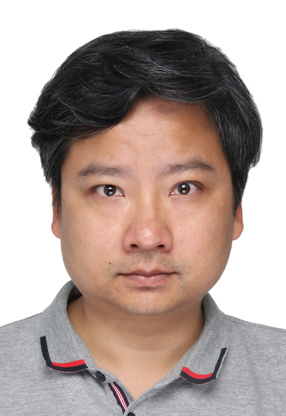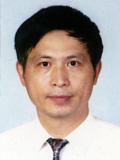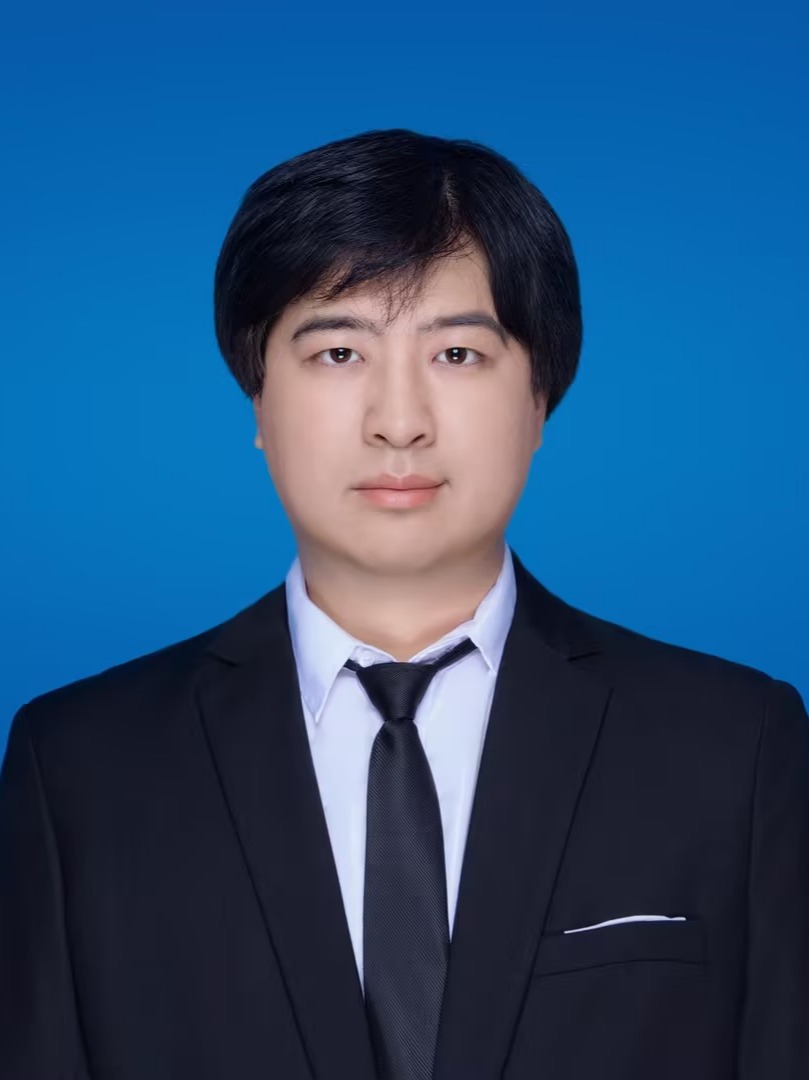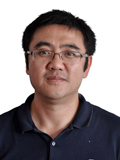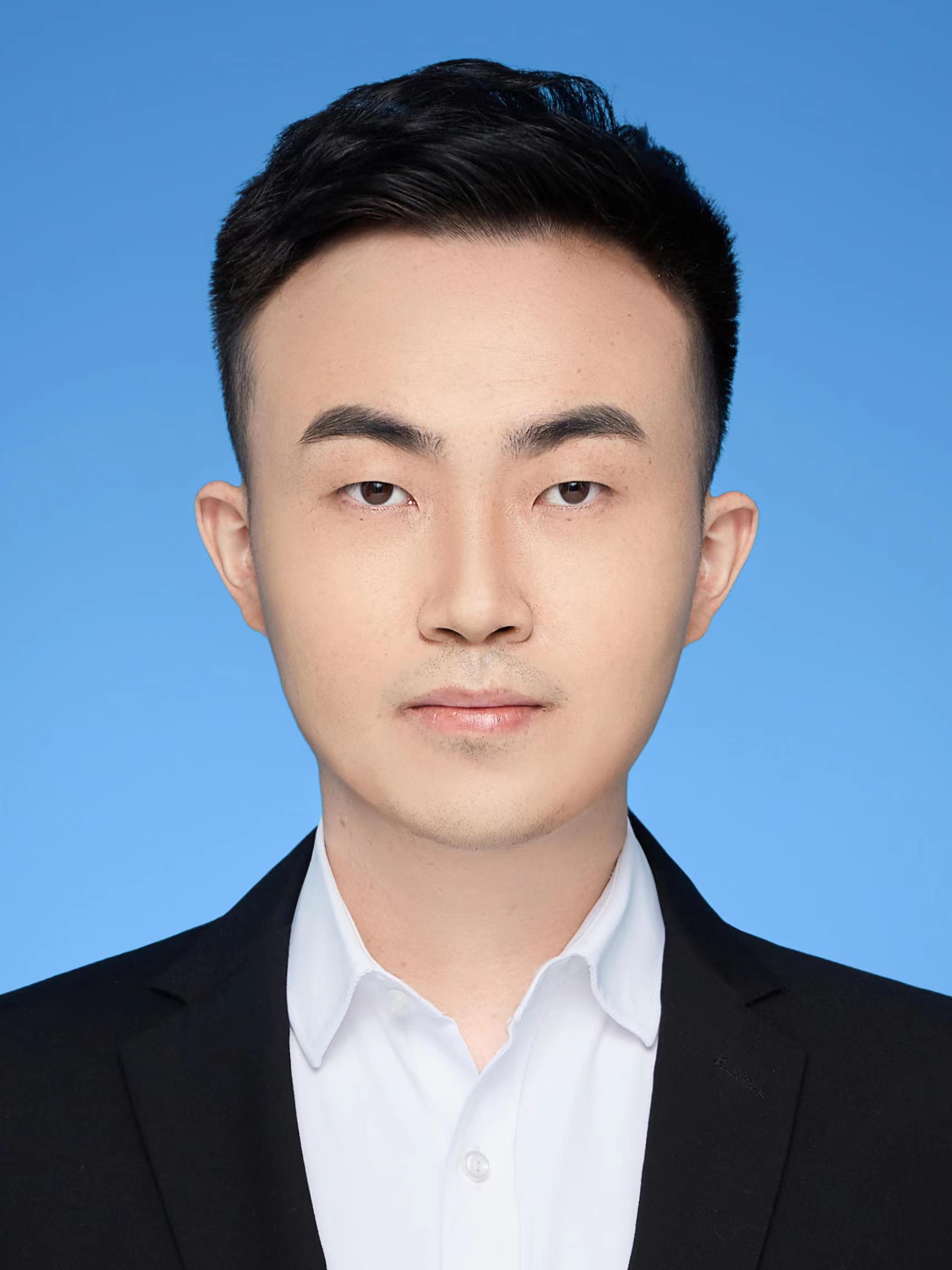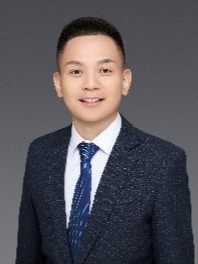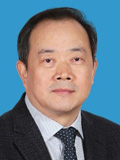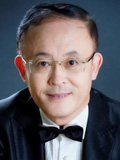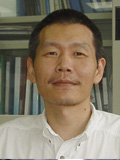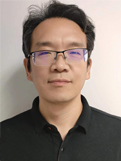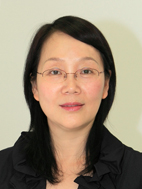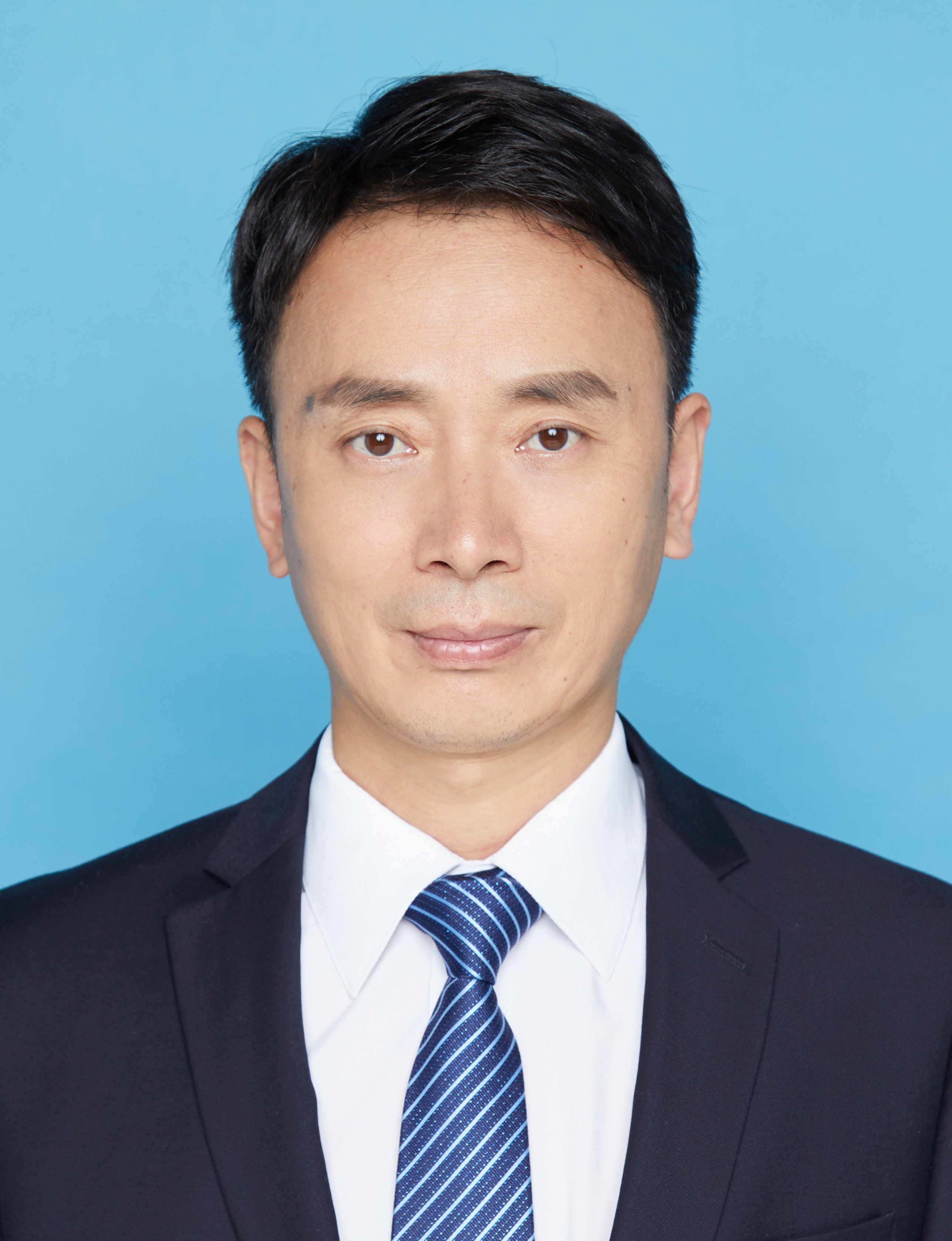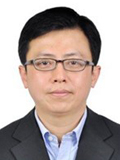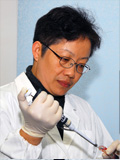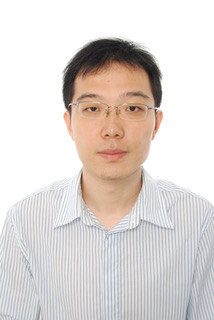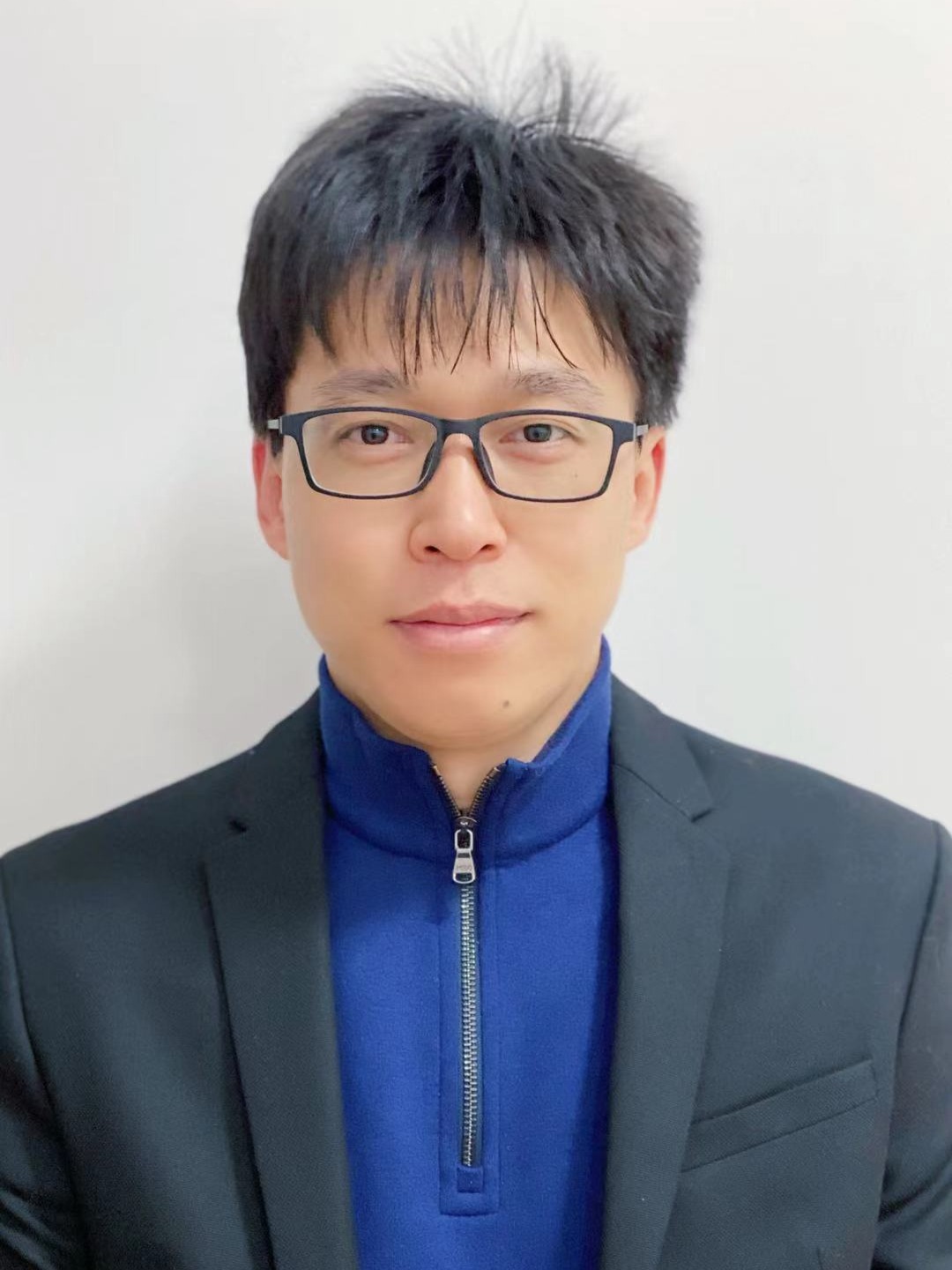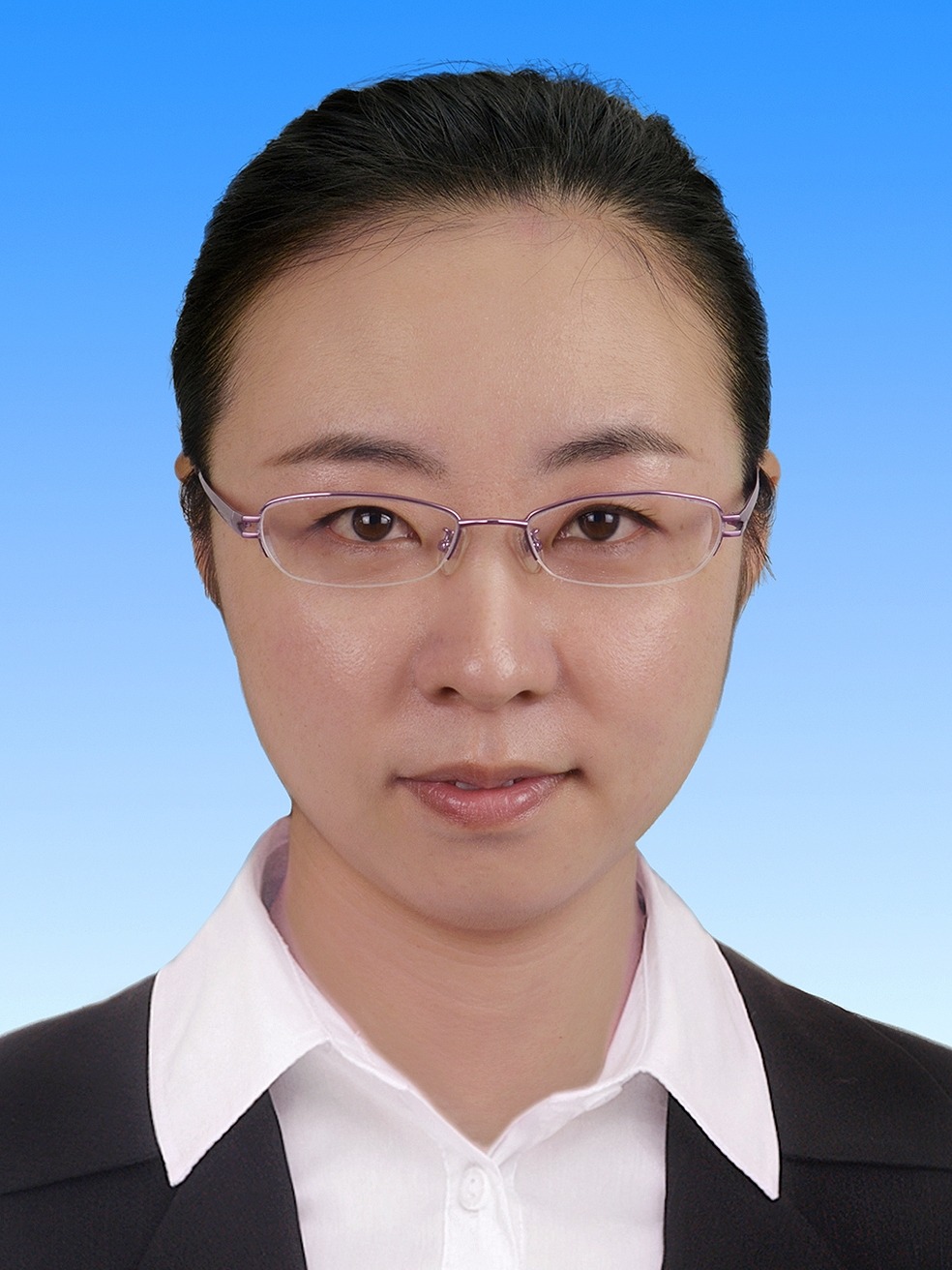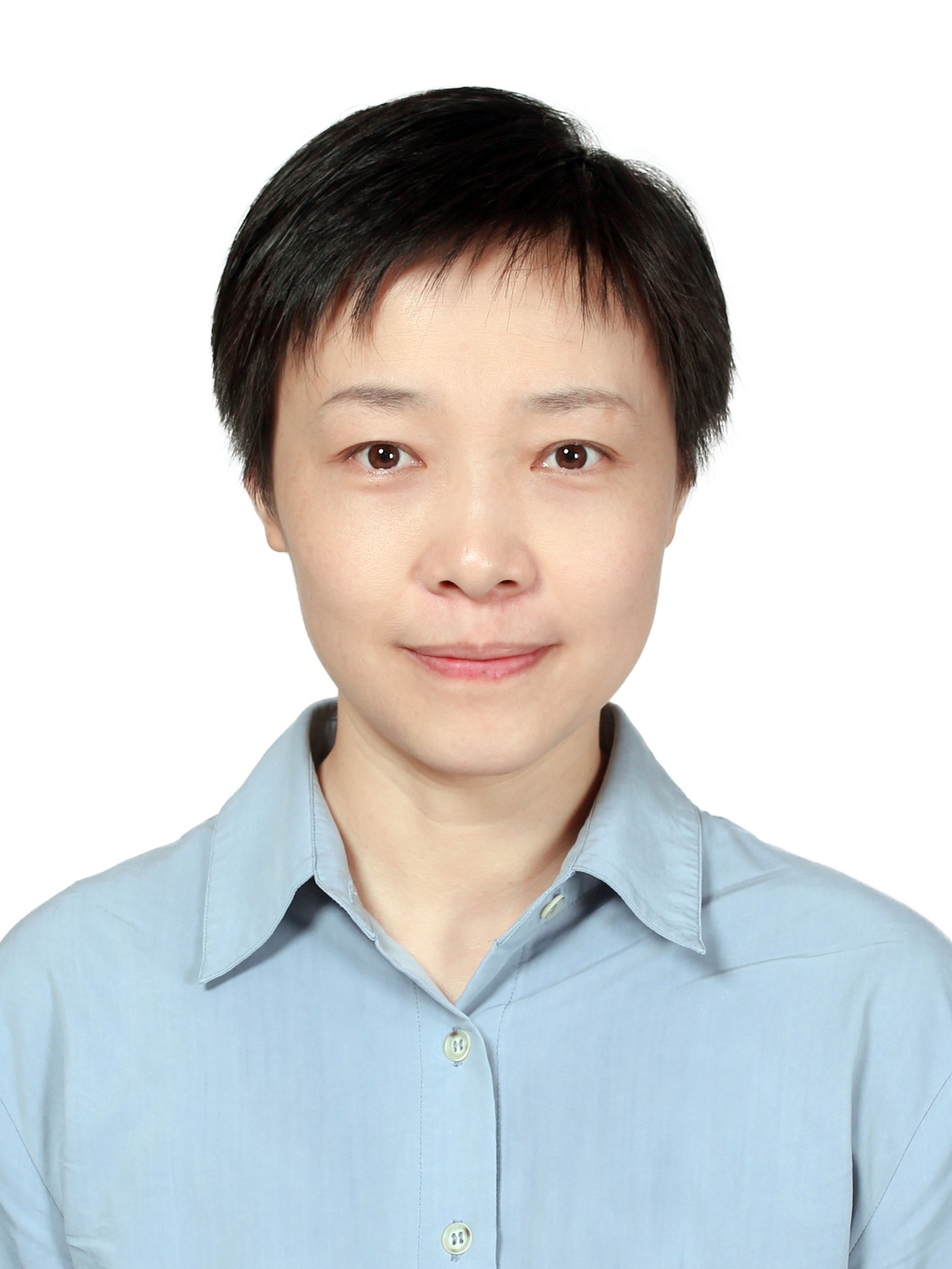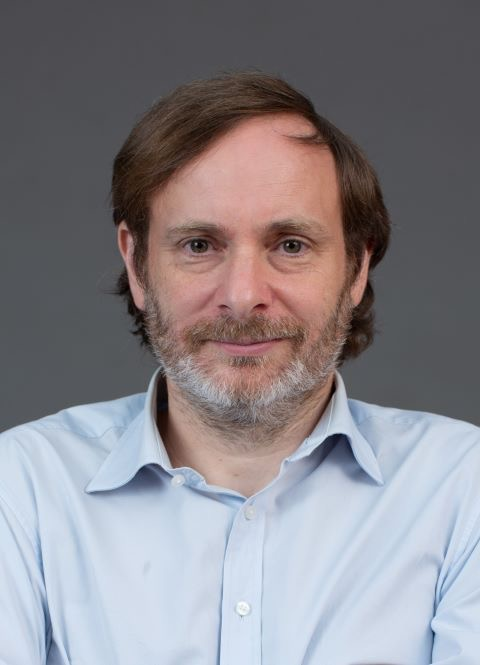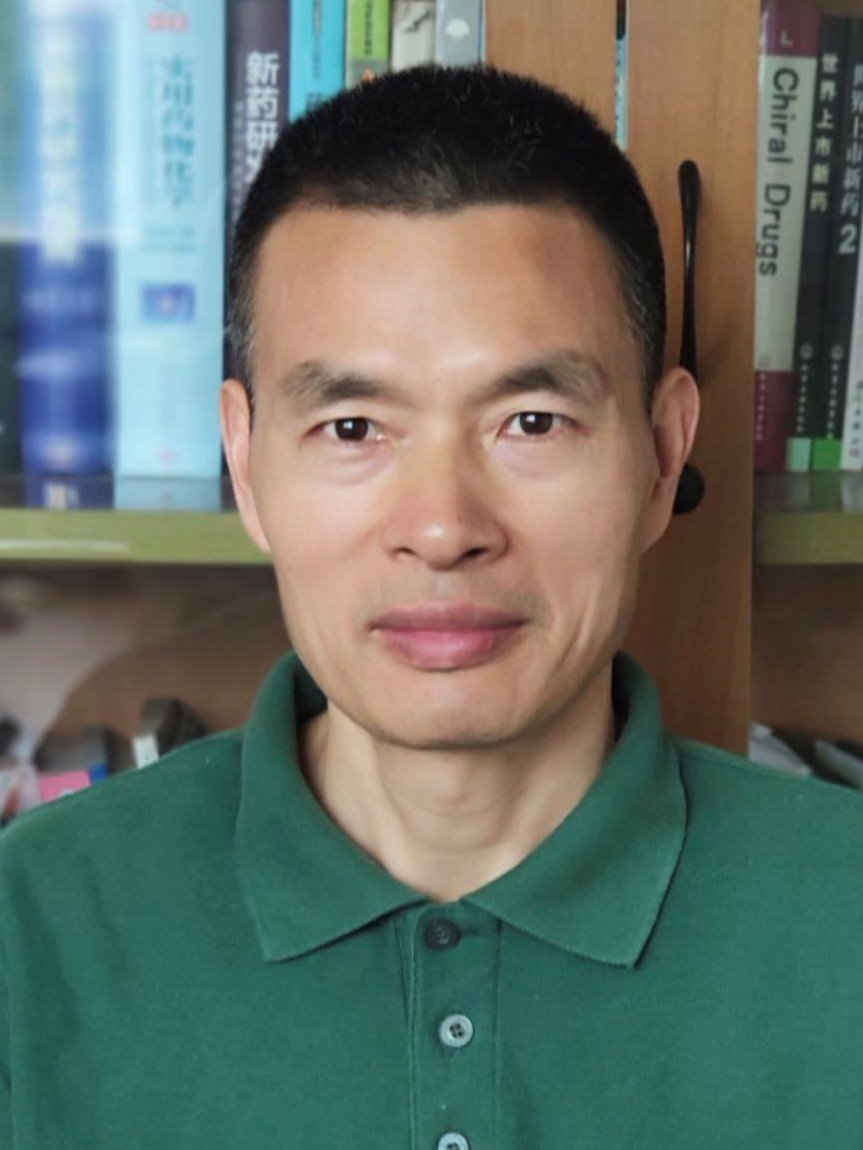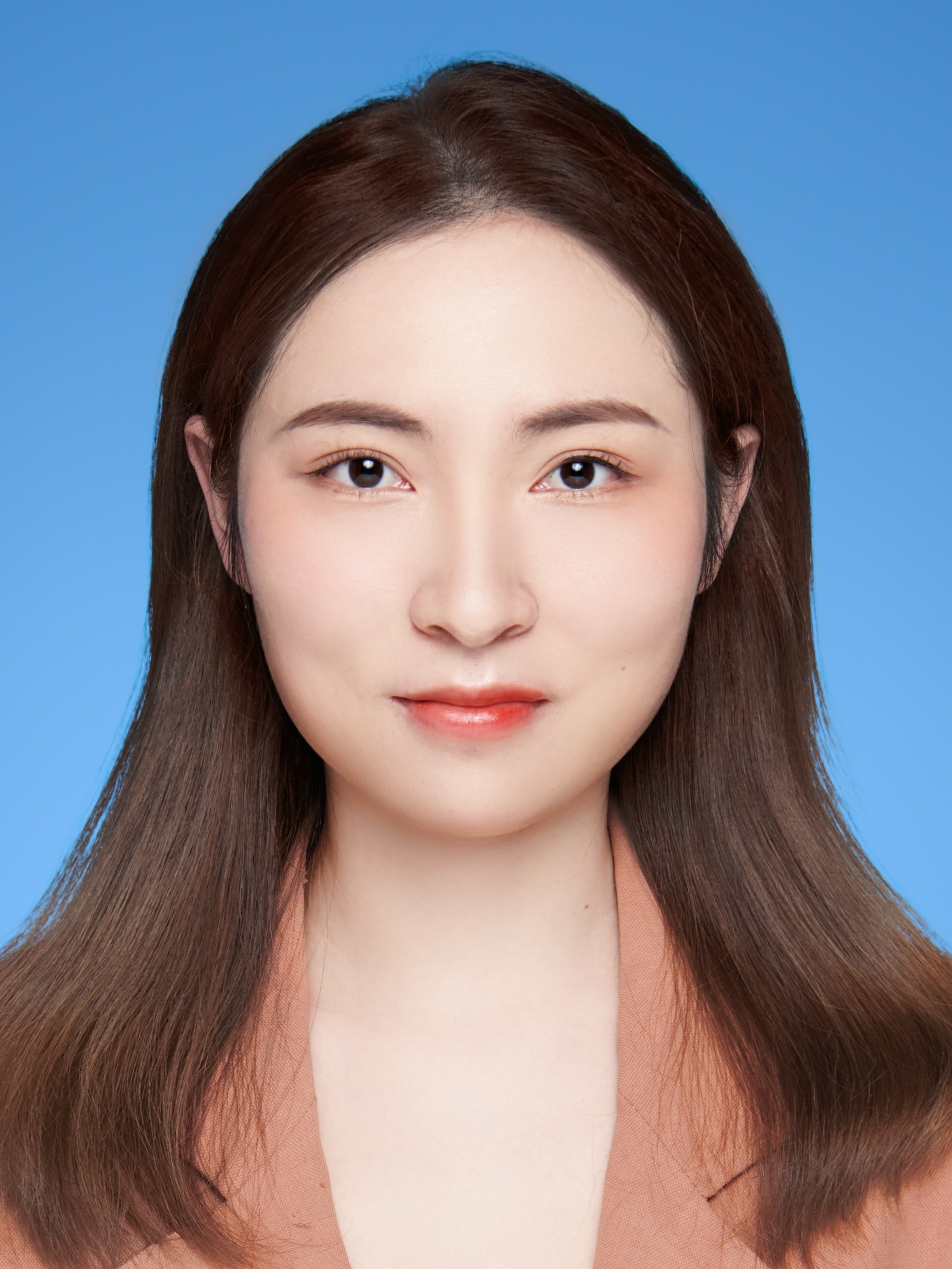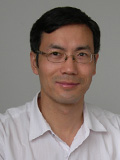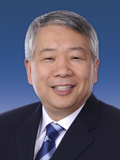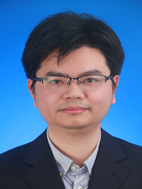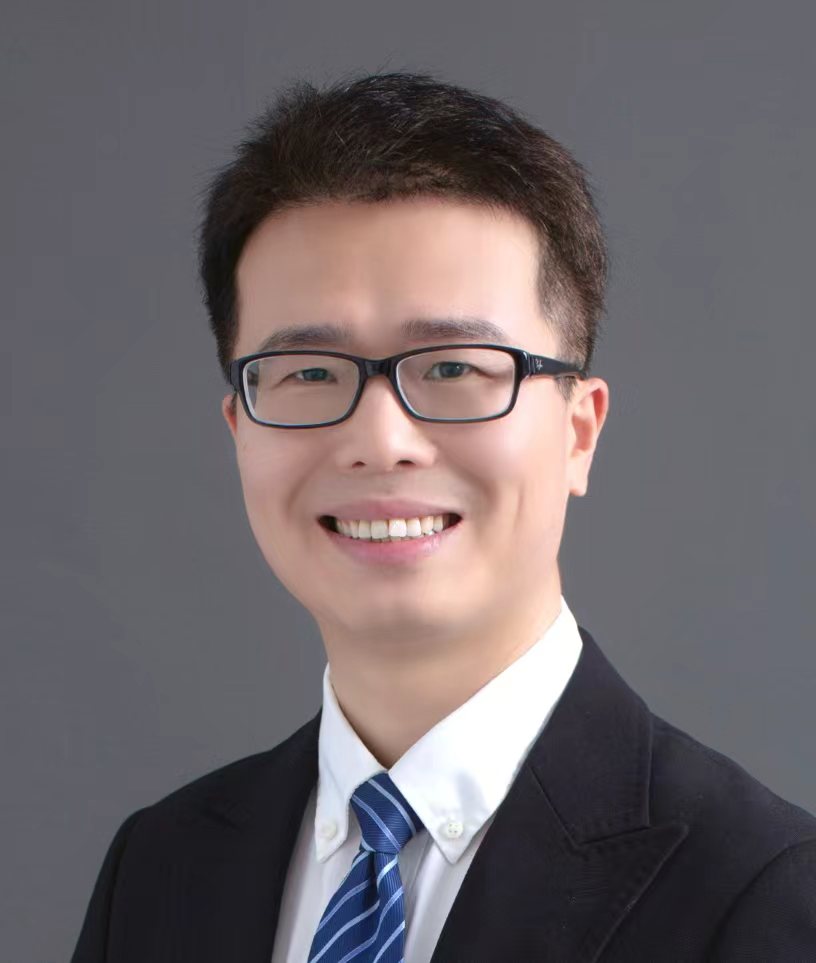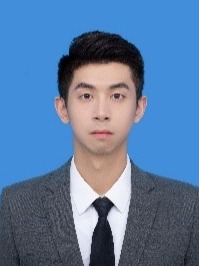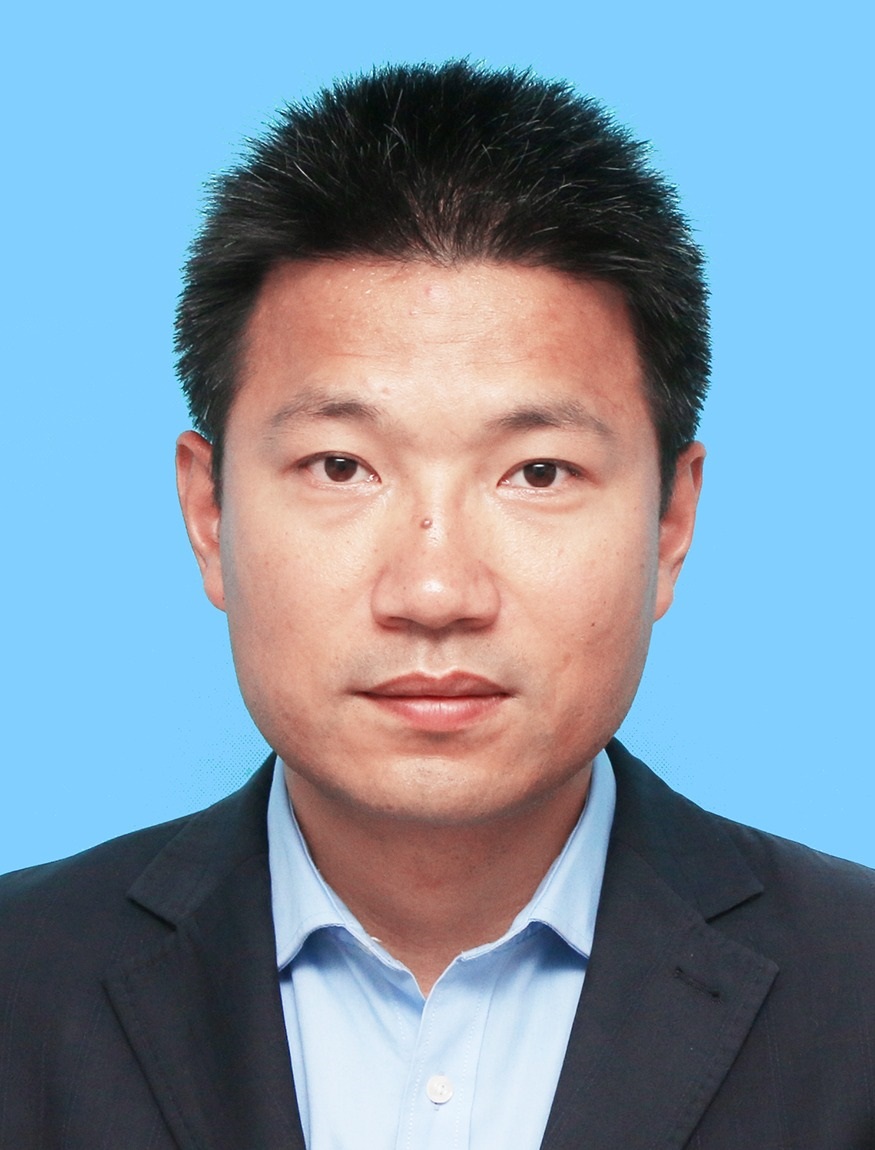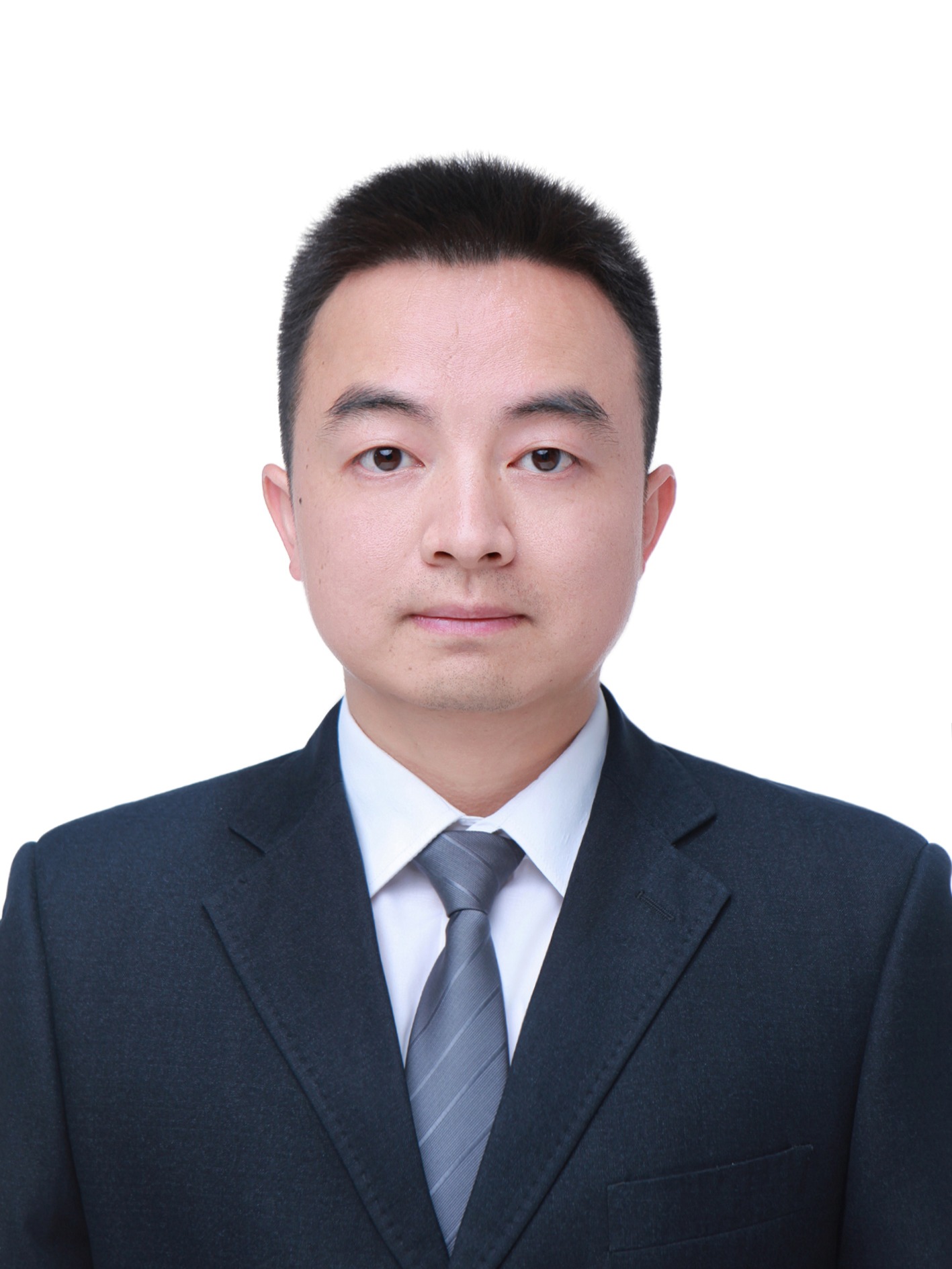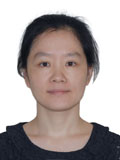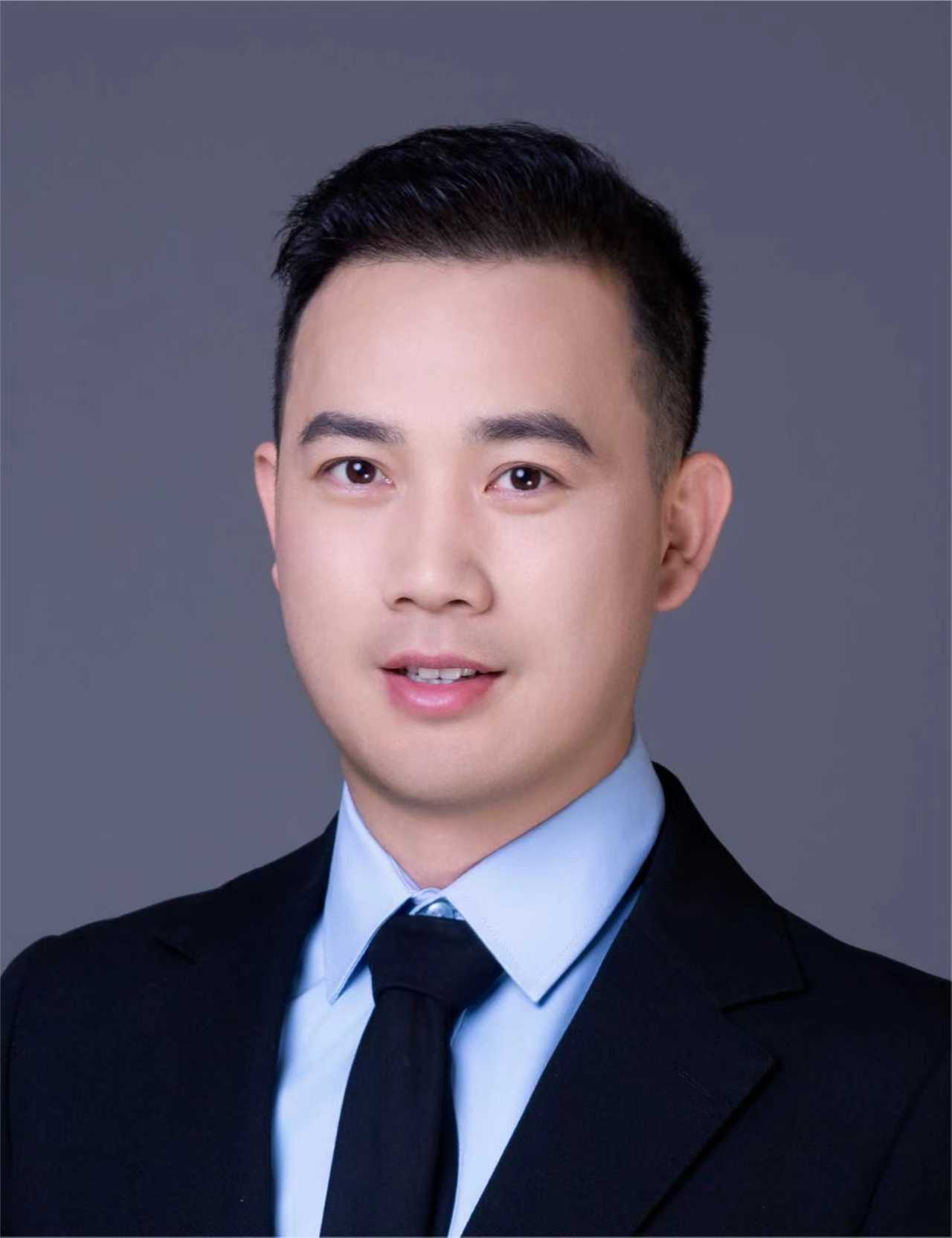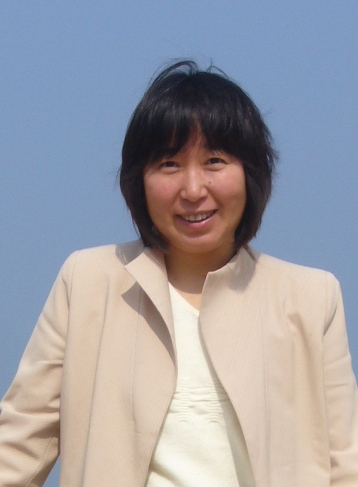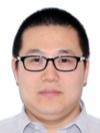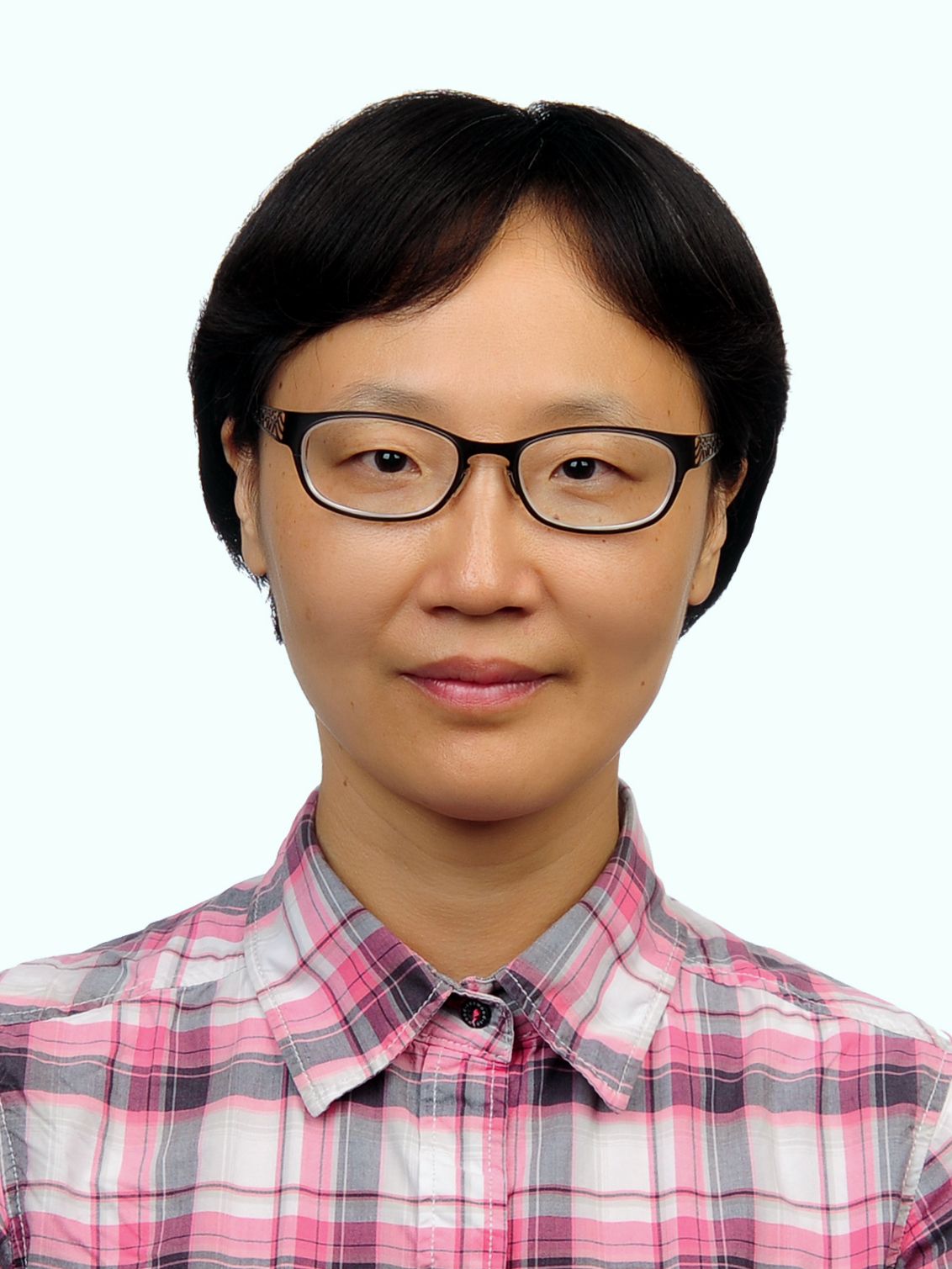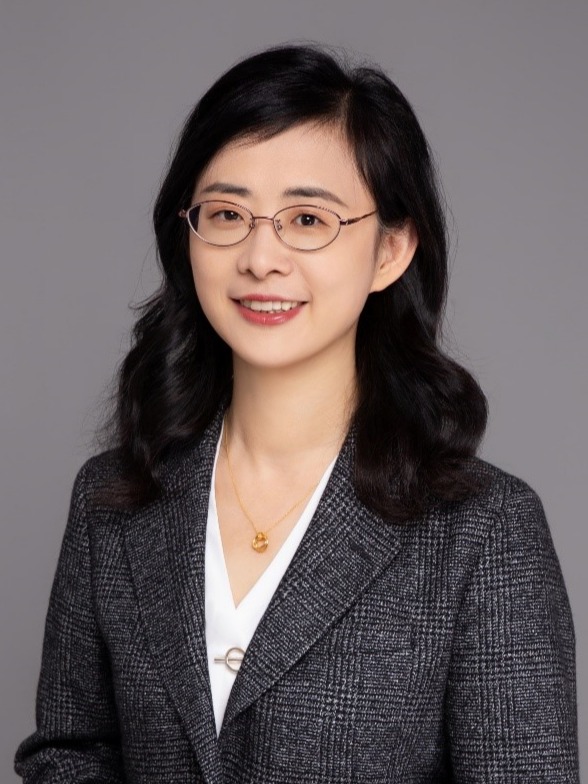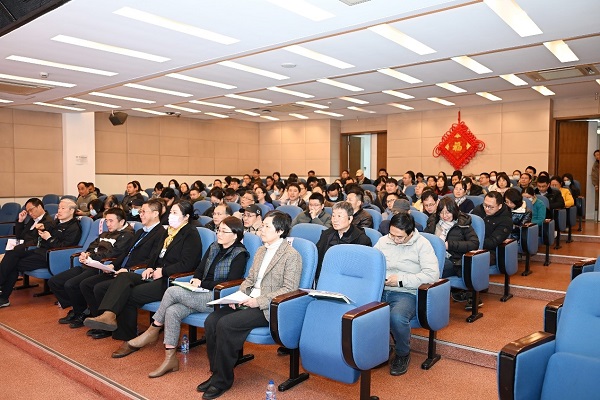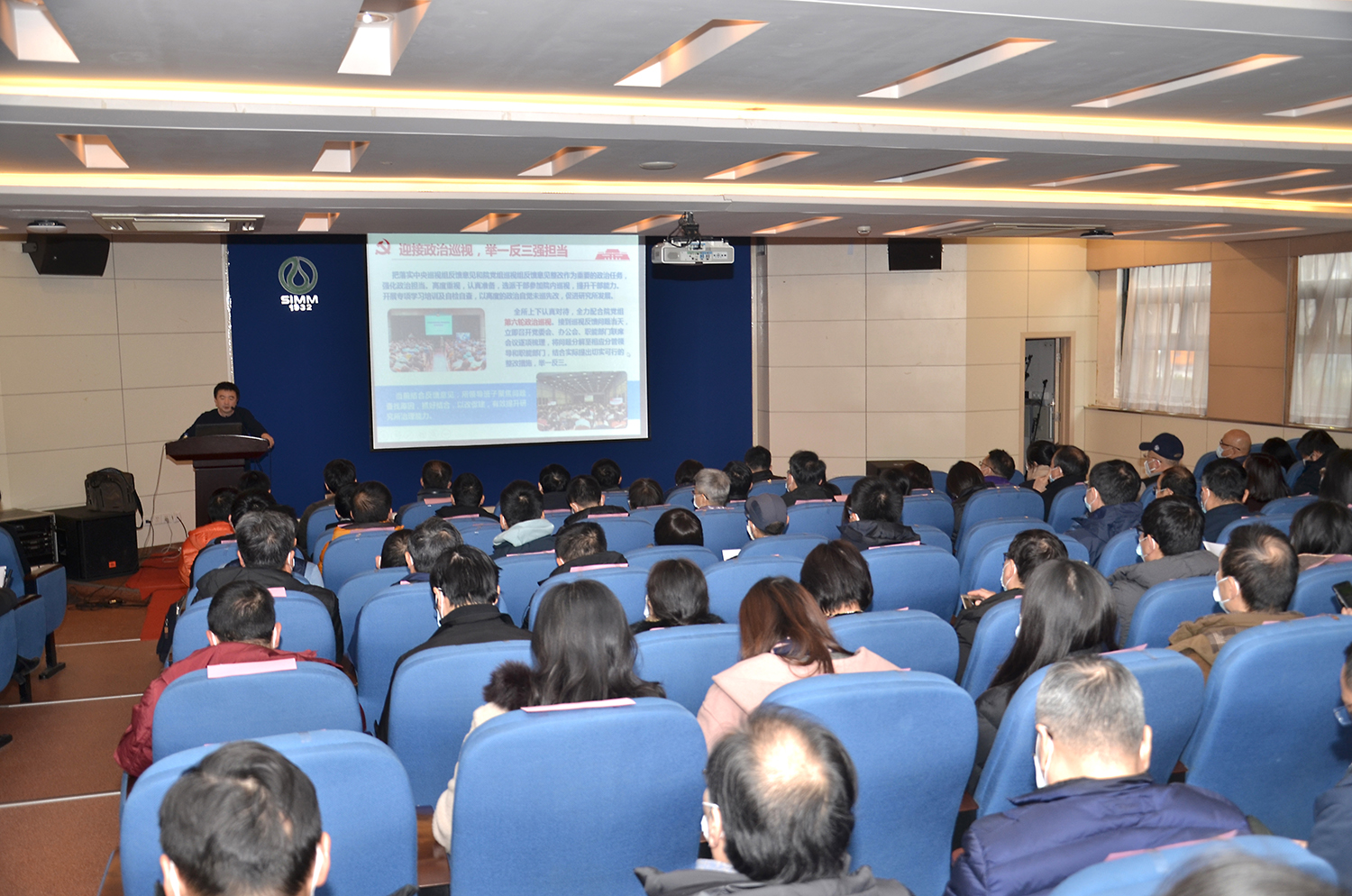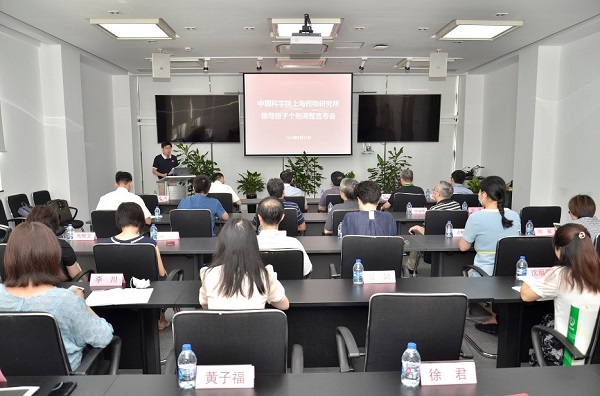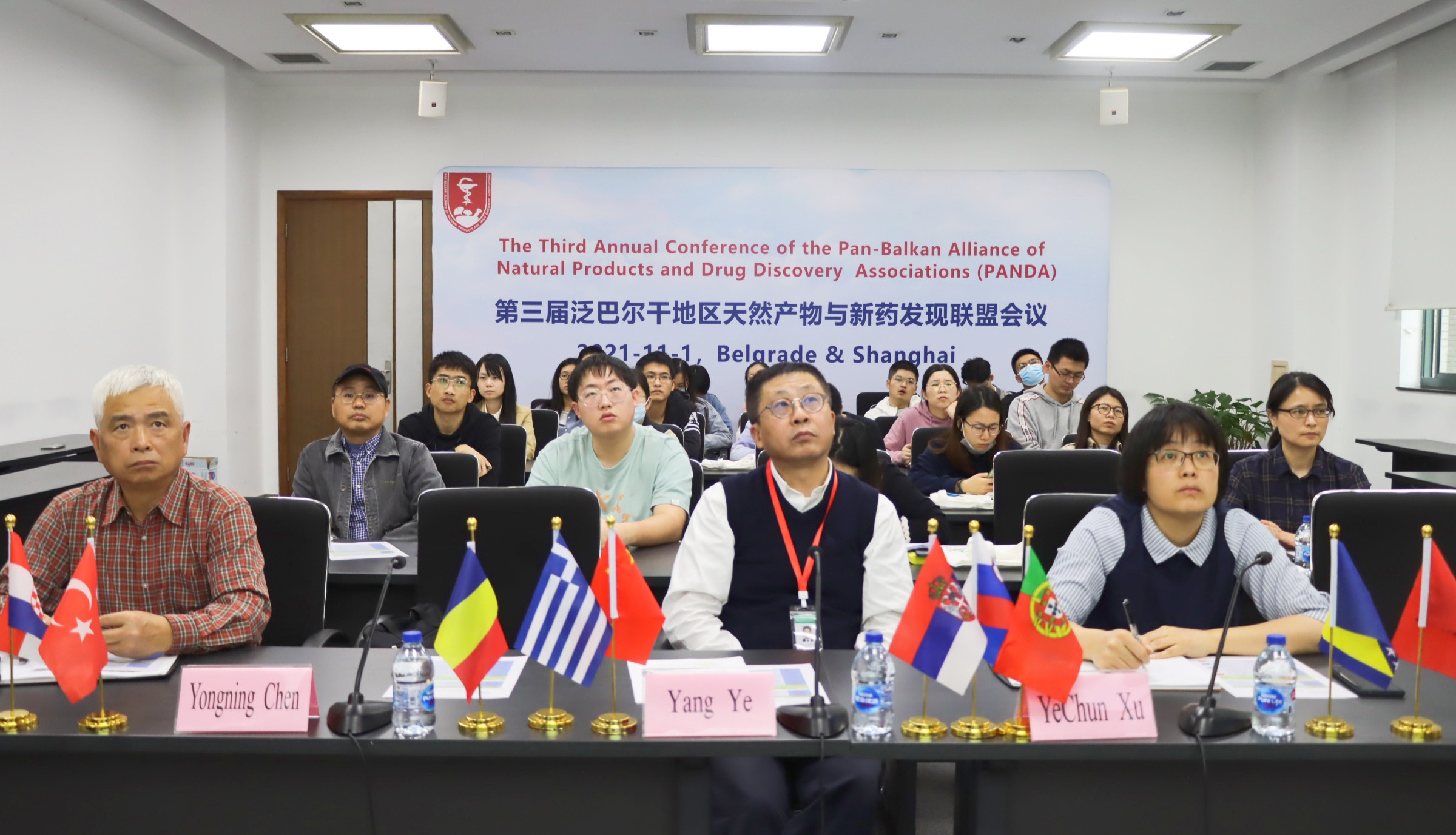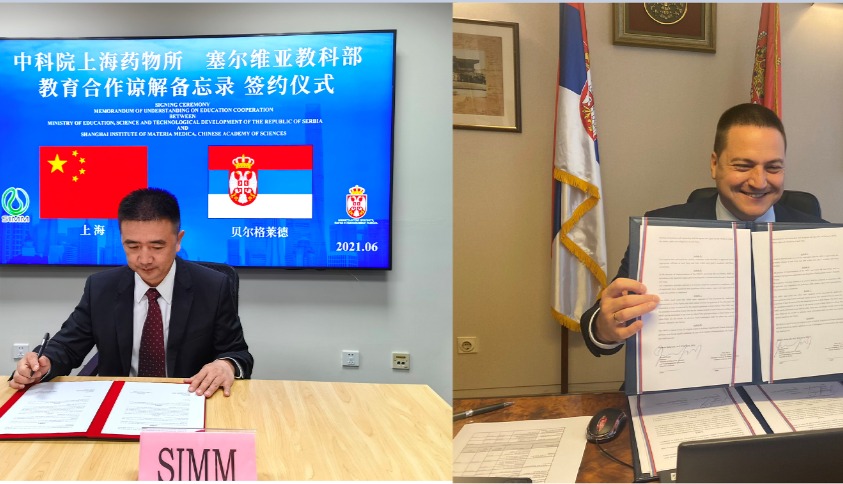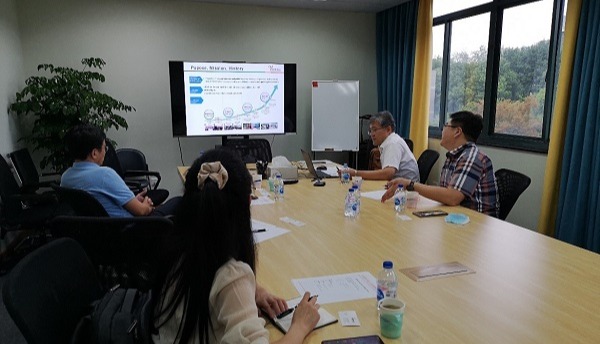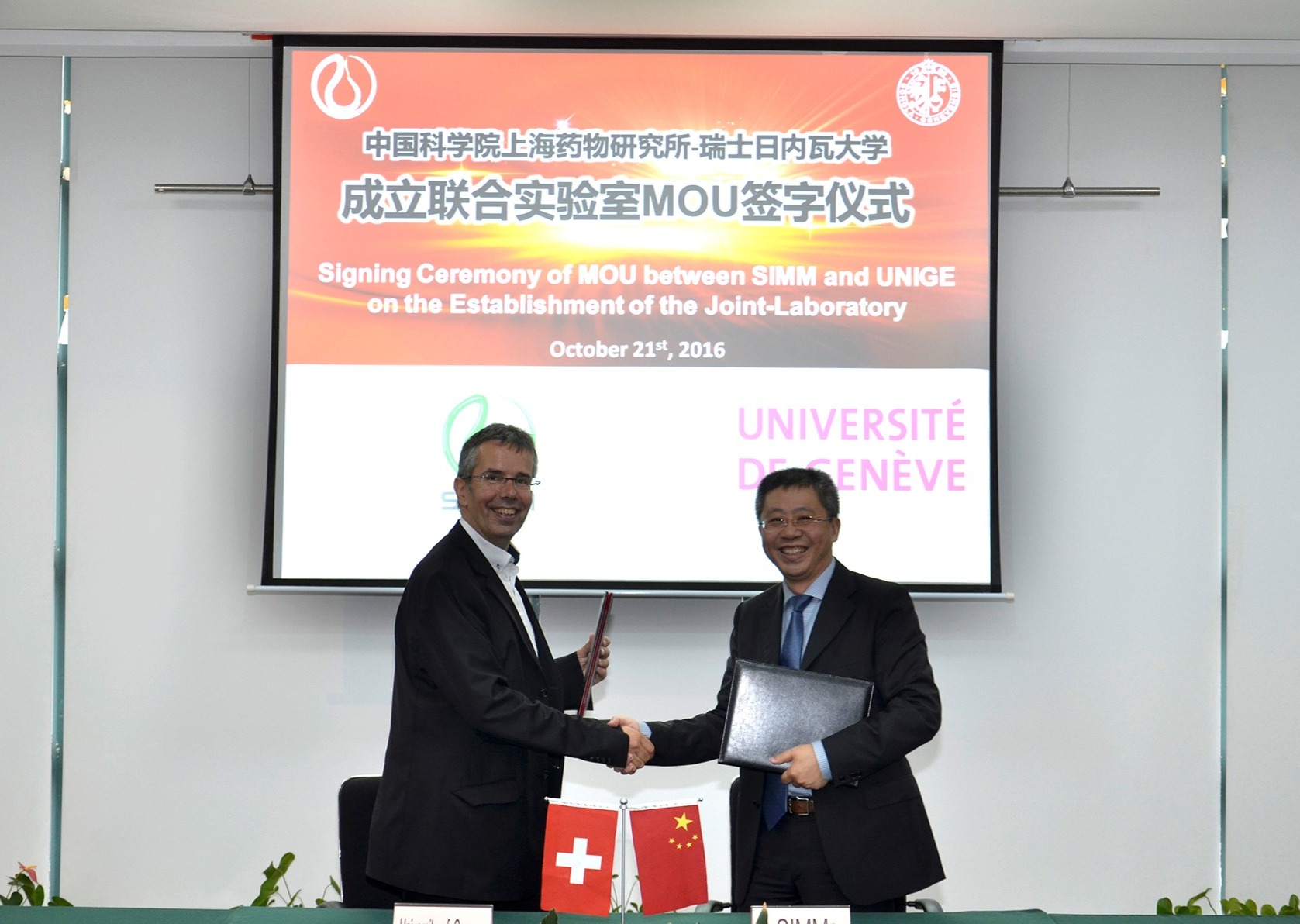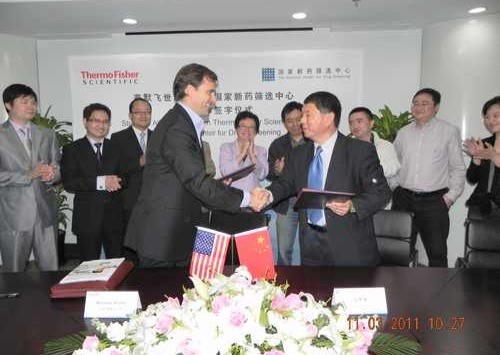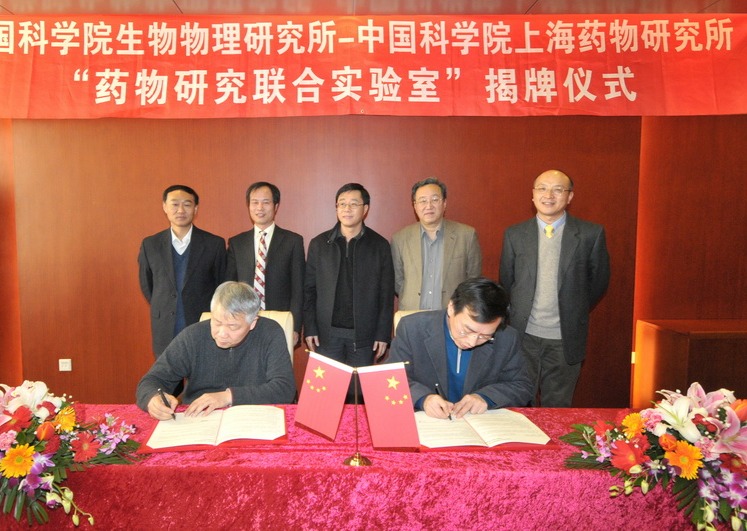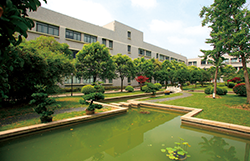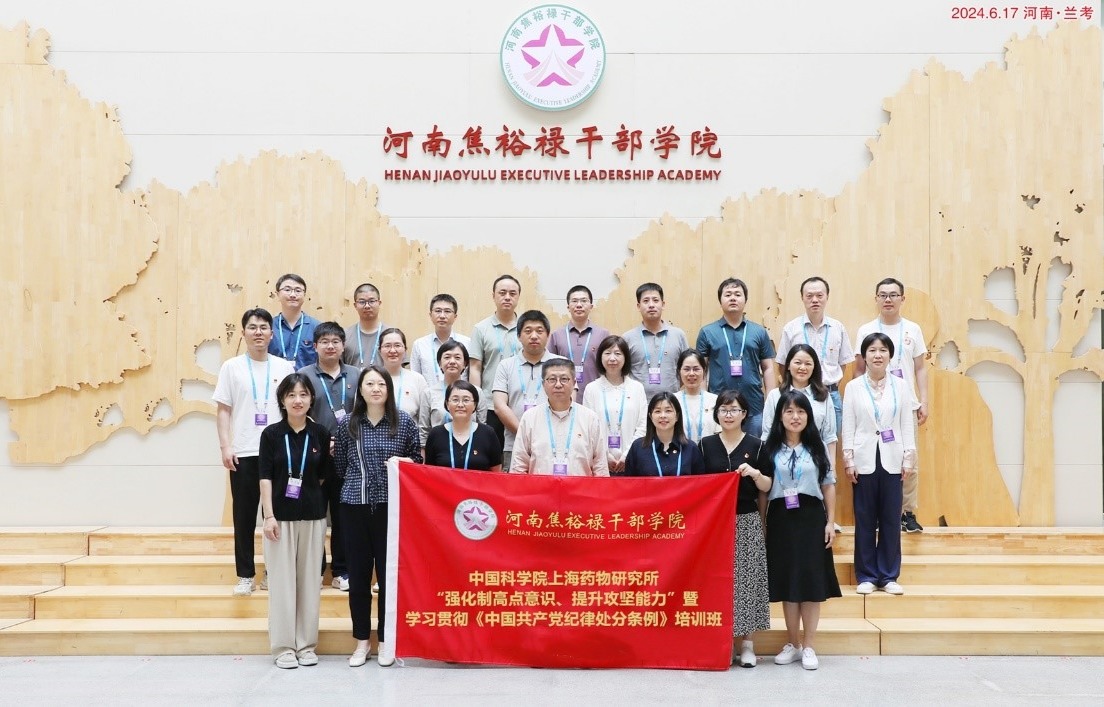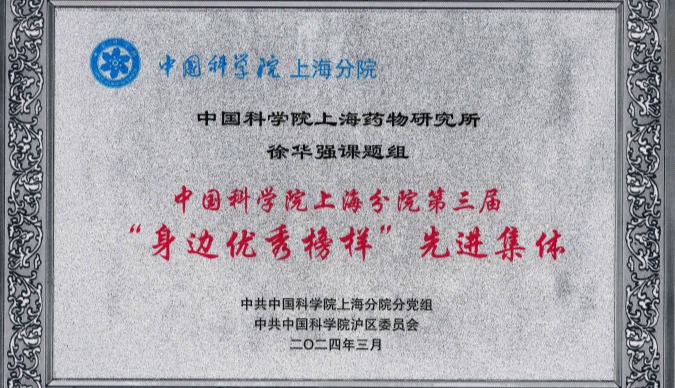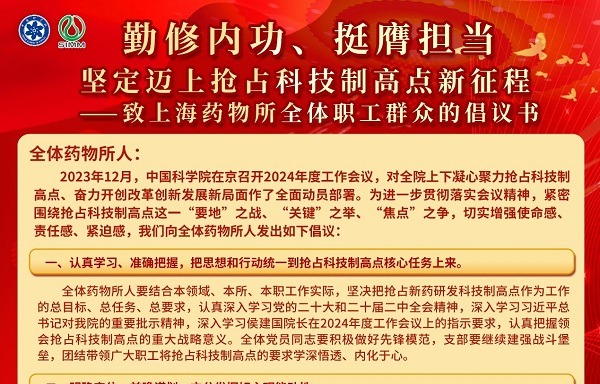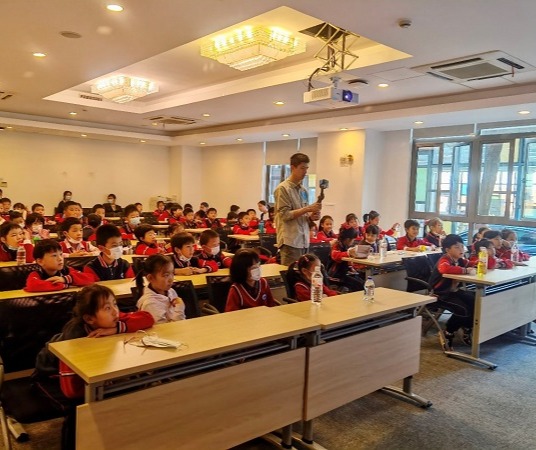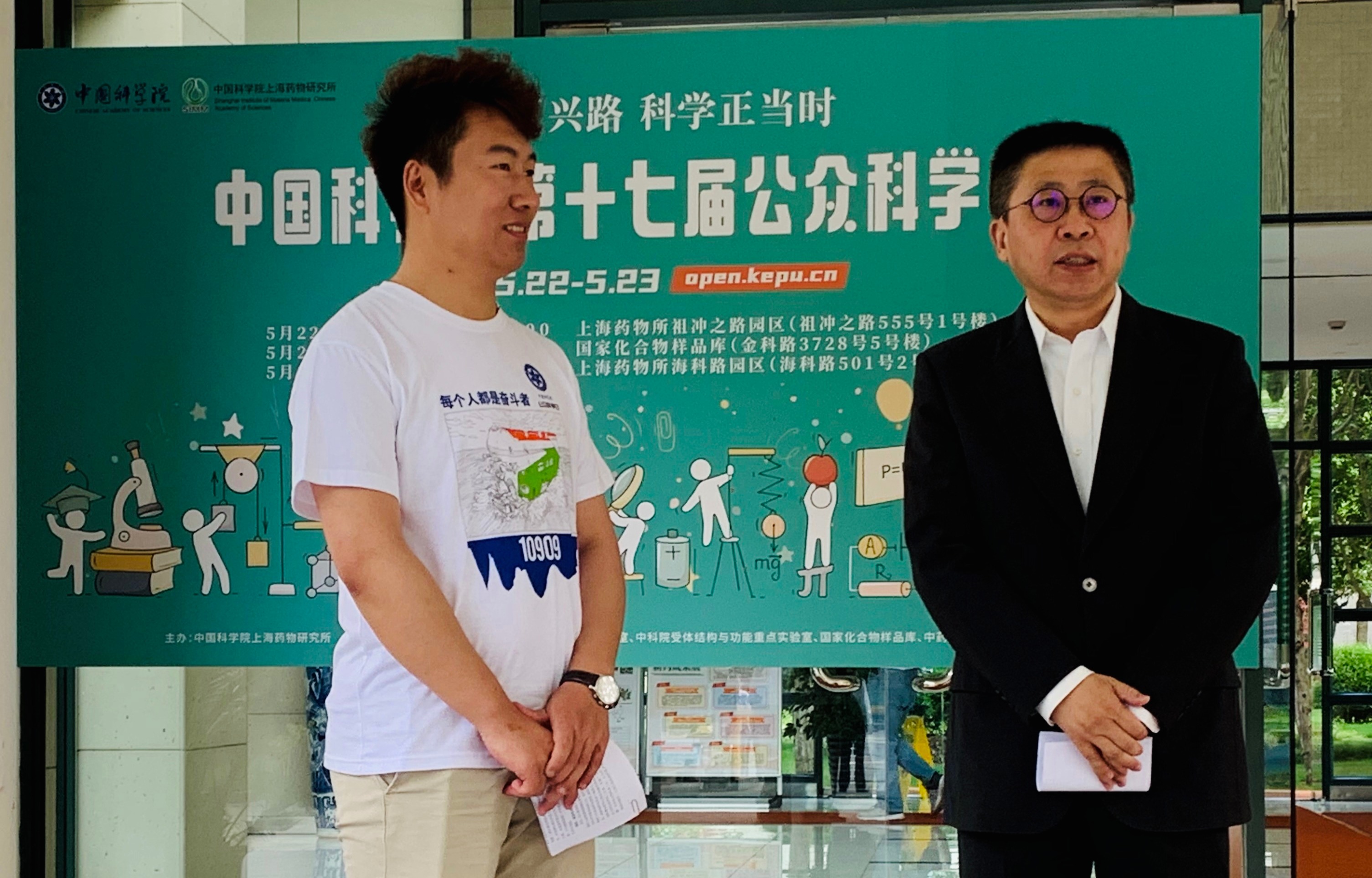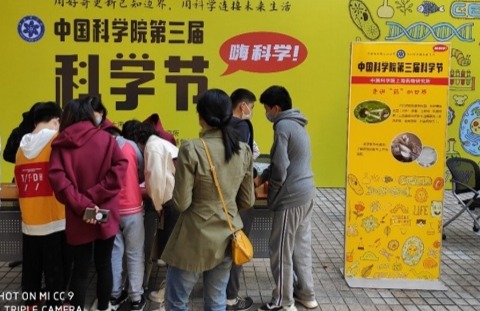【CHINADAILY】Traditional knowledge inspiring novel drugs
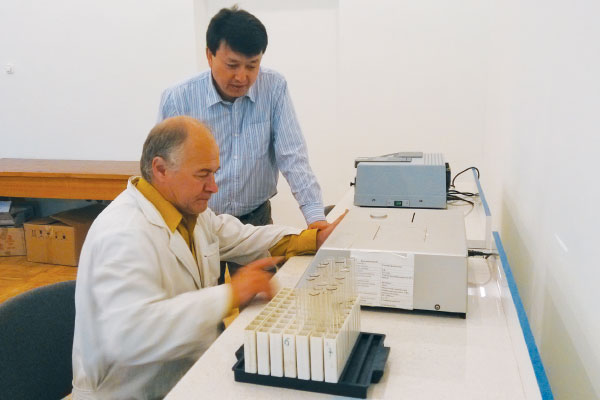
Scientists at the Central Asian Center of Drug Discovery and Development in Uzbekistan. The center was jointly founded by the Chinese Academy of Sciences and Uzbekistan’s Academy of Sciences in 2013, and is working to develop medicines based on traditional plant-based remedies. (Photos provided to CHINA DAILY Asia Weekly)
China’s leading research institutes plan to export new chemical entities and original drug development technology to the One Belt, One Road region, starting with Uzbekistan.
As part of this exercise, the Chinese Academy of Sciences (CAS) has gained a patent in Uzbekistan for a novel drug for the treatment of pulmonary hypertension.
"Firstly, we will bring a number of chemical drugs based on our own intellectual properties to Uzbekistan, before further expanding our joint R&D (research and development) unit, establishing a new drug research center and developing more drugs together with Uzbek scientists,” says Jiang Hualiang, director of the Shanghai Institute of Materia Medica at CAS.
CAS jointly established the Central Asian Center of Drug Discovery and Development with Uzbekistan’s Academy of Sciences in 2013. In the past two years, the center has completed the construction of a technology platform for pilot production of natural medicine and a laboratory for the development of macromolecular drugs.
This already-established center fits in well with the One Belt, One Road initiative, a China-led development project to improve connectivity along the historic Silk Road trading route that stretches through Central Asia.
"Among the Central Asian countries, Uzbekistan has the strongest research capacity in natural medicine products,” says Li Xiao, director of the Xinjiang Technical Institute of Physics and Chemistry, also at CAS. “Uzbekistan’s traditional medicine shares a lot of common features with traditional Chinese medicine (TCM).”
Cooperation between the two countries will facilitate the development of drug products for China and Uzbekistan, he adds.
Joint efforts between the two countries’ top research institutes will help to combine China’s R&D experience with the medicinal plant resources of Uzbekistan, thus contributing to the implementation of China’s strategy to expand overseas, Li says.
In mid-May, the State Council published a five-year plan for the development of the TCM industry till 2020. It stressed the importance of TCM exports to countries along the route of the One Road, One Belt initiative.
However, controversies over TCM in regions outside those countries influenced by Confucianism have been a historical problem.
"TCM, which is multi-component and multi-target, can hardly meet the requirements of the mainstream pharmaceutical industry in terms of clear chemical structures and strict quality control,” says Du Huijun, vice-president of Shanghai Green Valley Pharmaceutical.
Since it is difficult to prove the effective ingredients and chemical structures in a multi-component TCM prescription, most TCM drugs are allowed to enter the US and European Union markets only as food supplements and limited in clinical use with just a few exceptions.
Du draws a parallel between the manufacture of TCM drugs and cooking, adding that even if a medicine is produced with the same plants sourced from different places, “the pharmacological effects will vary”.
He cites France as an example, which is considered by many to produce the best wines in the world. But while what he describes as the “unstable quality” of French grape varieties can produce many different types of wines, the same quality is “not appropriate for pharmacy”.
China’s most famous TCM producers, like Beijing Tong Ren Tang, export their patented Chinese drugs mainly to Southeast Asia including Vietnam, Indonesia and Singapore, as well as to Australia. These are countries with either a high number of Chinese immigrants or which share a similar philosophy of traditional medicine.
However, developing chemical drugs based on the TCM theory provides an opportunity to promote the internationalization of TCM. For example, a new drug that will apply for clinical trial in Uzbekistan is a chemical compound inspired by a traditional Chinese herb called epimedium.
Scientists tested a dozen TCM herbs that are used in treating oxygen deficiency, and finally found that a chemical ingredient in epimedium could cure pulmonary hypertension, a disease that causes oxygen deficiency.
Chinese scientists choose to enter the Uzbekistan market with a drug derived from epimedium because the country’s drug registration procedures are similar to those of China, especially for drugs intended to treat diseases like pulmonary hypertension, says Shen Jingshan, a researcher from the Shanghai Institute of Materia Medica, who led the team that developed the drug.
"Once we are familiar with the procedures and build up the channels, we will go (for the production of) more drugs that are urgently needed by the local people. The development of such products is already under way,” Shen says.
As of now, only a handful of chemical compounds obtained from TCM herbs have received international recognition. These include the active compounds in salvia root, a Chinese herb, which are widely used in treating cardiovascular diseases, and artemisinin, the main ingredient used in antimalarial drugs.
"The internationalization of TCM will need modernized and scientific methodologies like clinical trials and a clarified mechanism of the drugs,” says Li Jia, deputy director of the Shanghai Institute of Materia Medica.
Li says that countries along the Belt and Road route, together with the Southeast Asian, EU and US markets, are important target markets for the development of TCM drugs.
Uzbekistan has a population of about 31 million that consumes billions of dollars worth of drugs annually, of which the majority are imported. The drugs that are highly in demand in the country include analgesics, antivirals, anti-inflammatories, antipyretics and expectorants.
Shamansur Sagdullaev, director of the Institute of the Chemistry of Plant Substances at Uzbekistan’s Academy of Sciences, says only about 30 percent of drugs used in Uzbekistan are registered and manufactured domestically.
Currently, there are about 100 manufacturers in Uzbekistan, he says. Compared with these pharmaceutical factories, Sagdullaev says the joint center with CAS is unique in Uzbekistan due to its “scientific and technological strengths”.
Thus, the center has a strong chance of success in the development and manufacture of new drugs, he says.
(Reproduced By CHINADAILY,2015-06-12,By CHENG YINGQI in Beijing)


